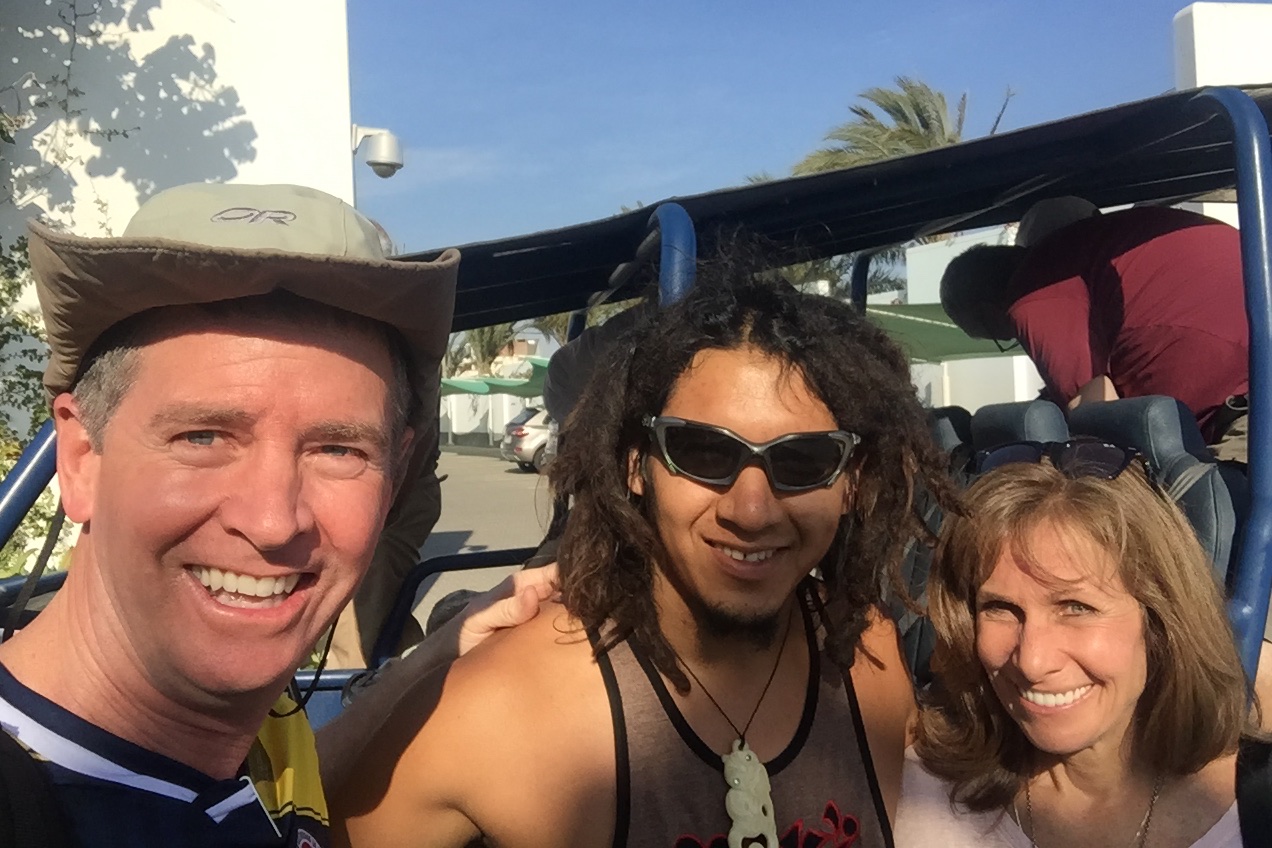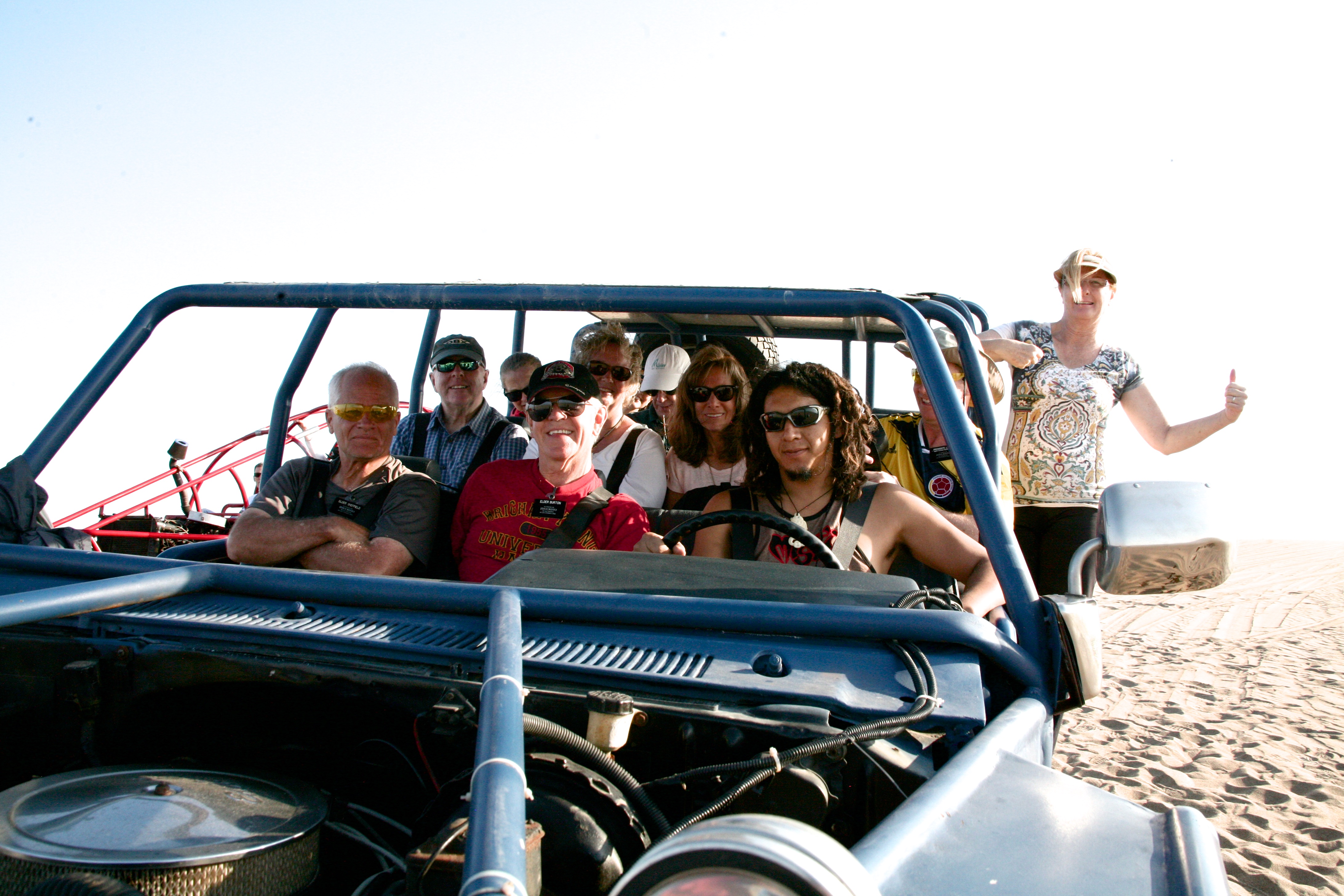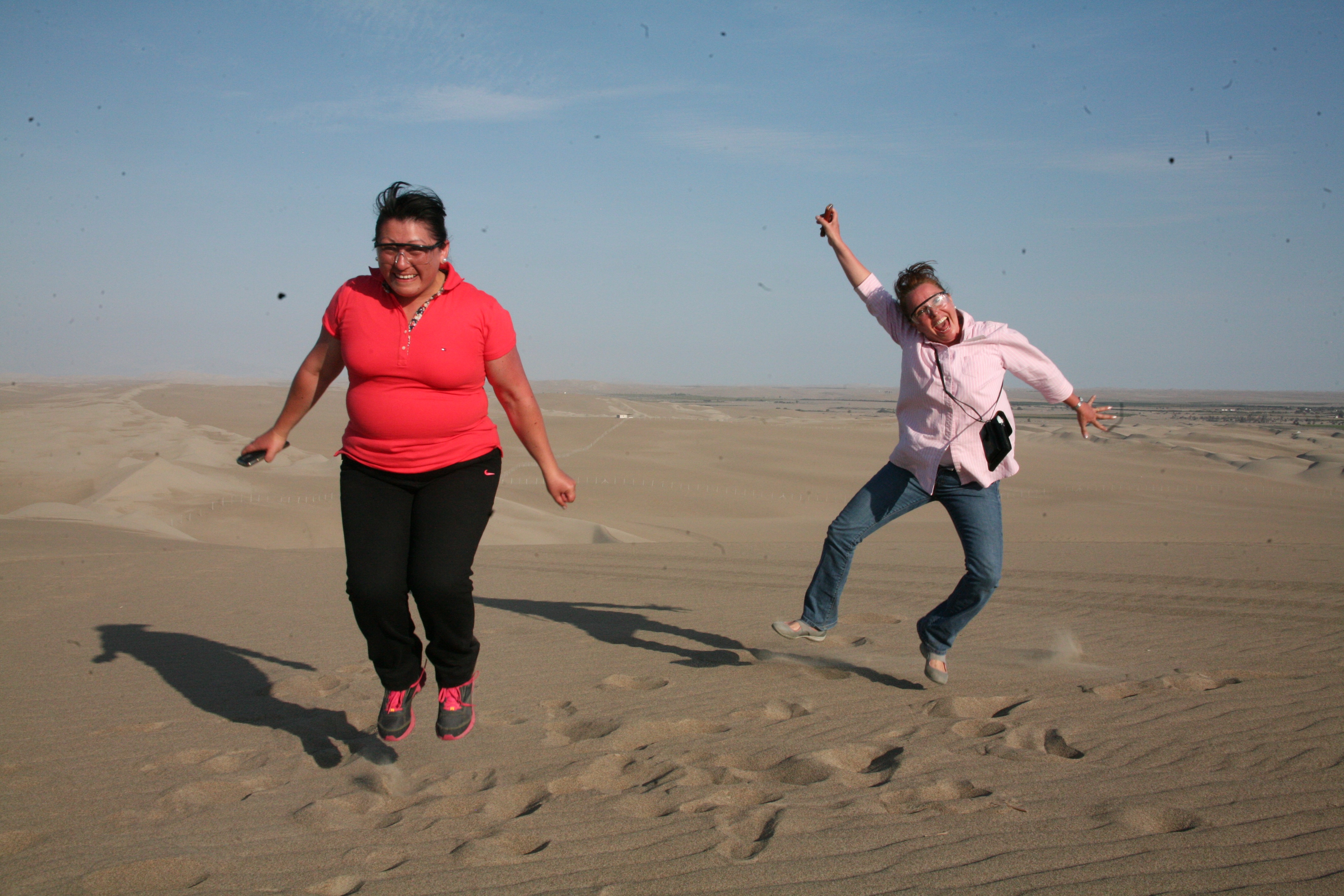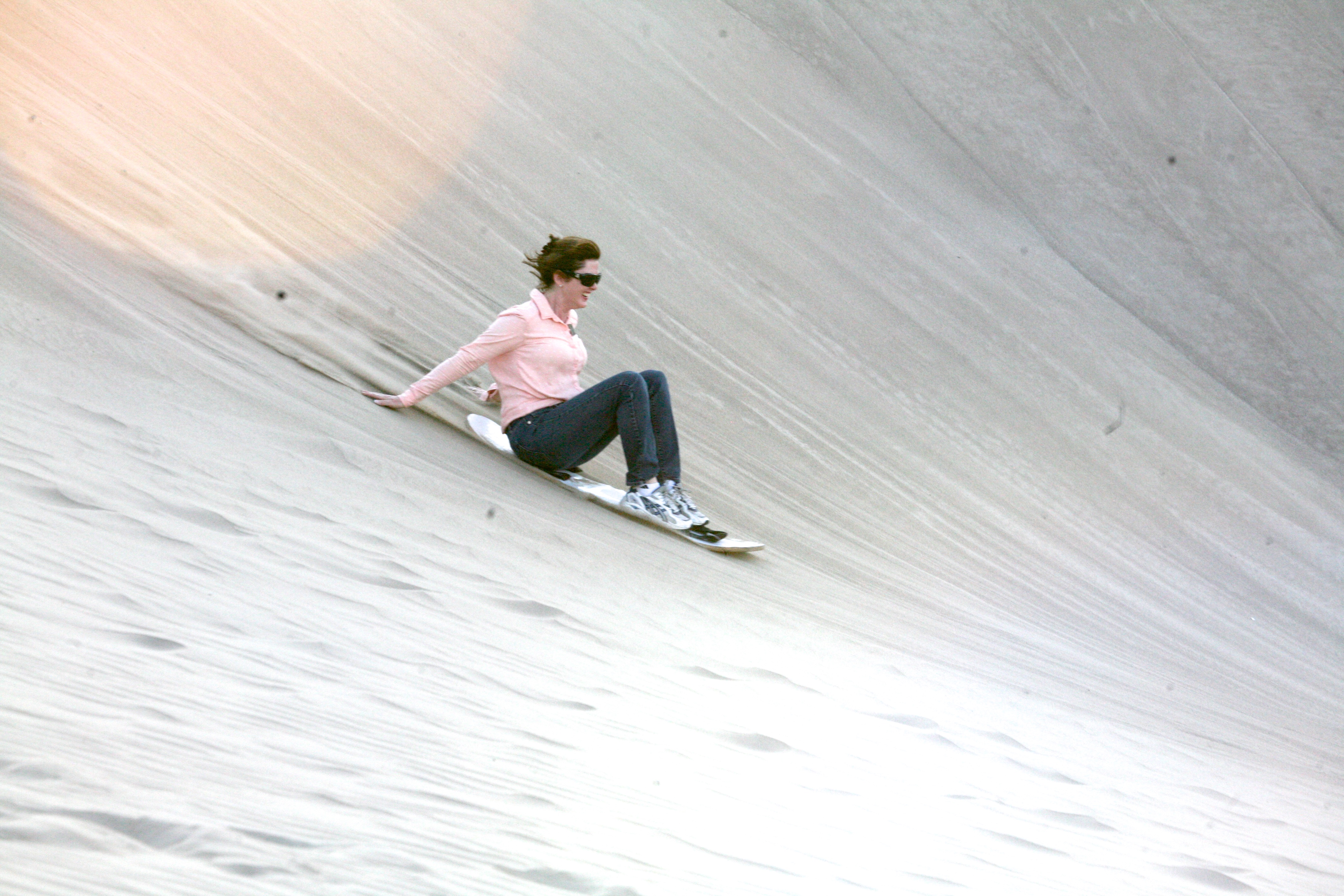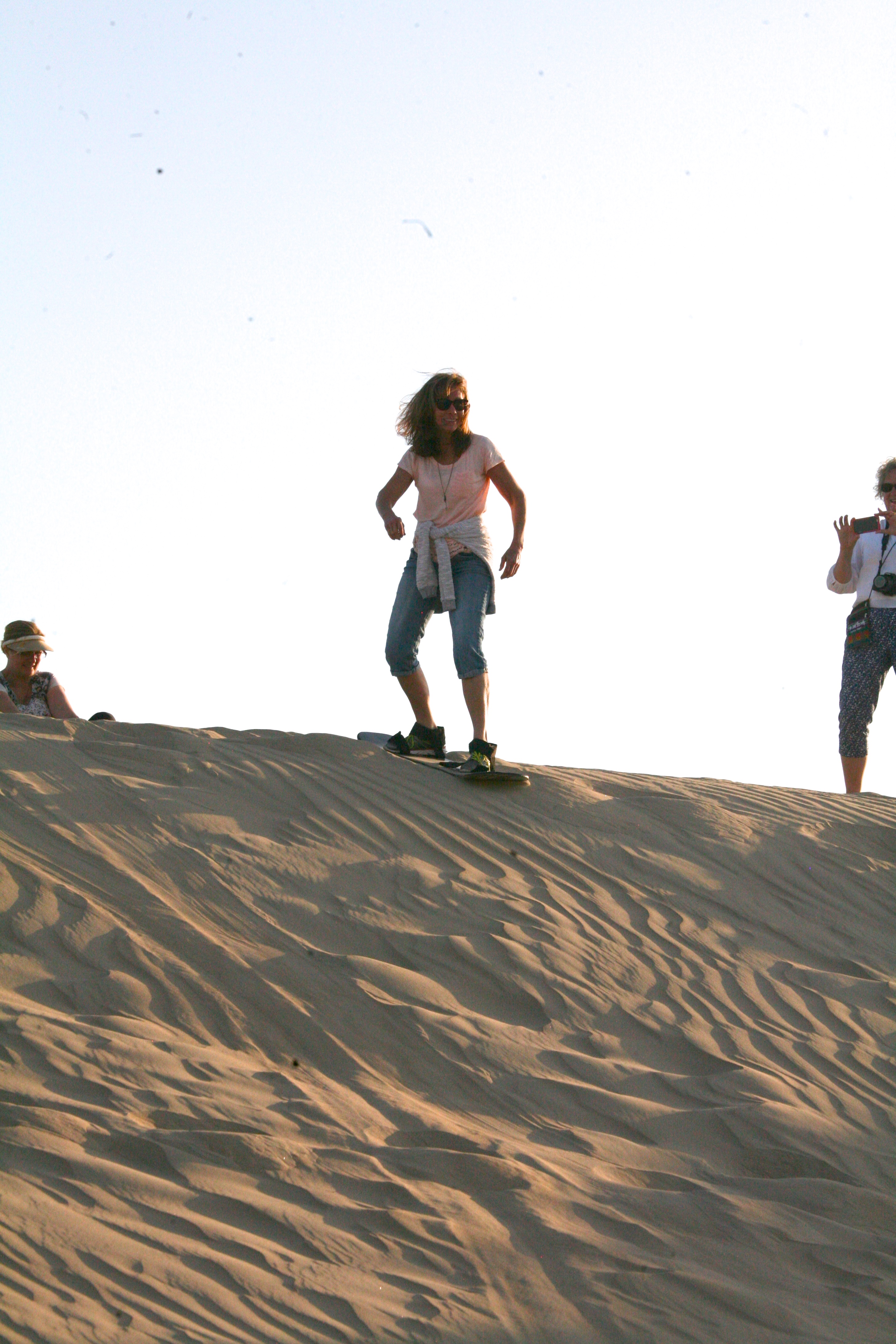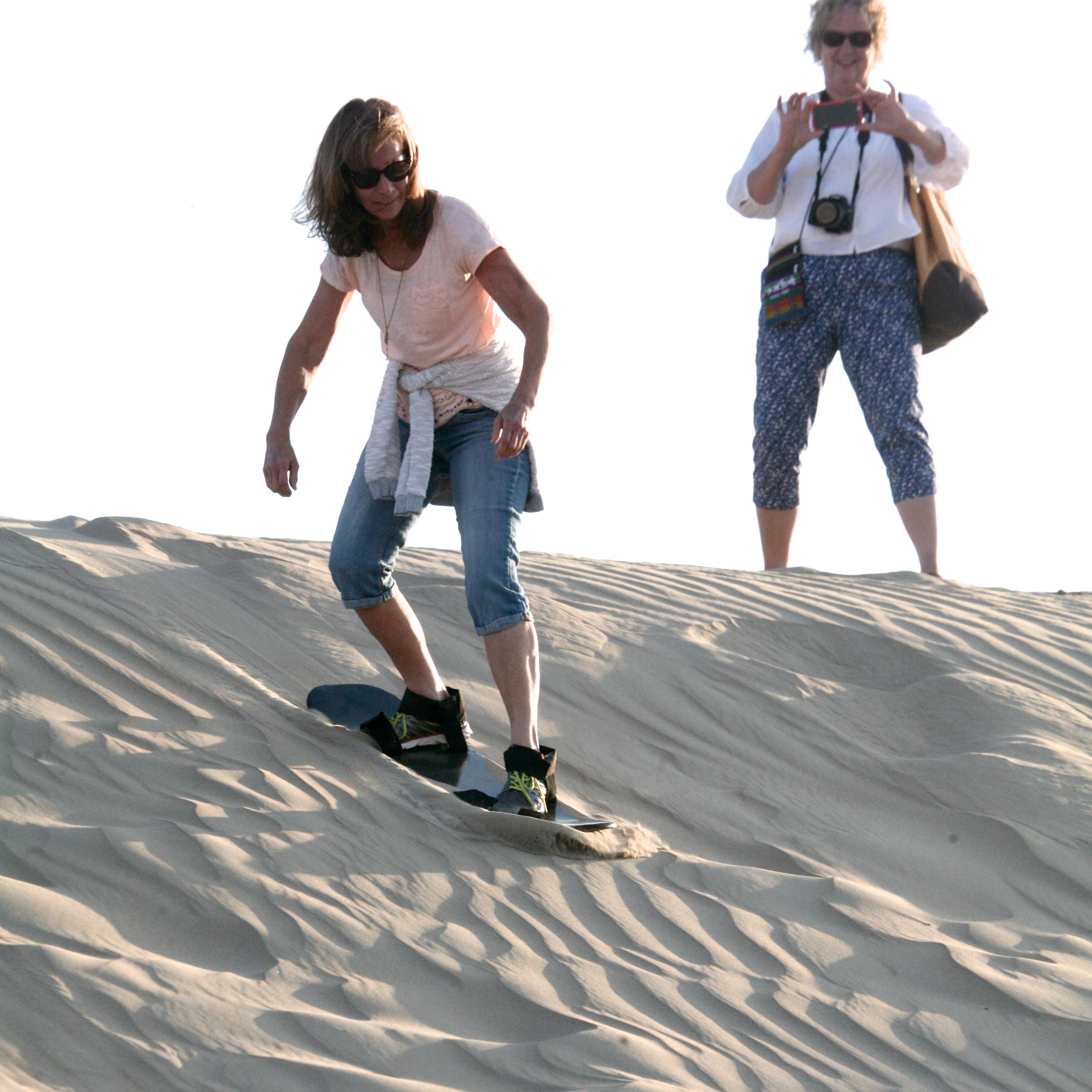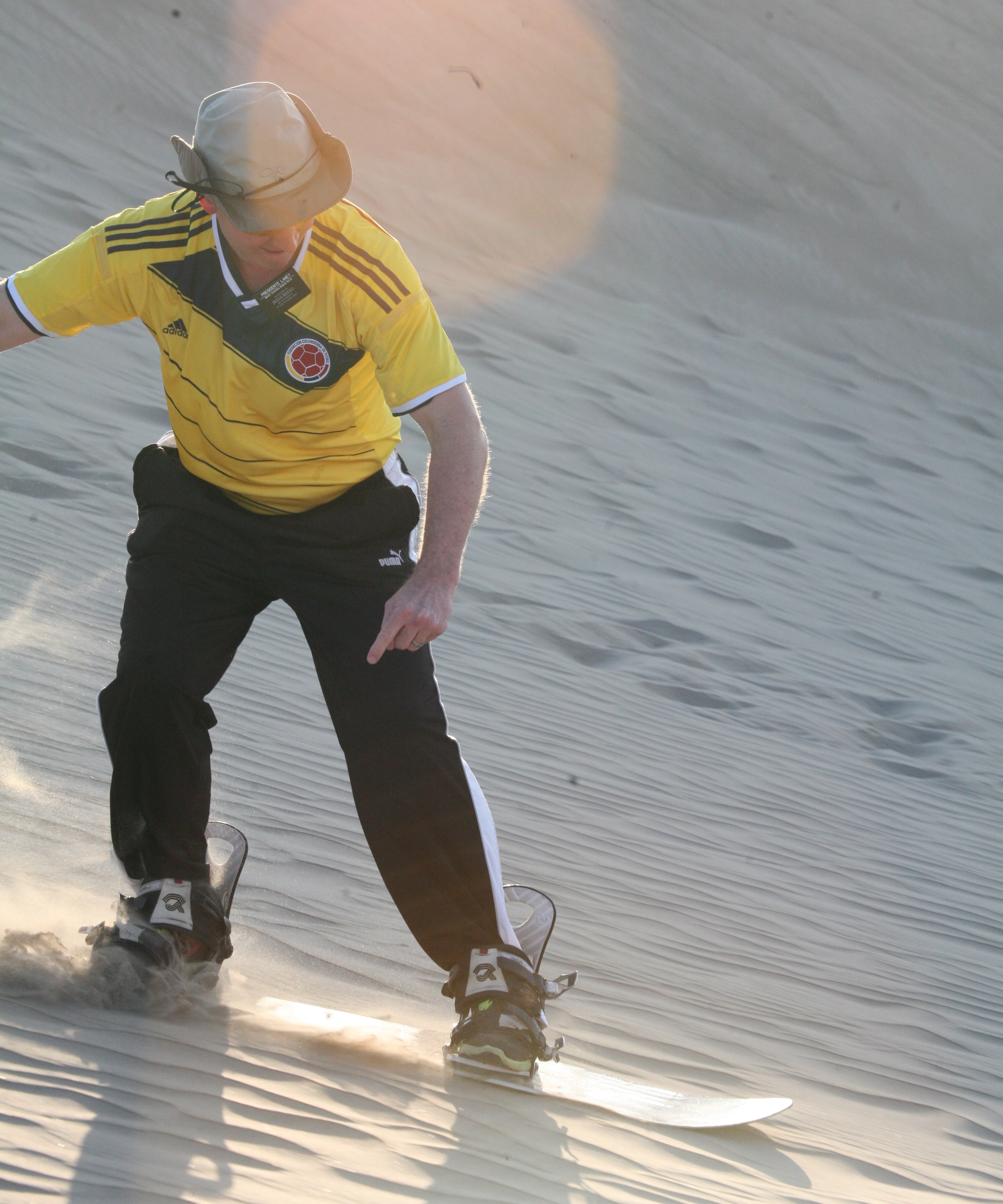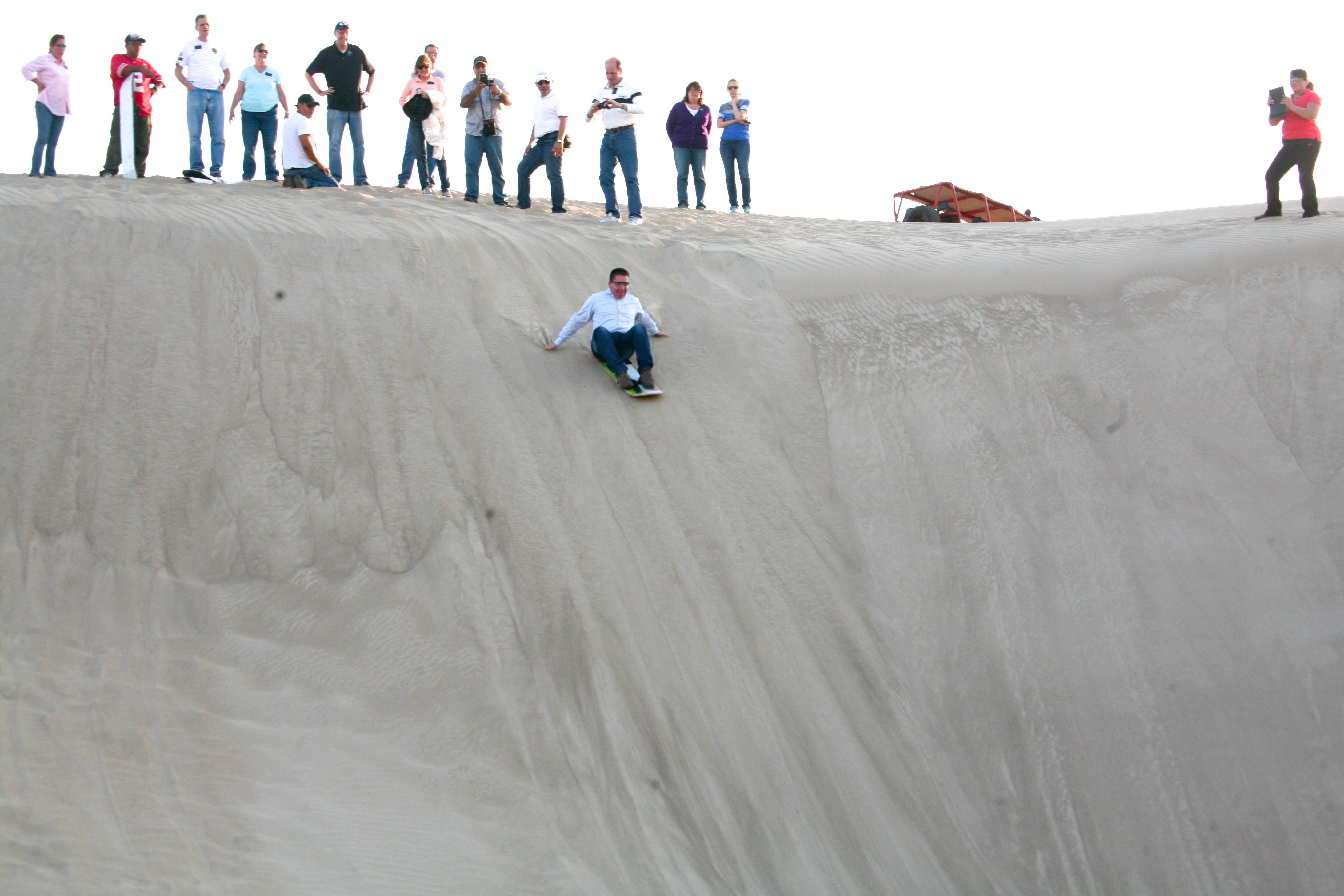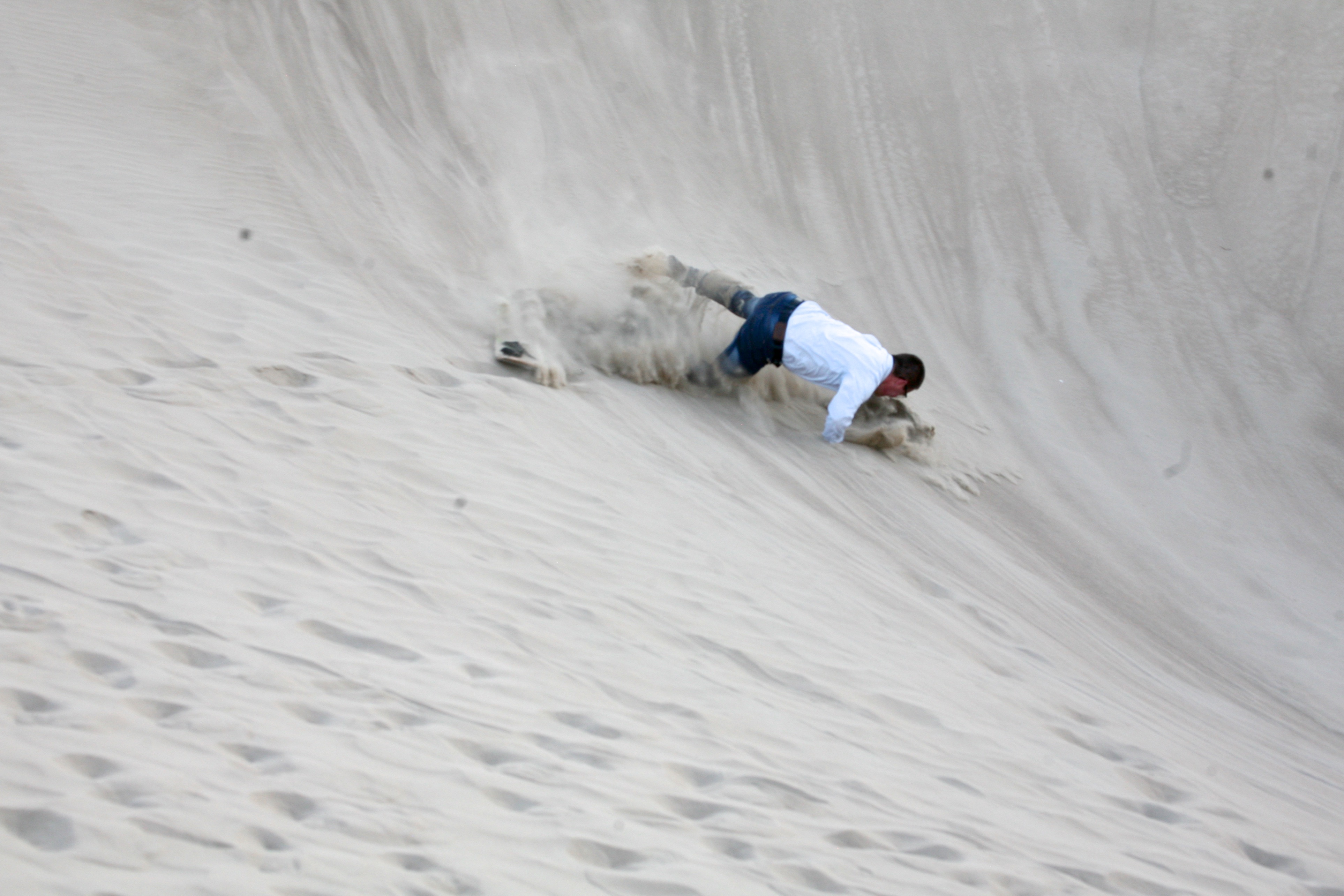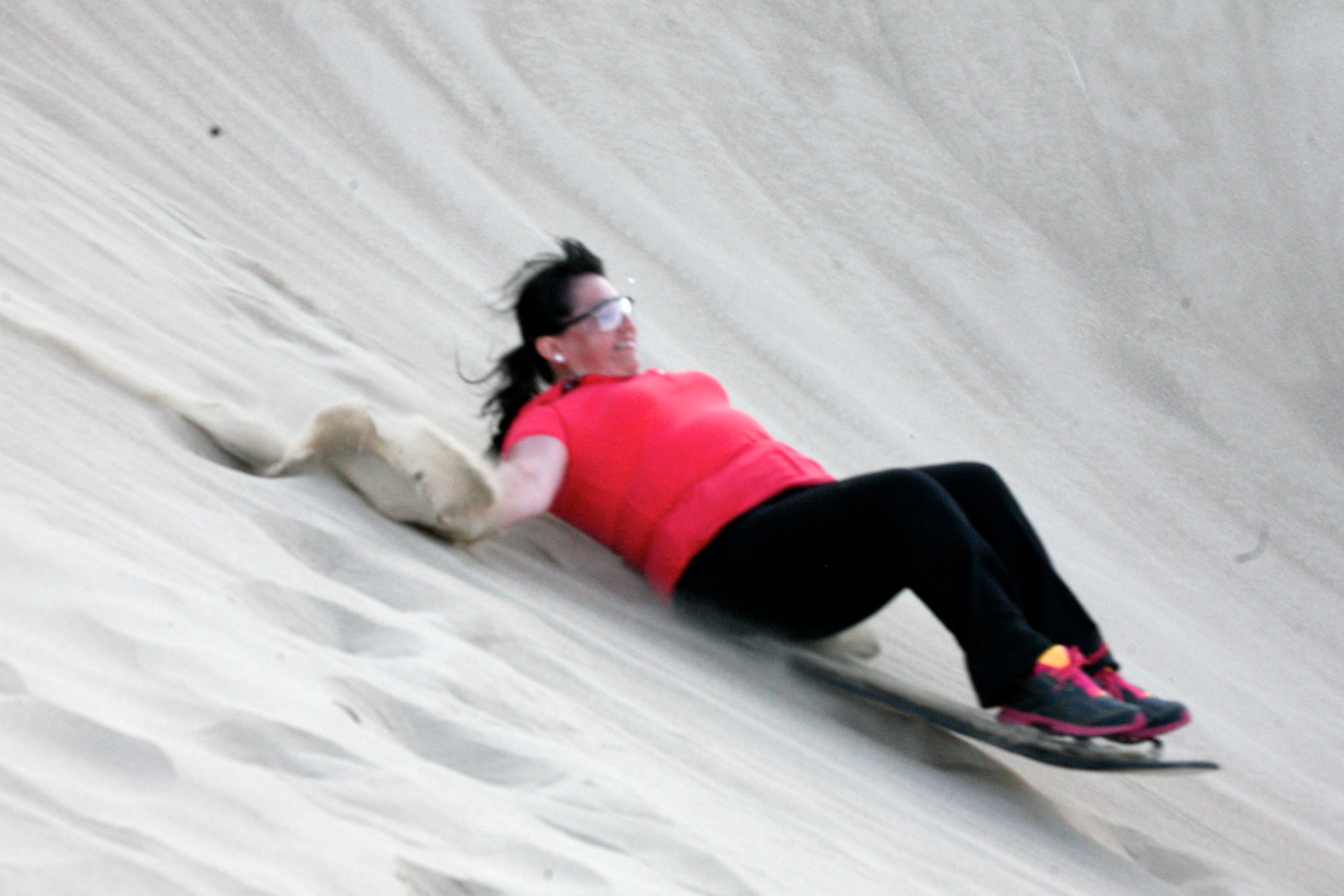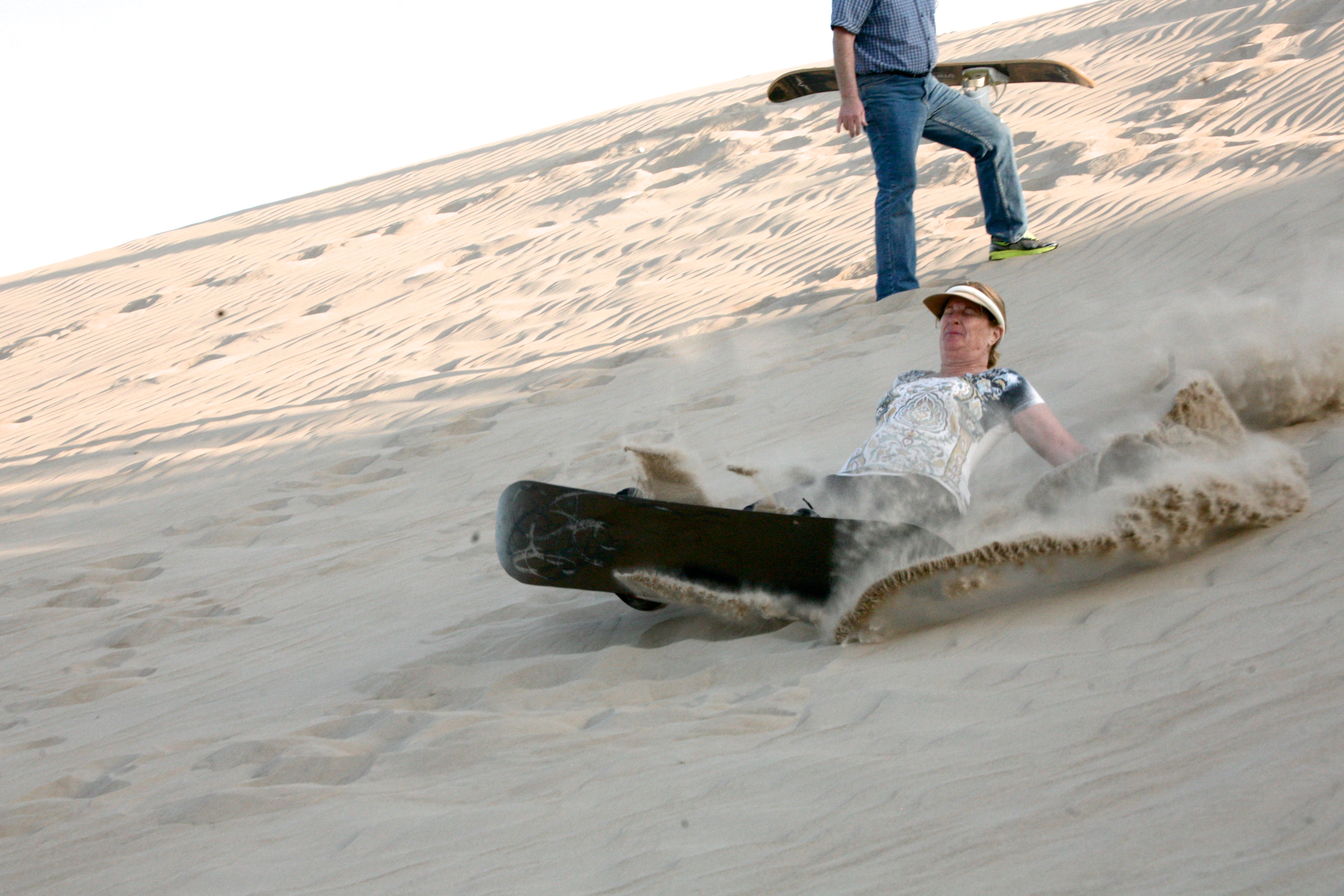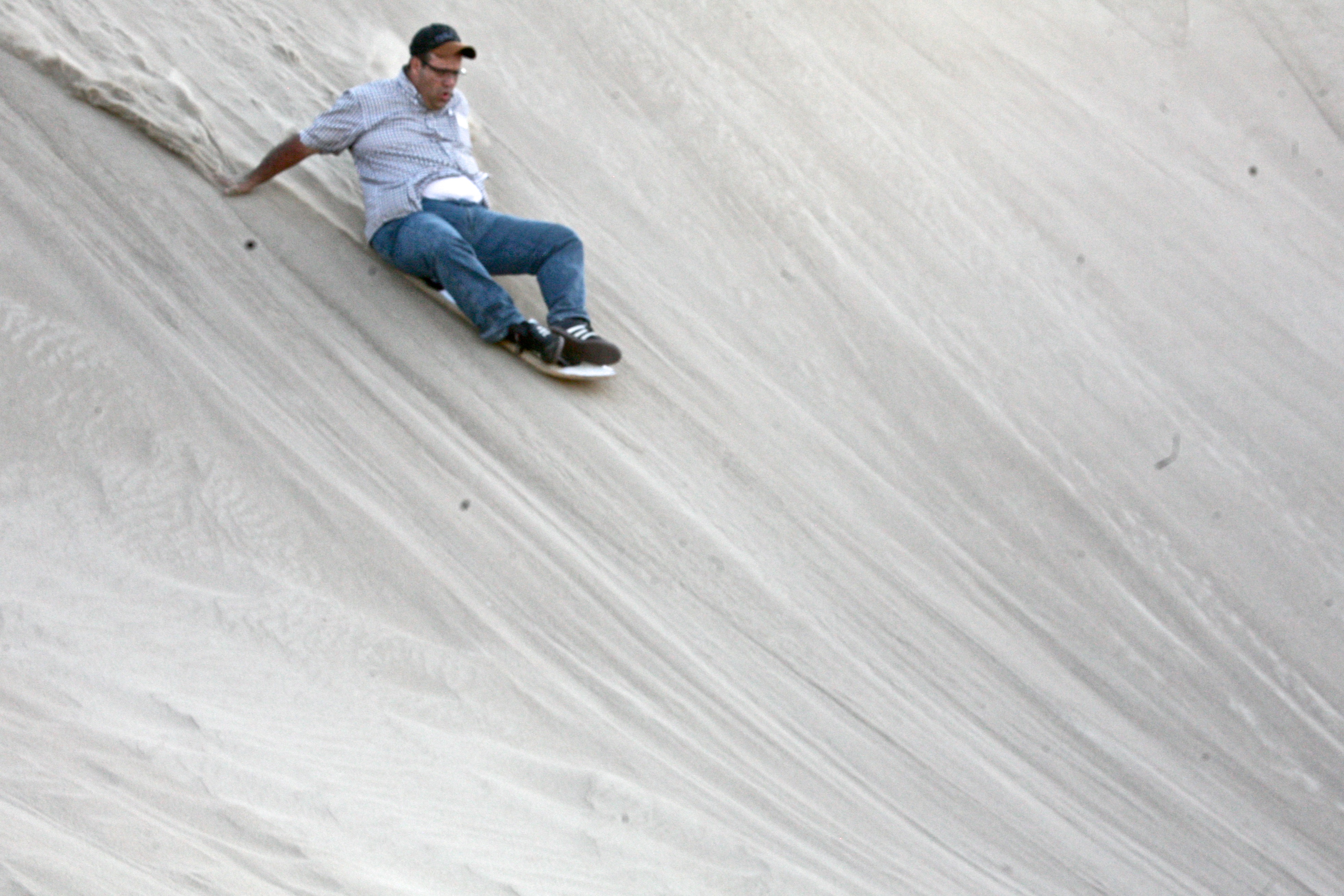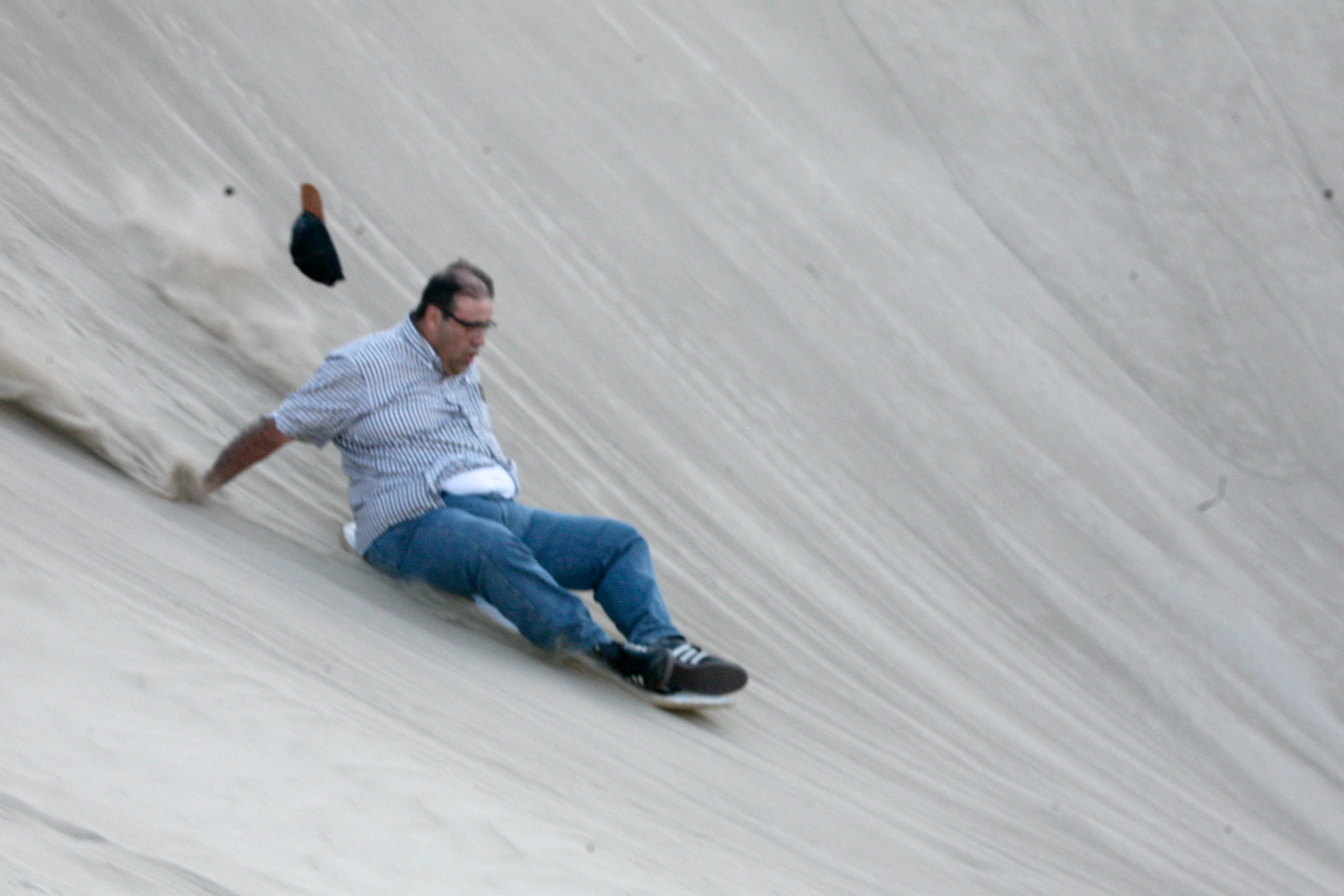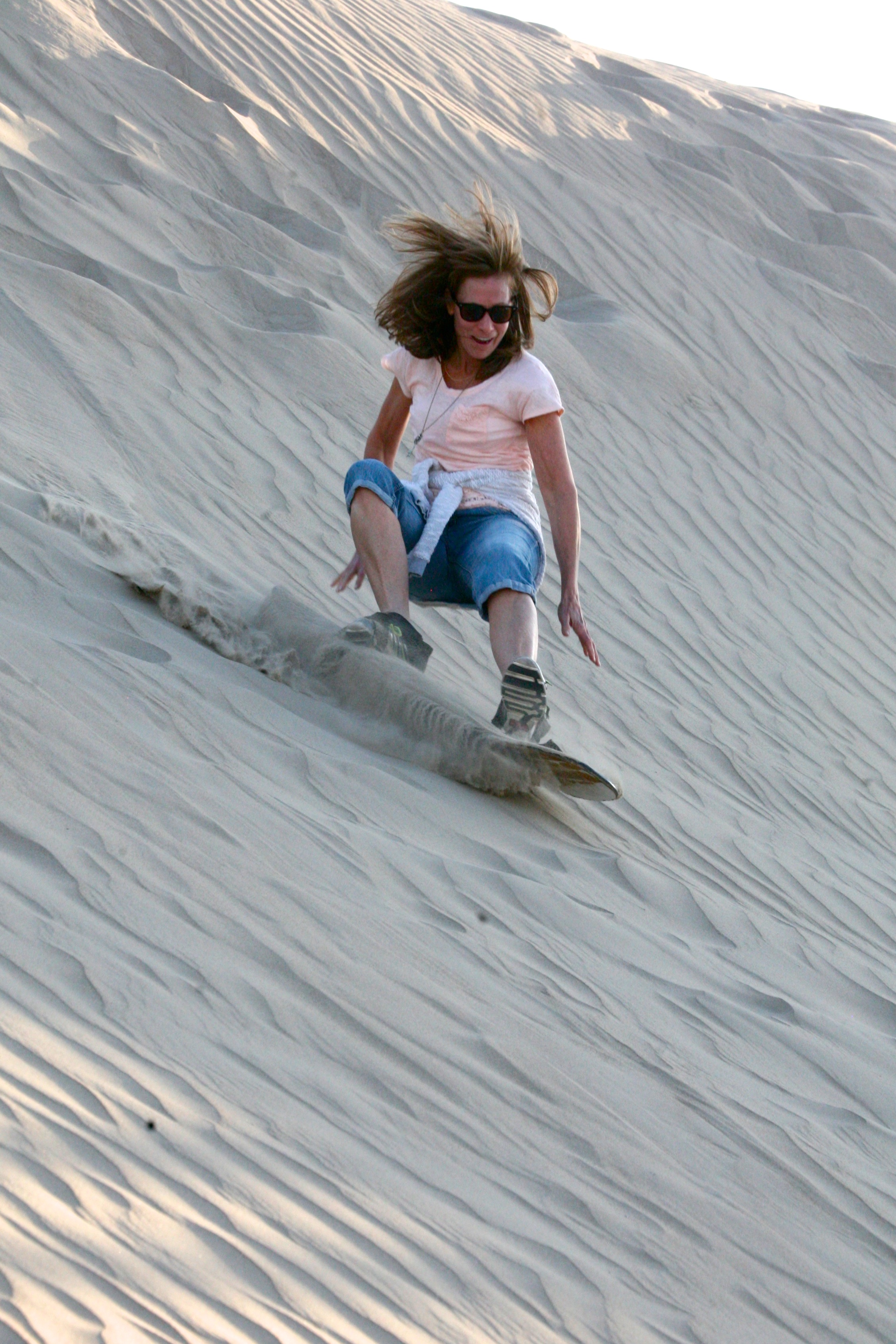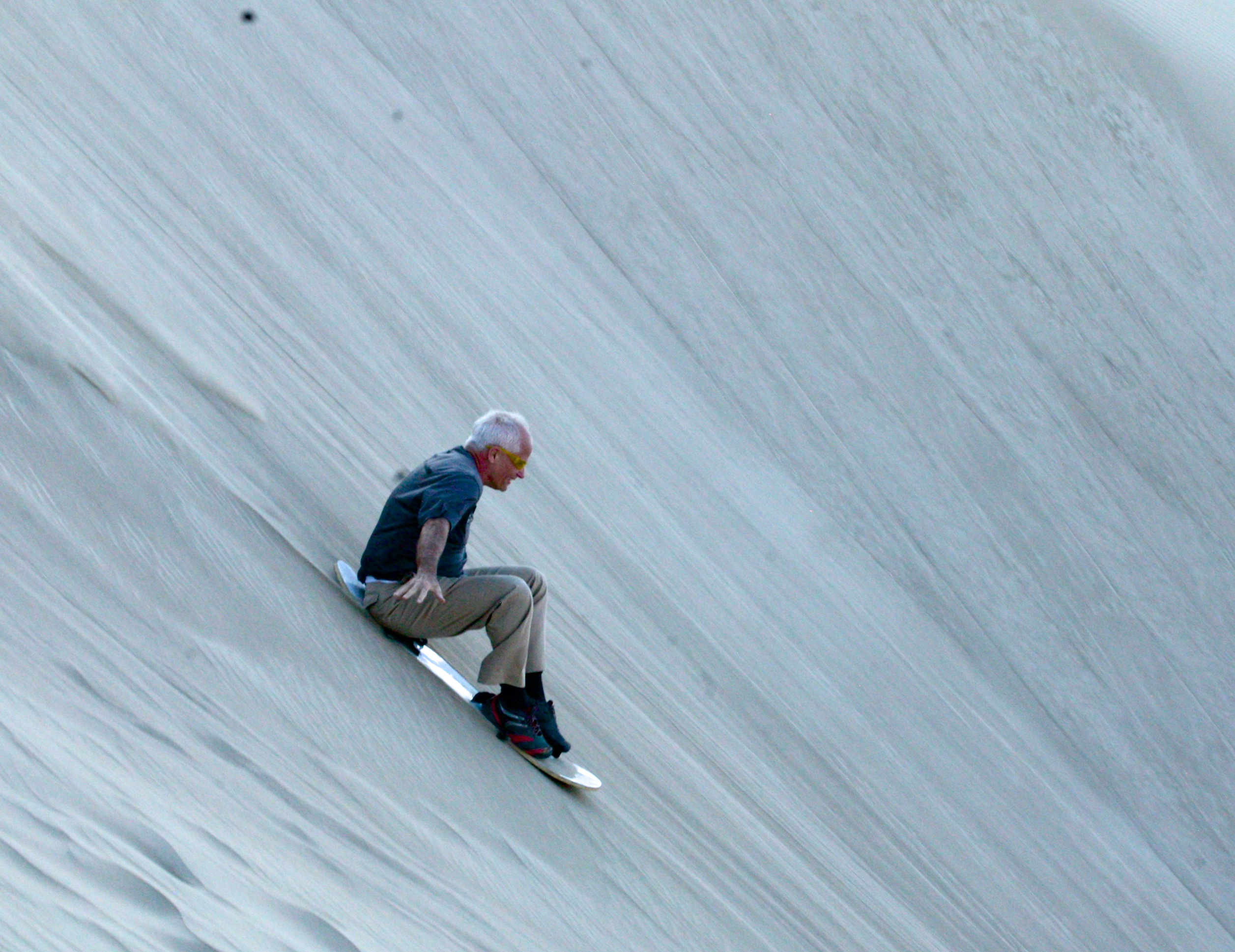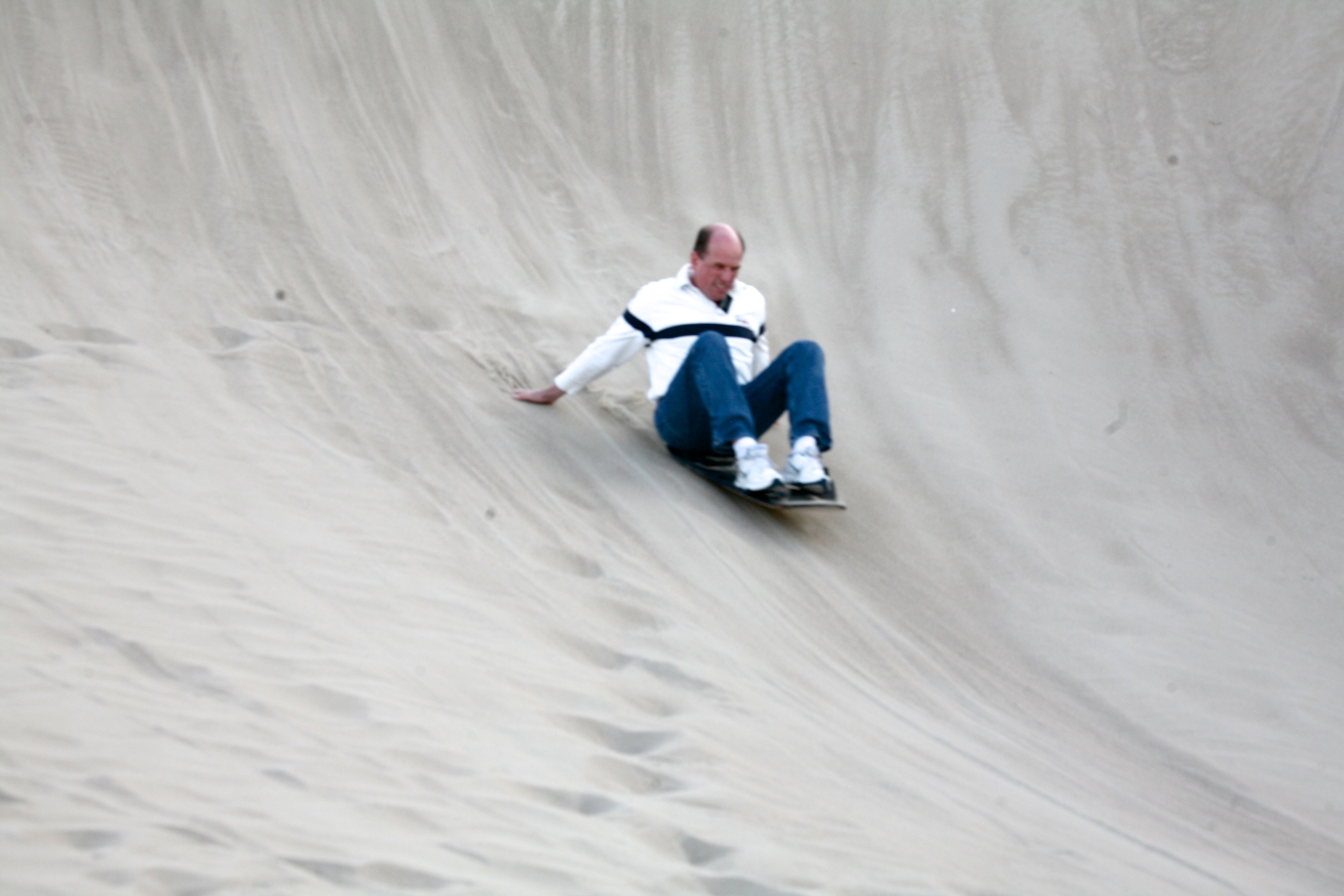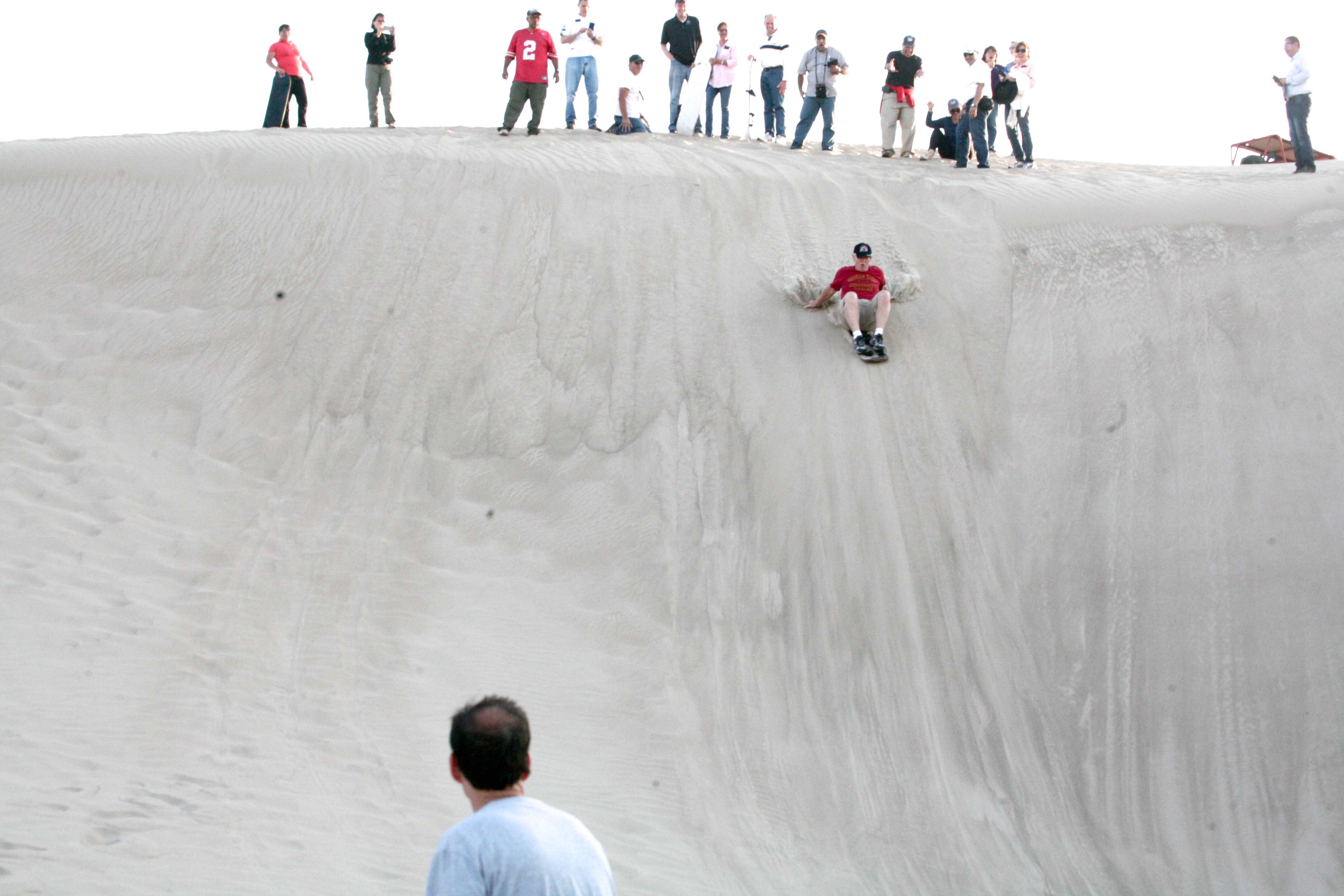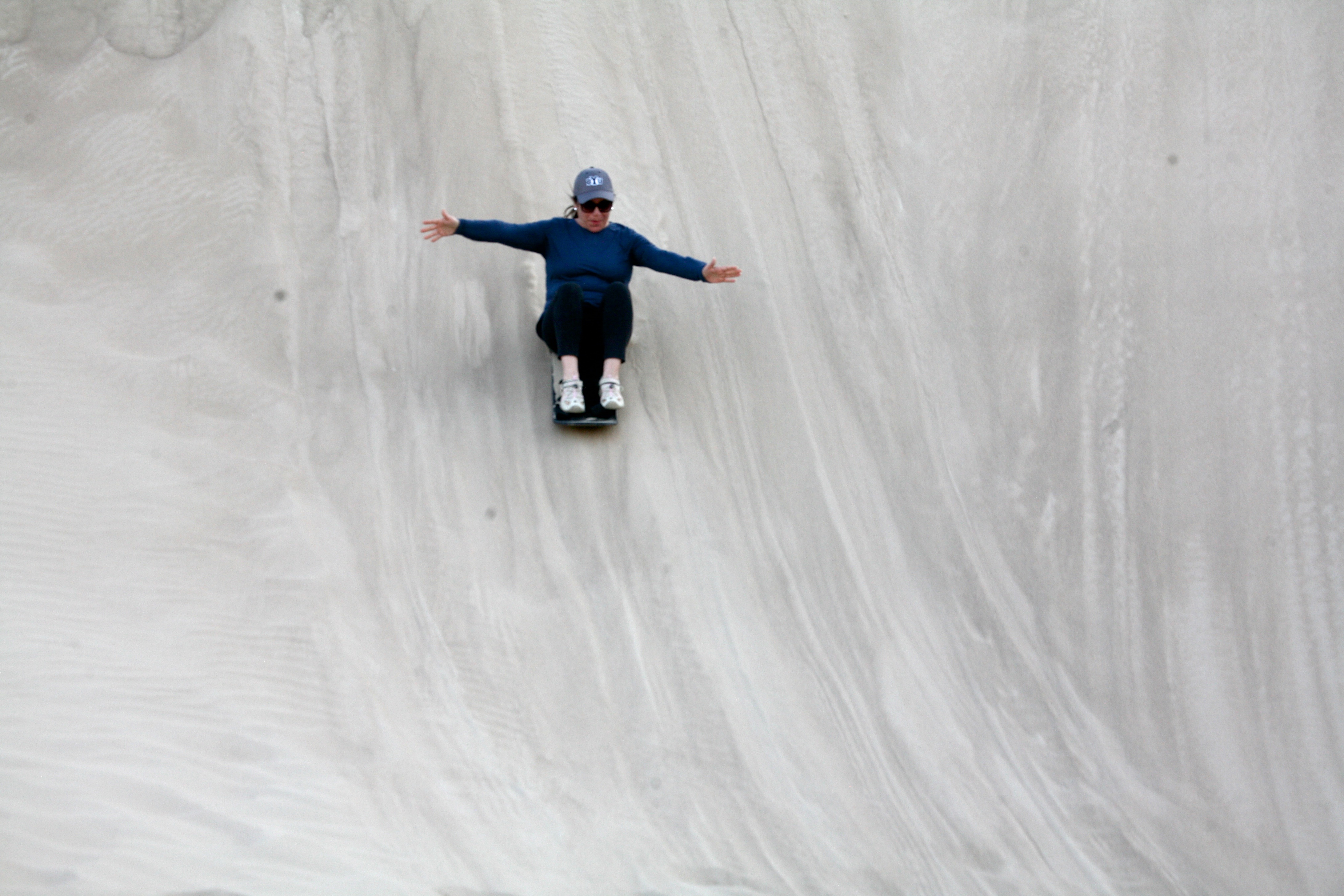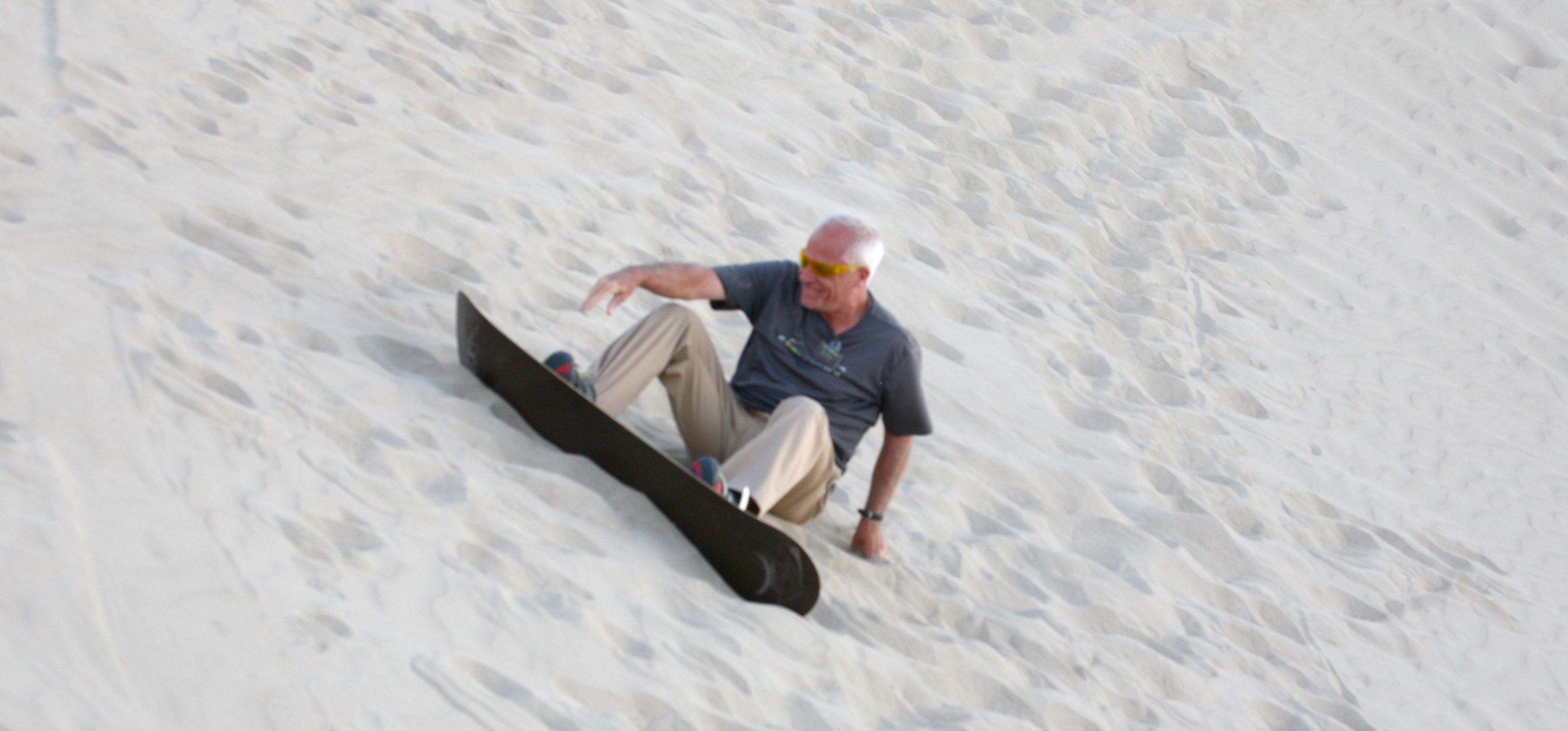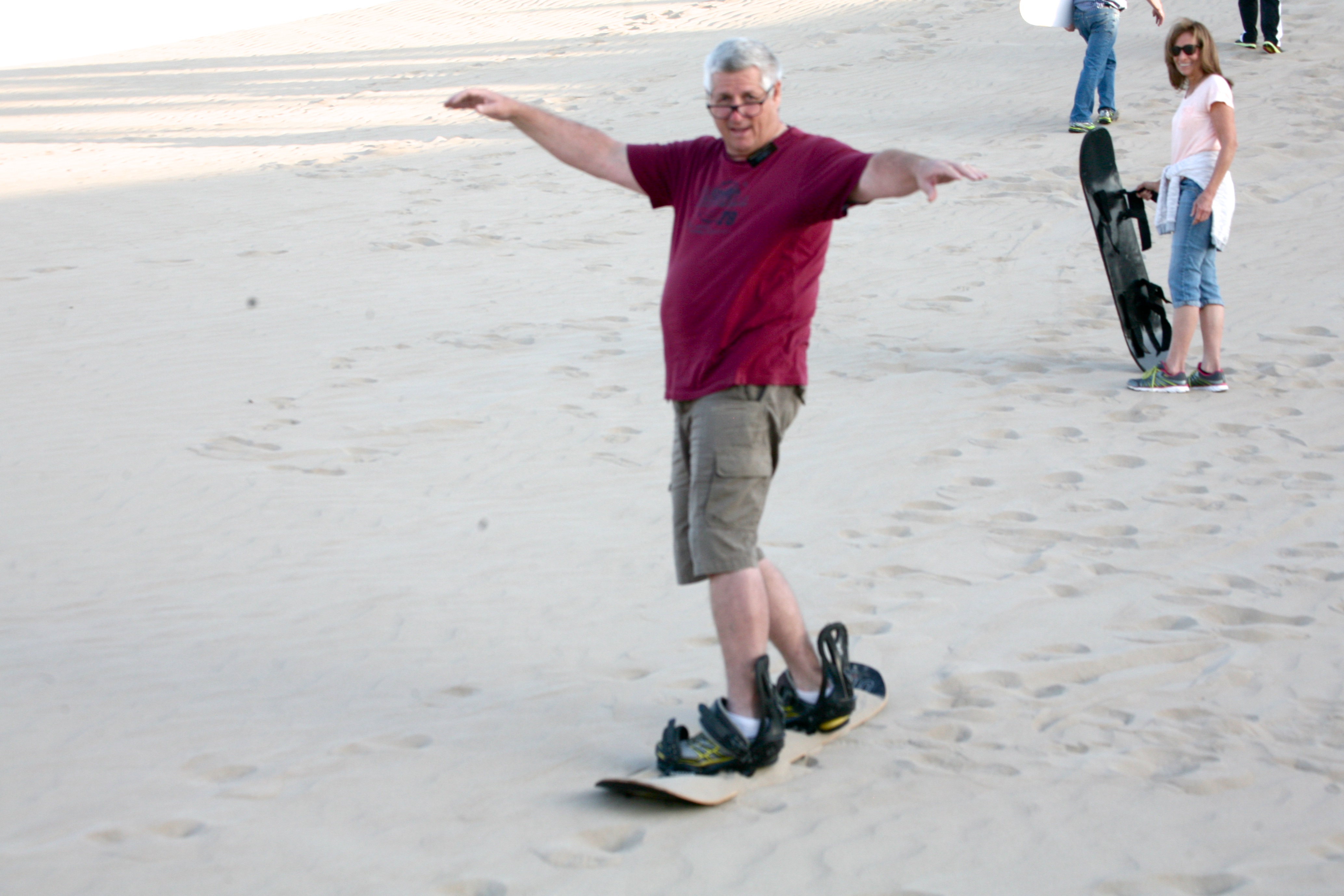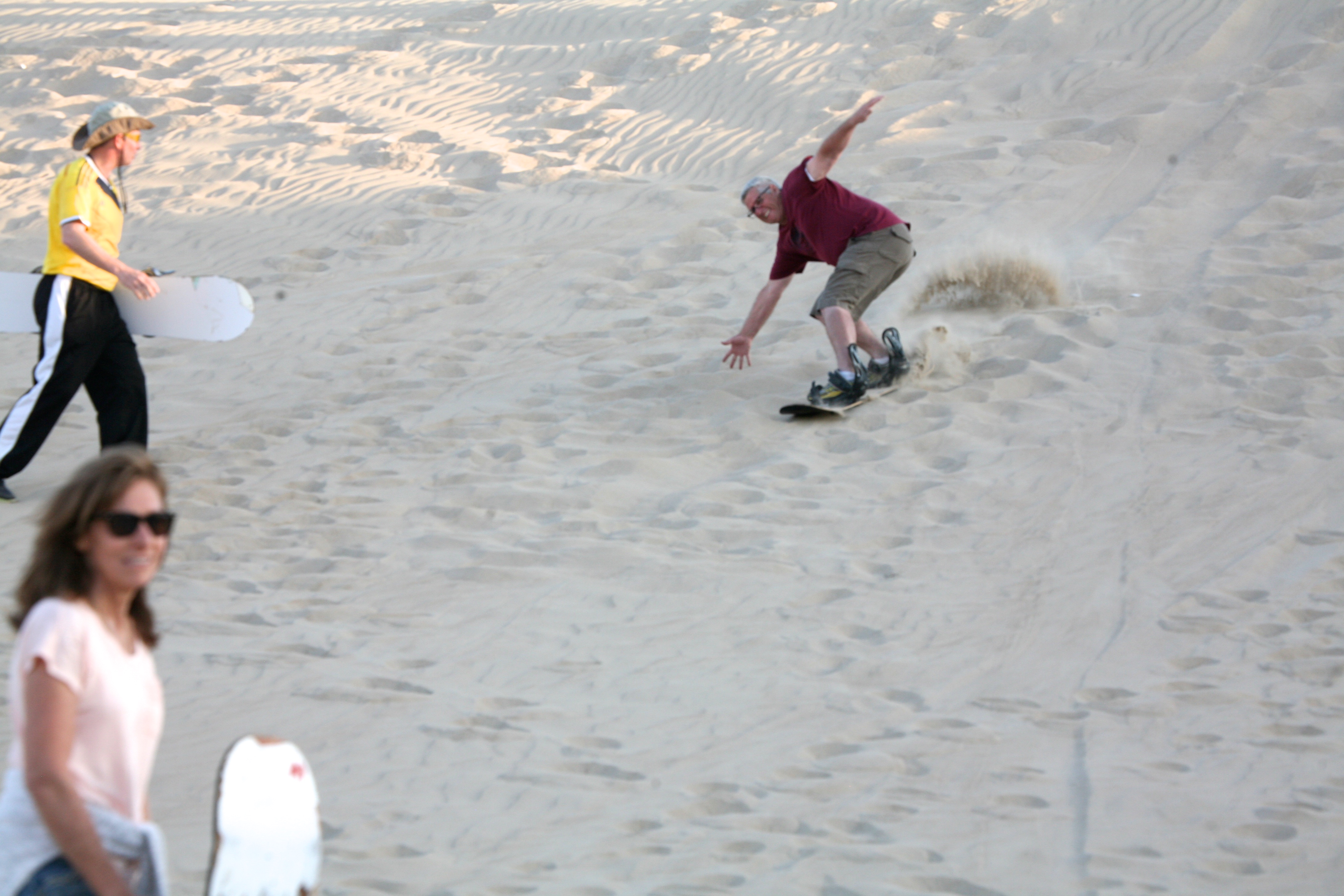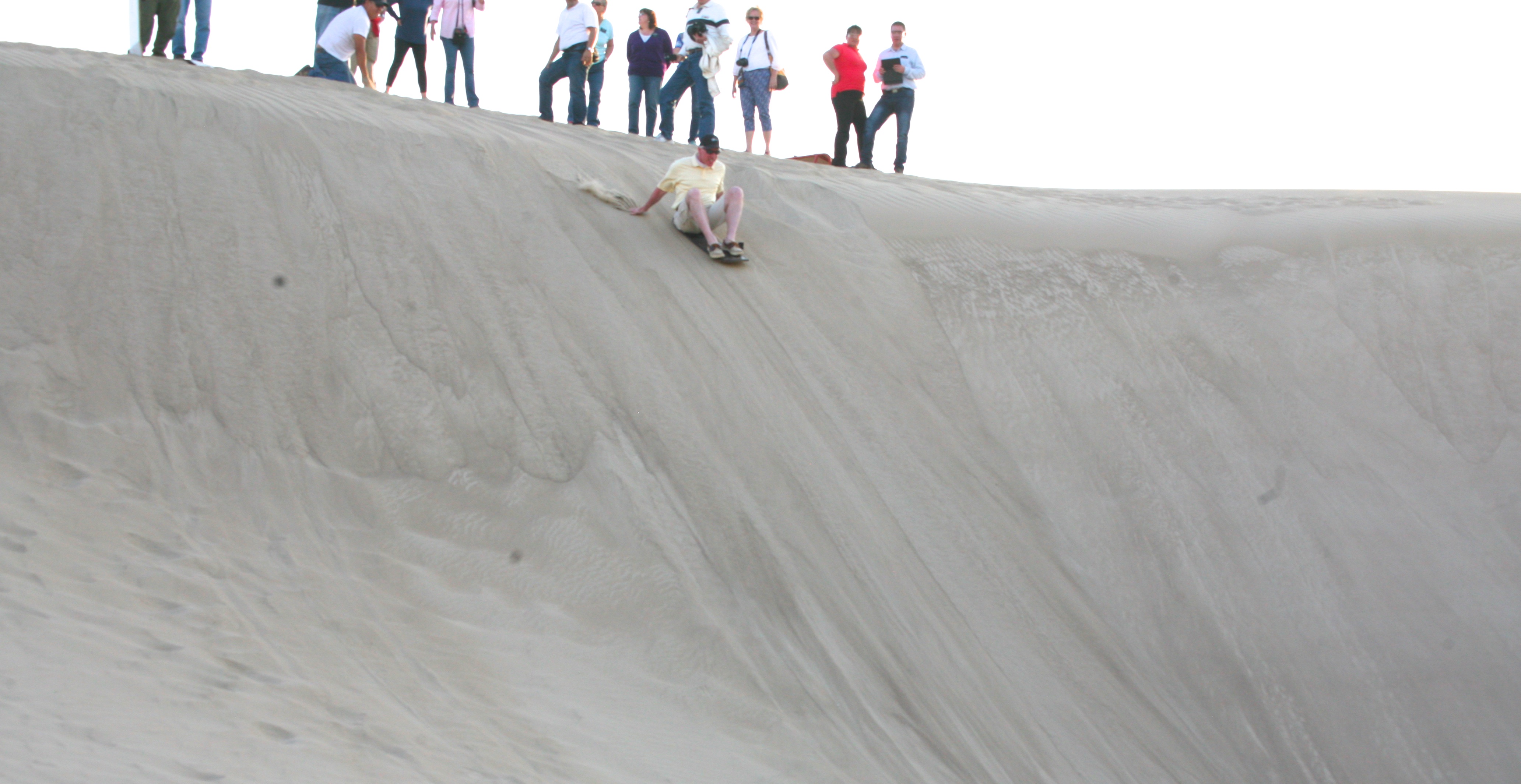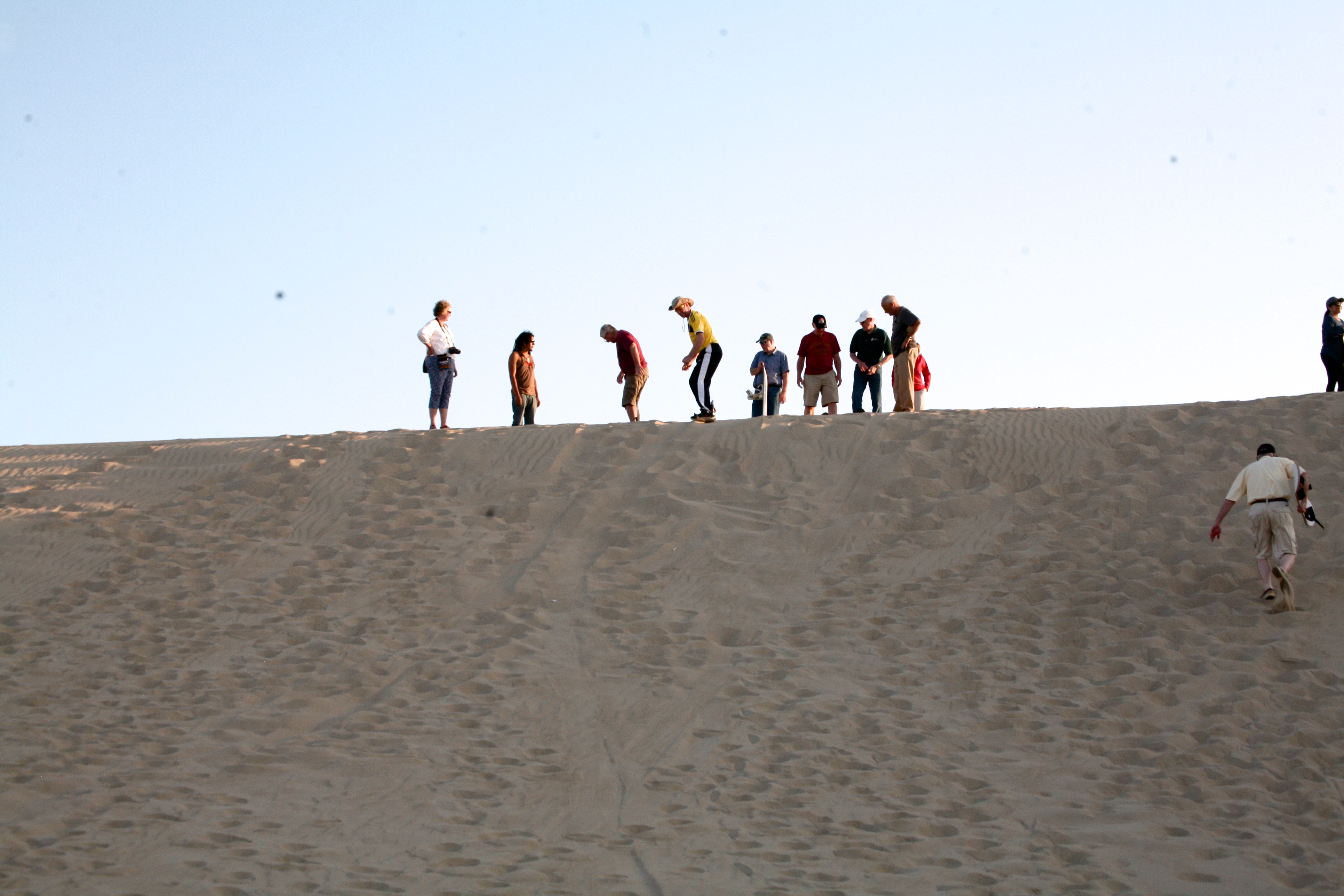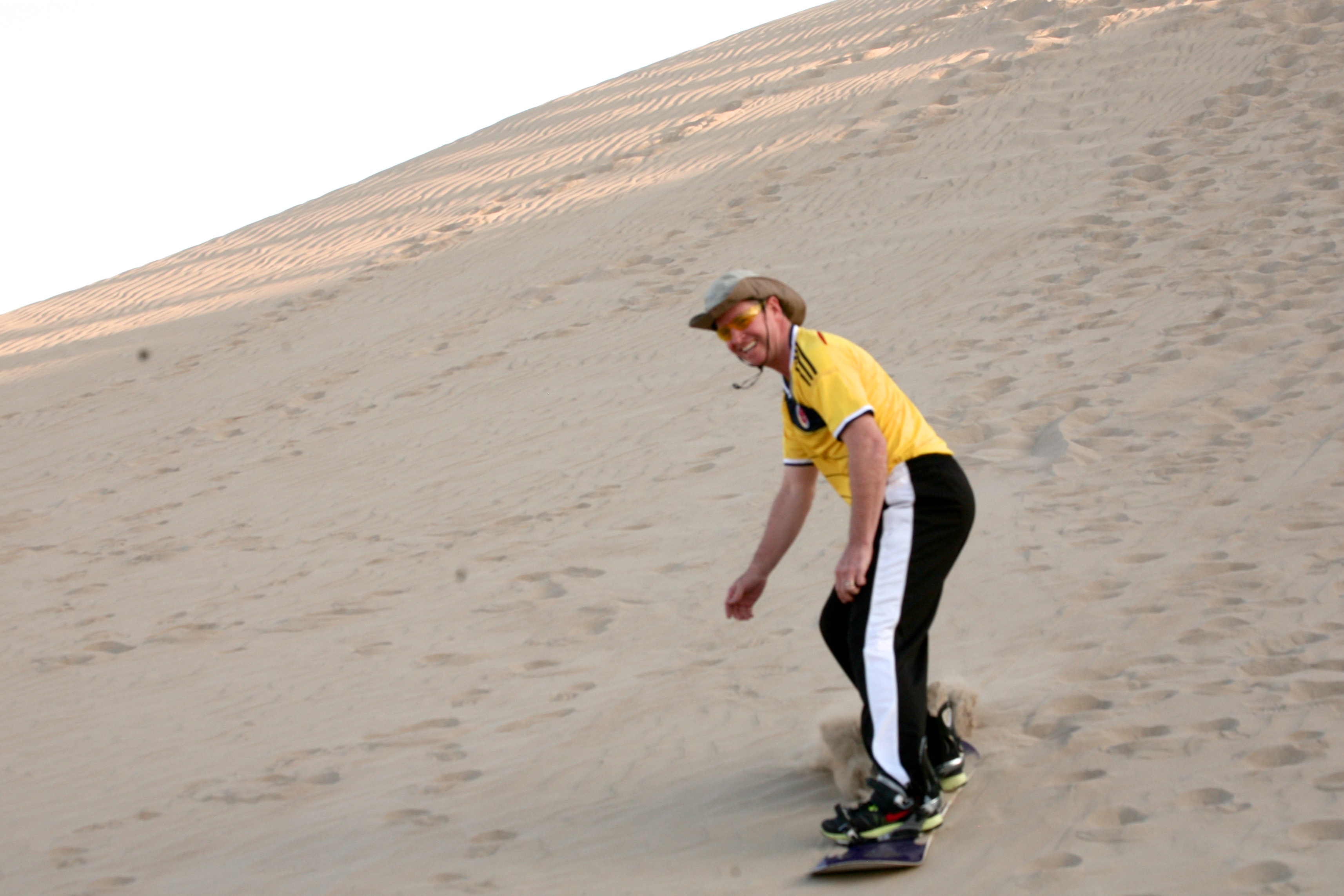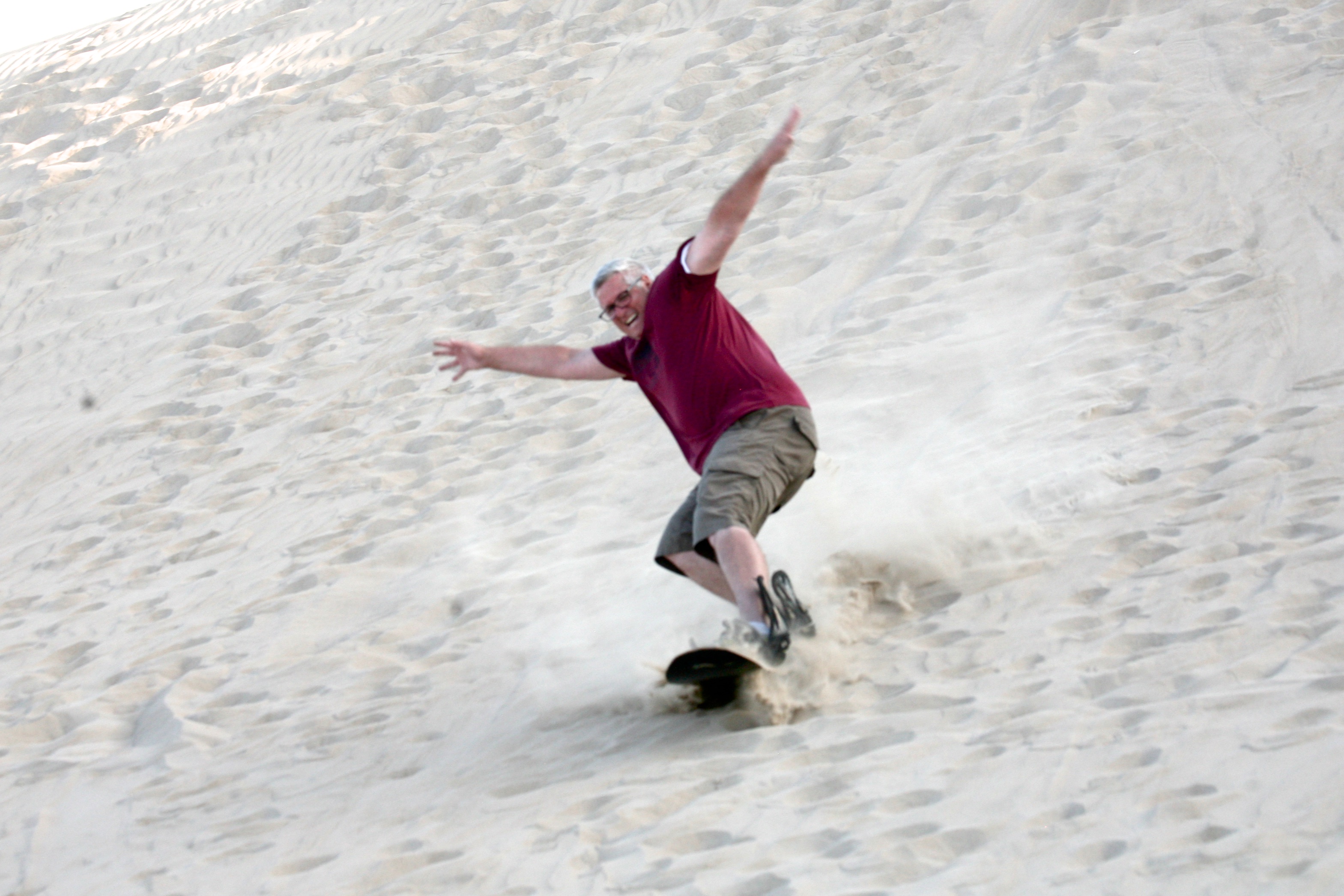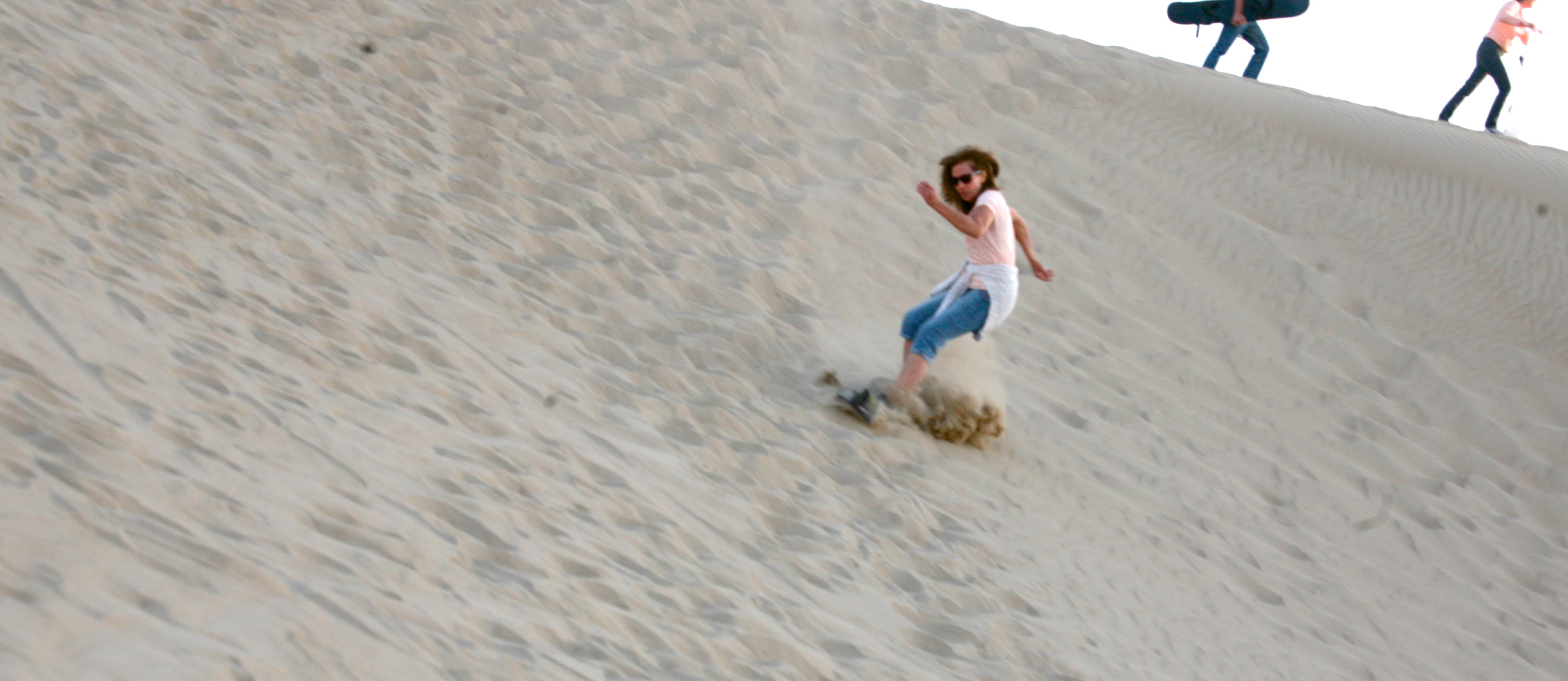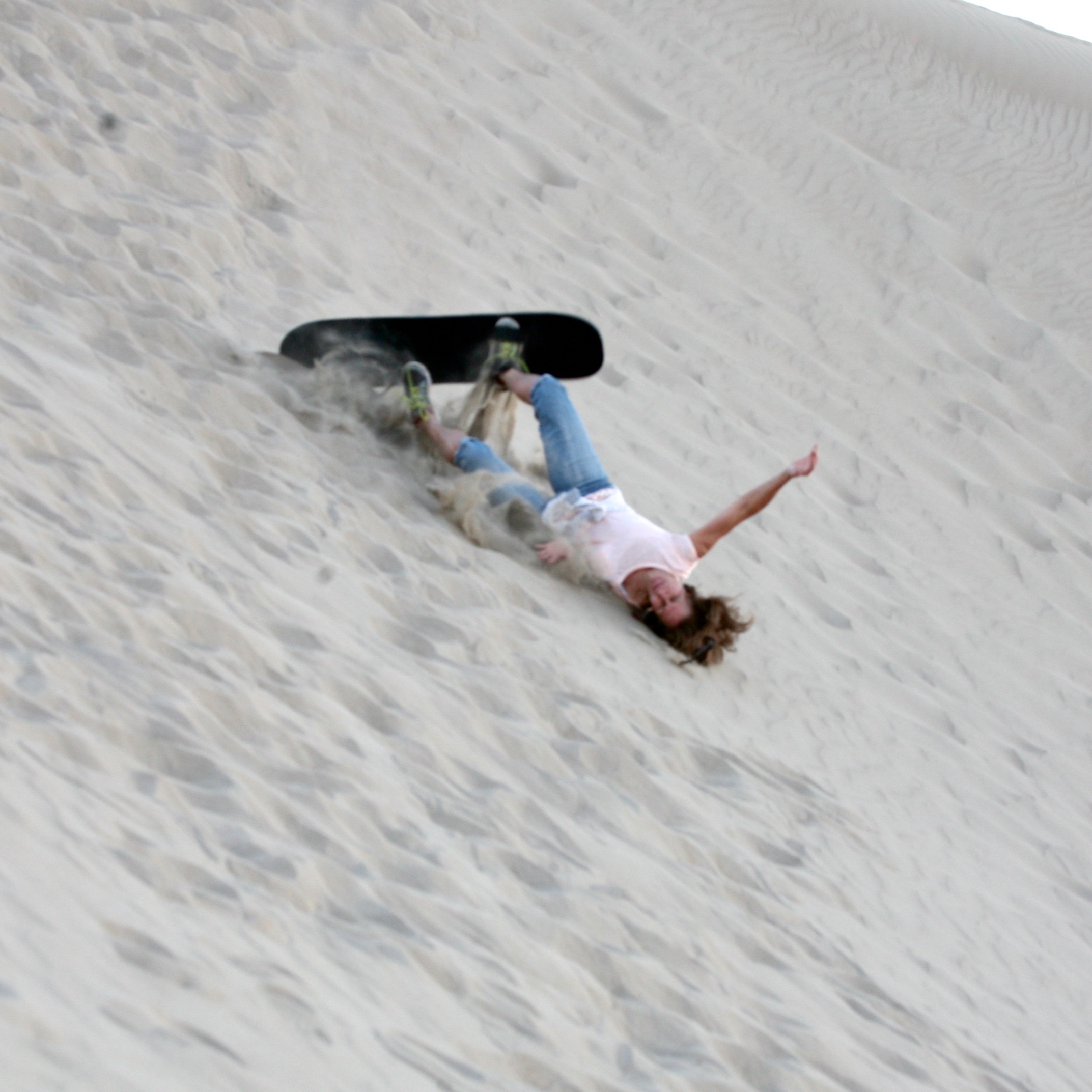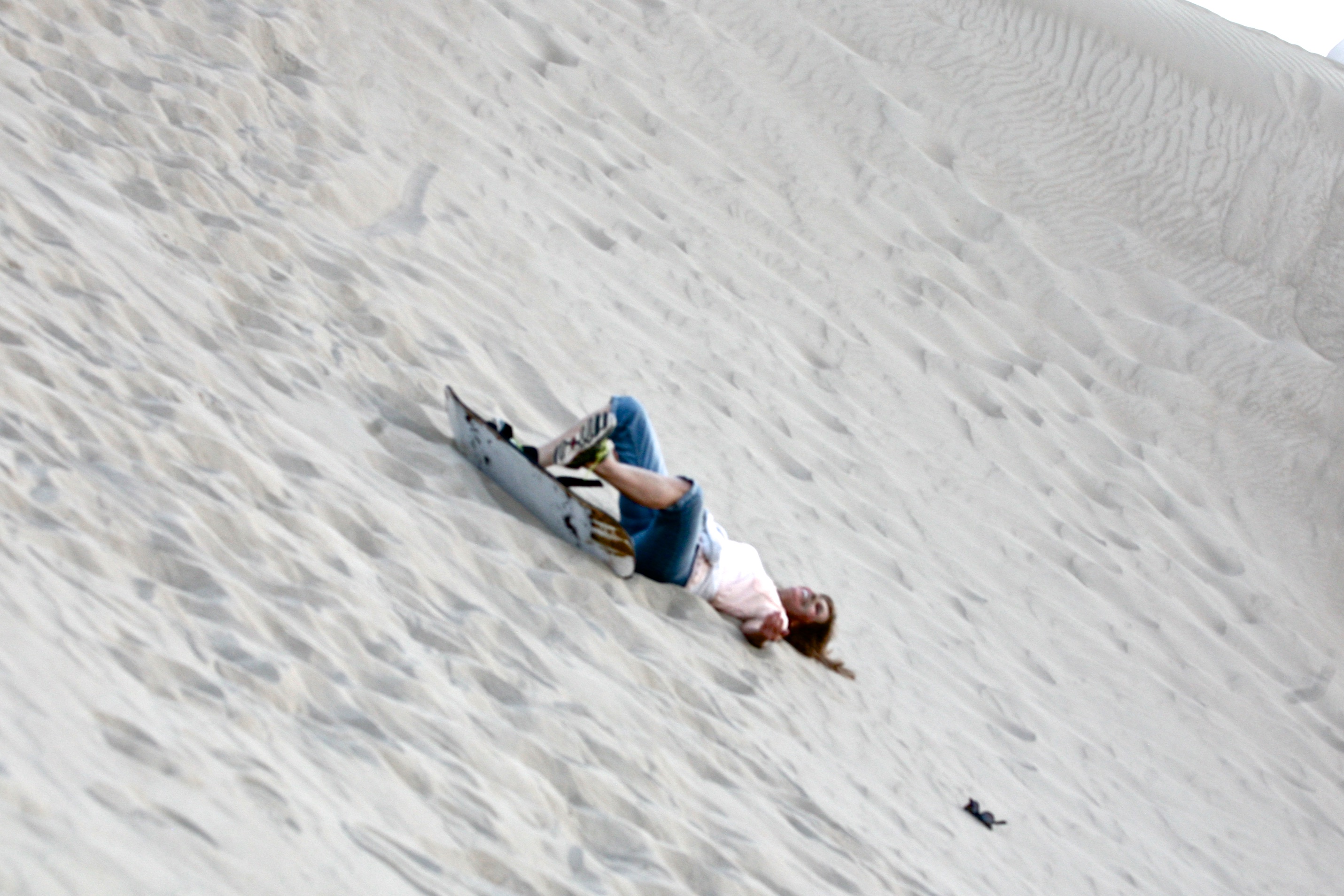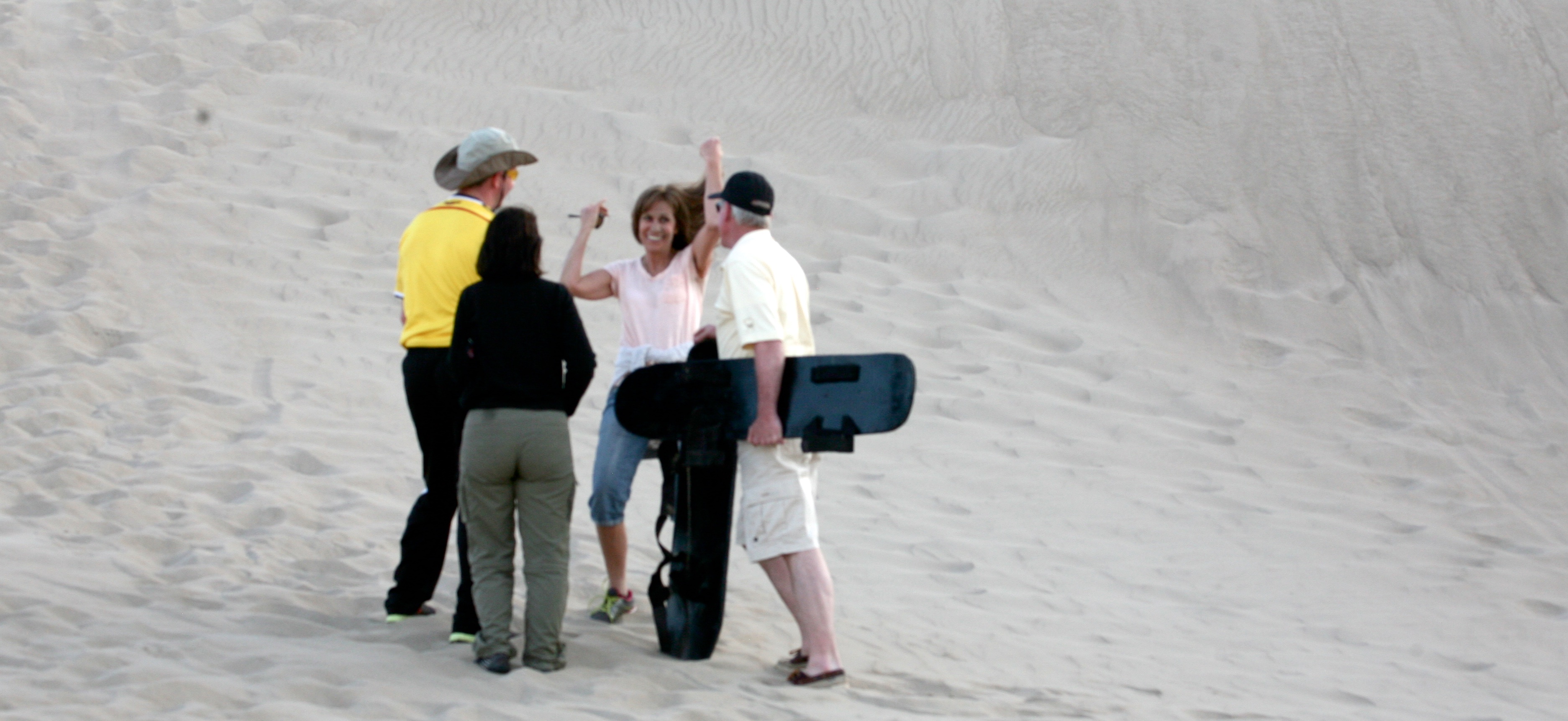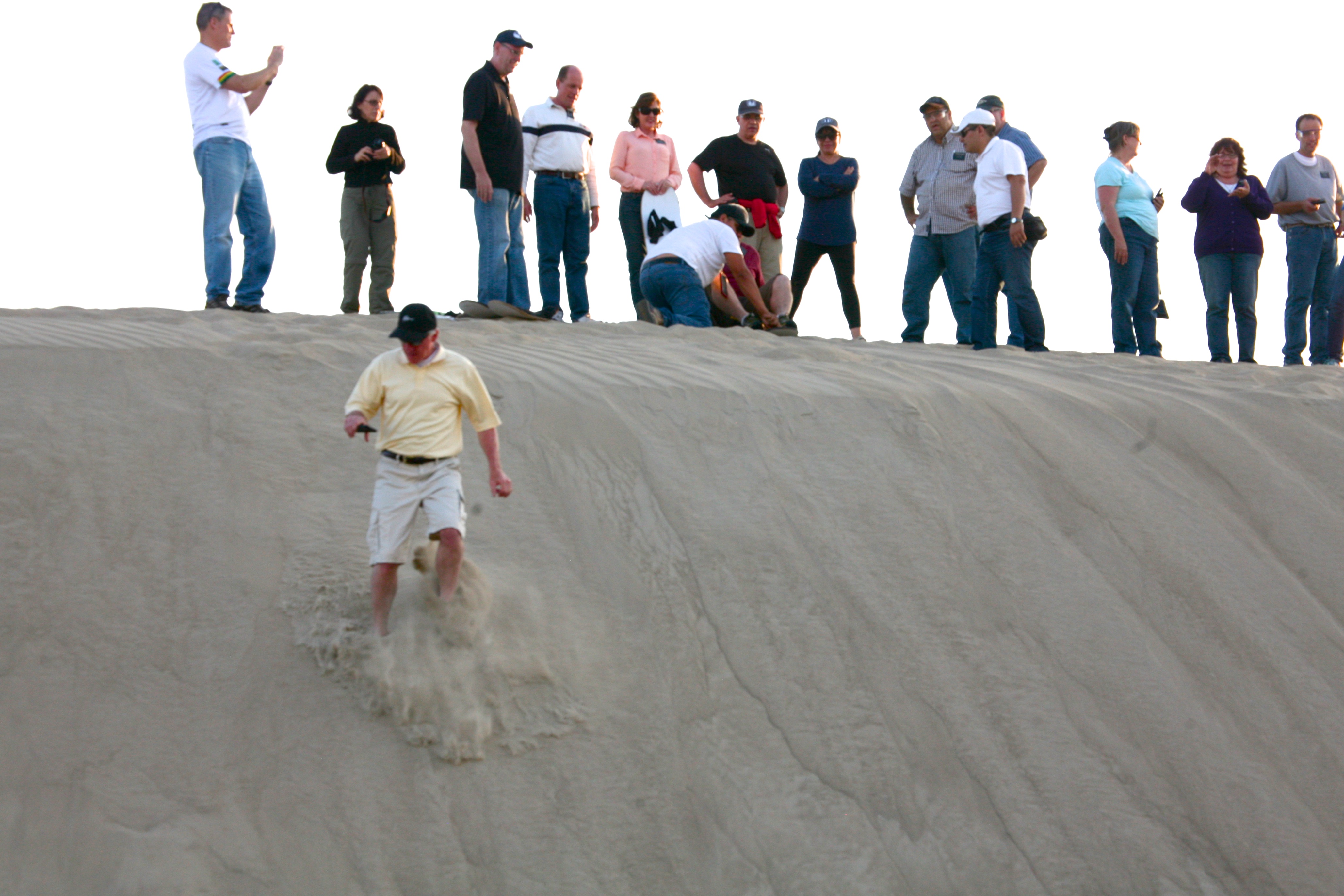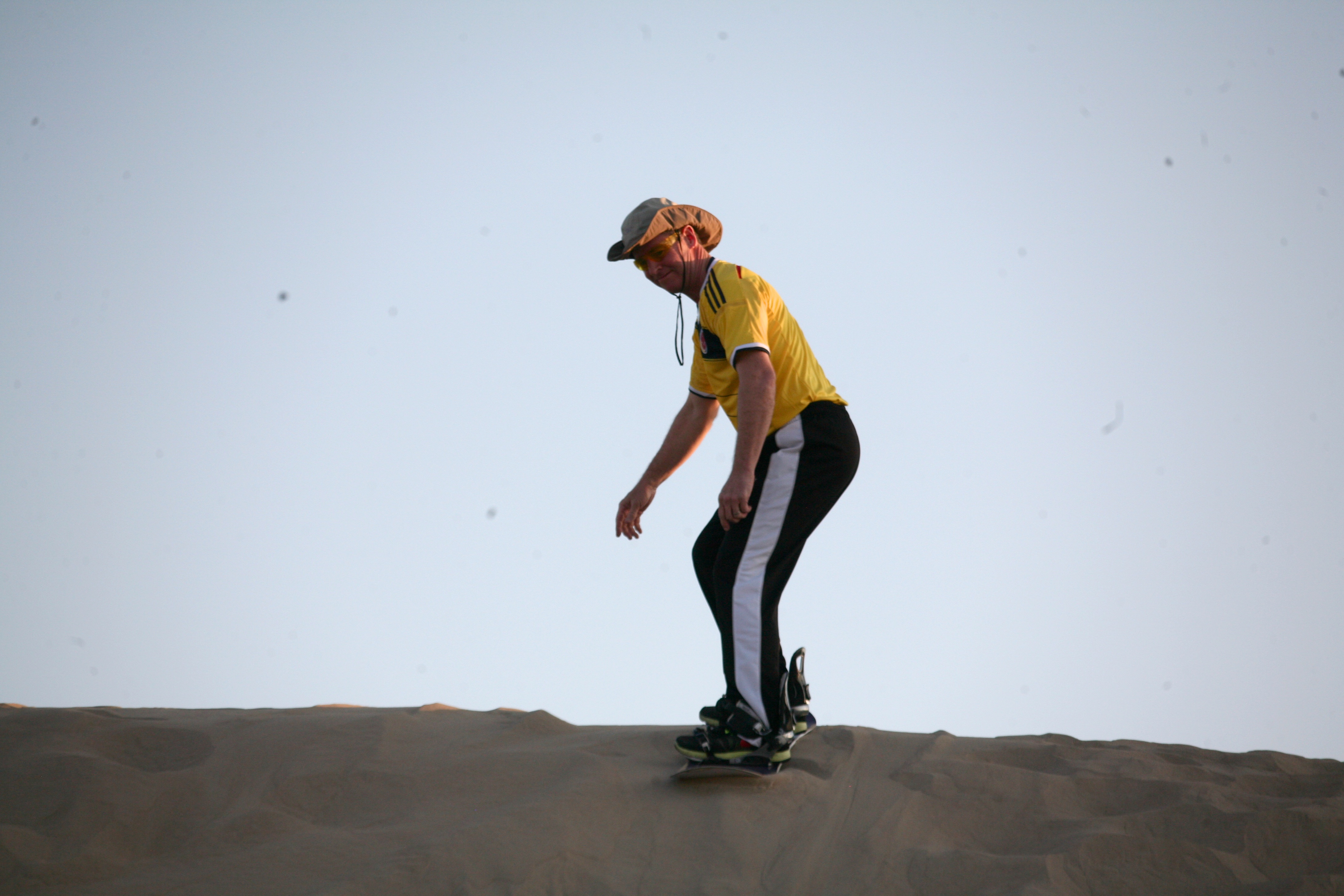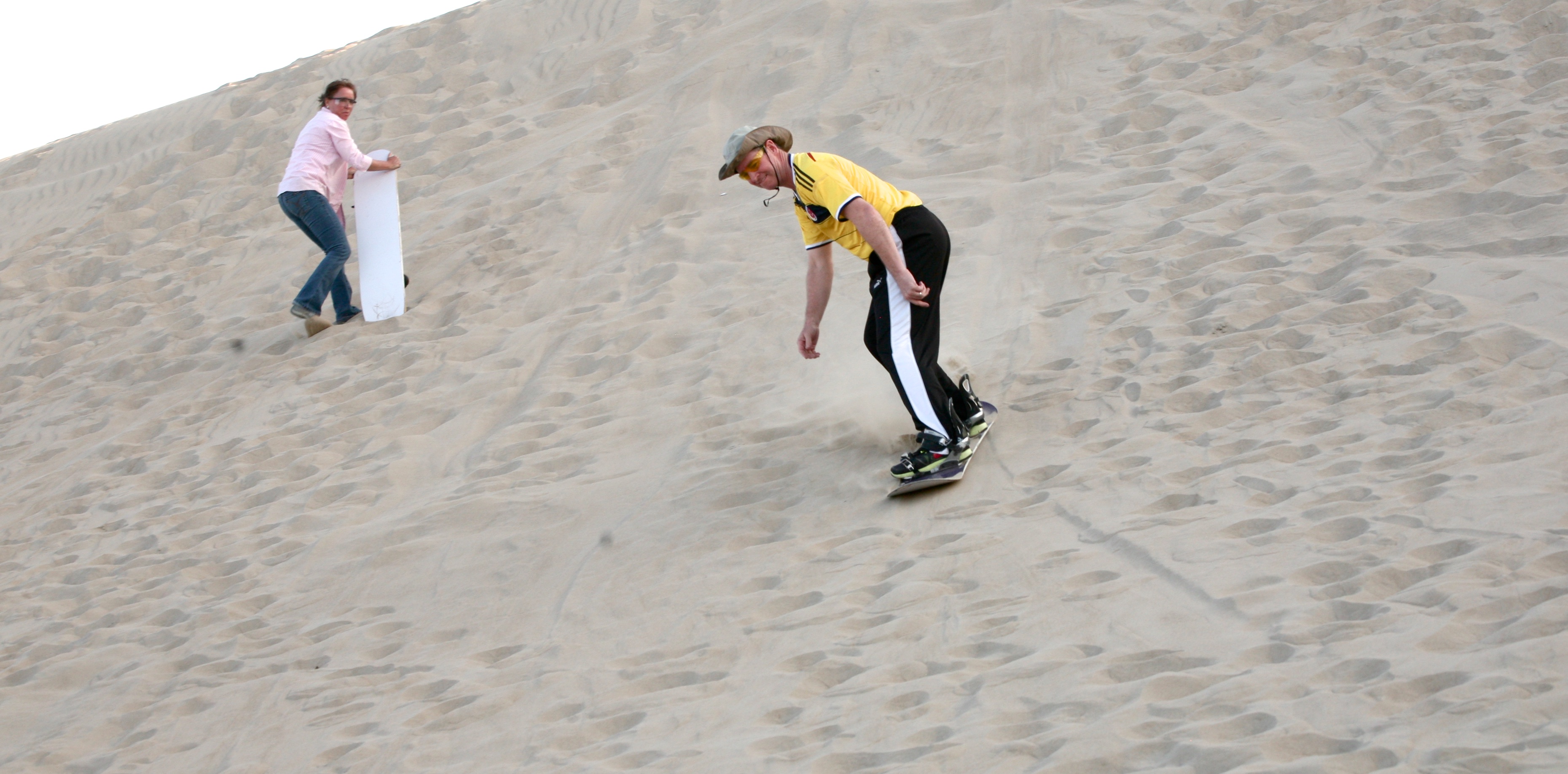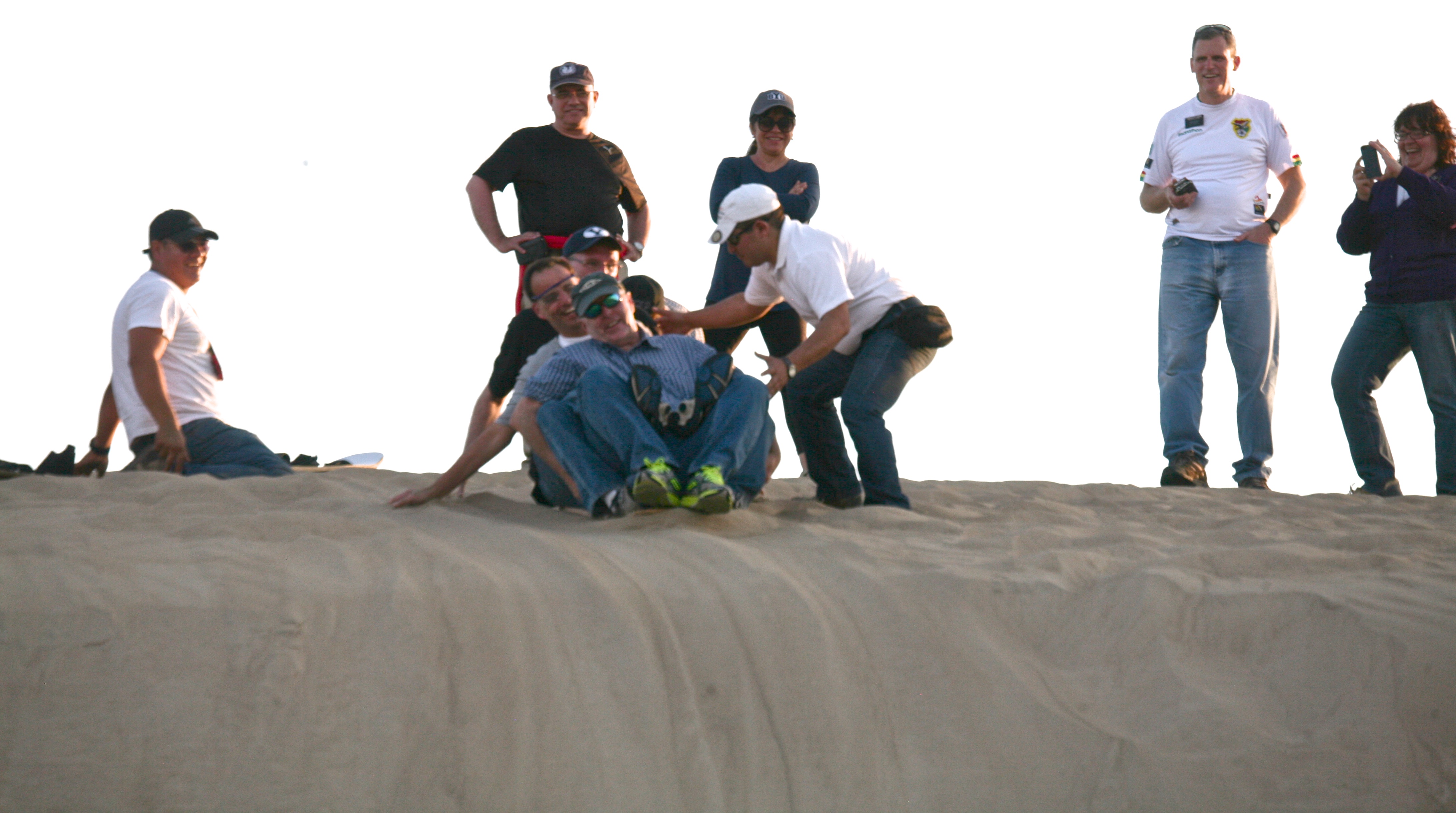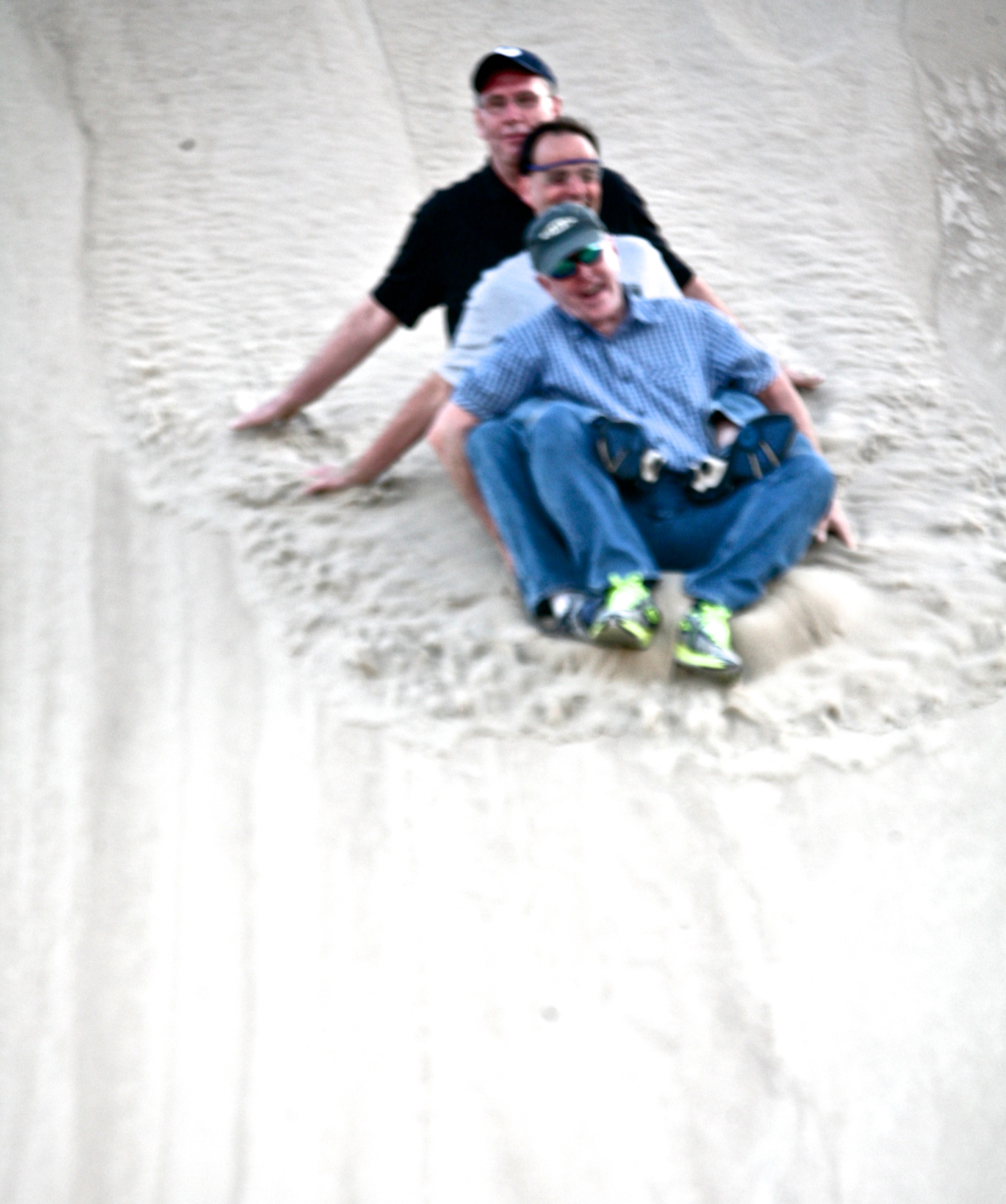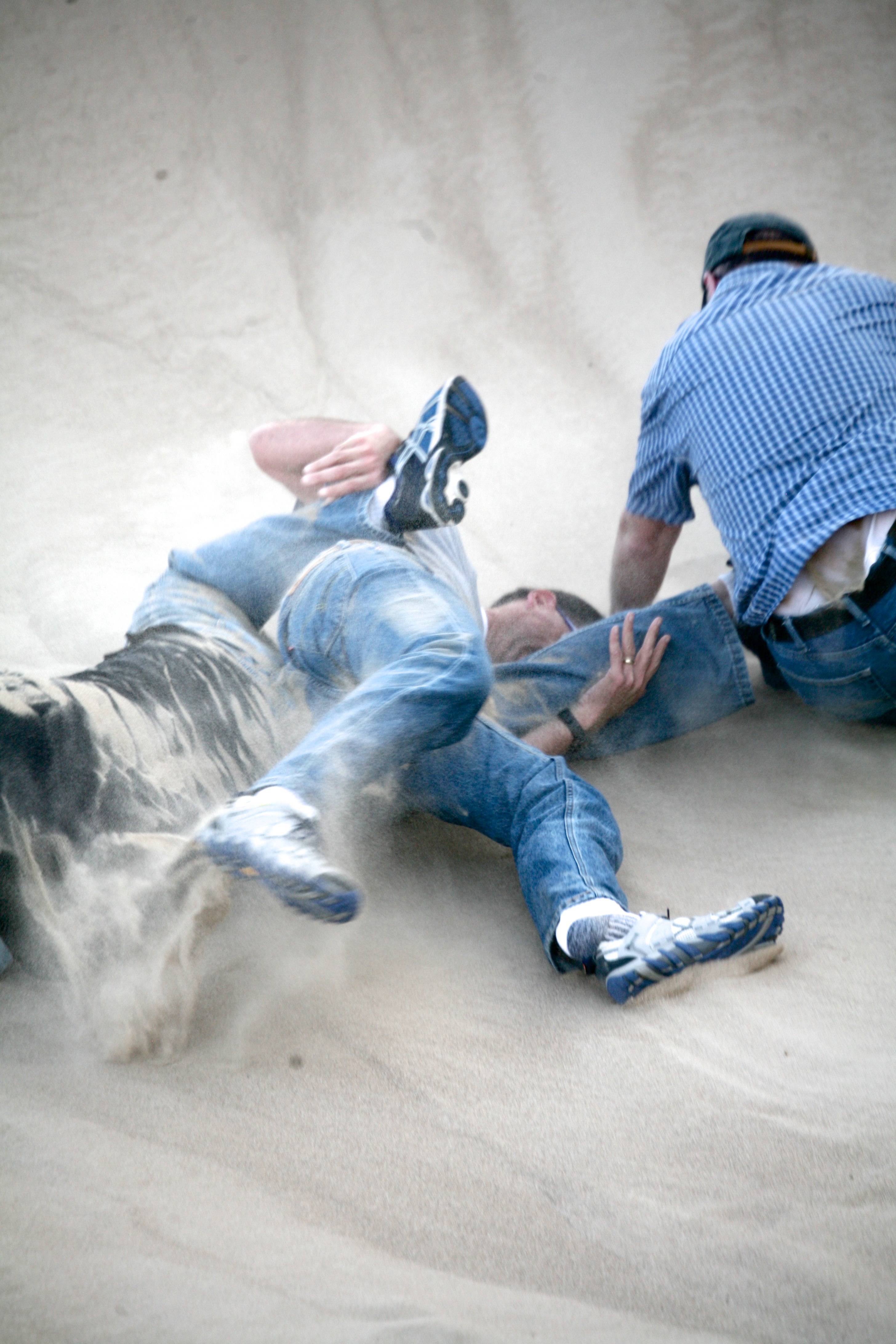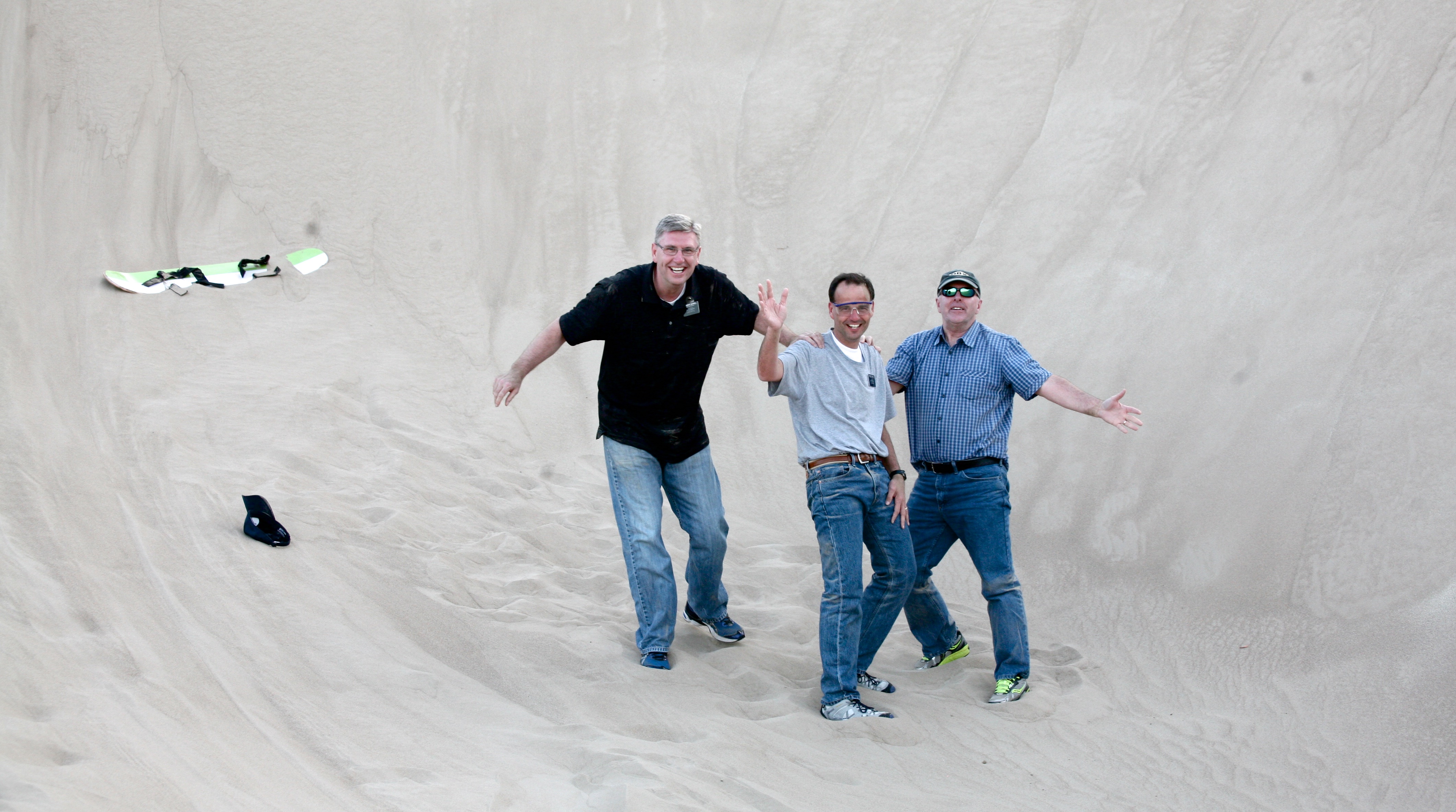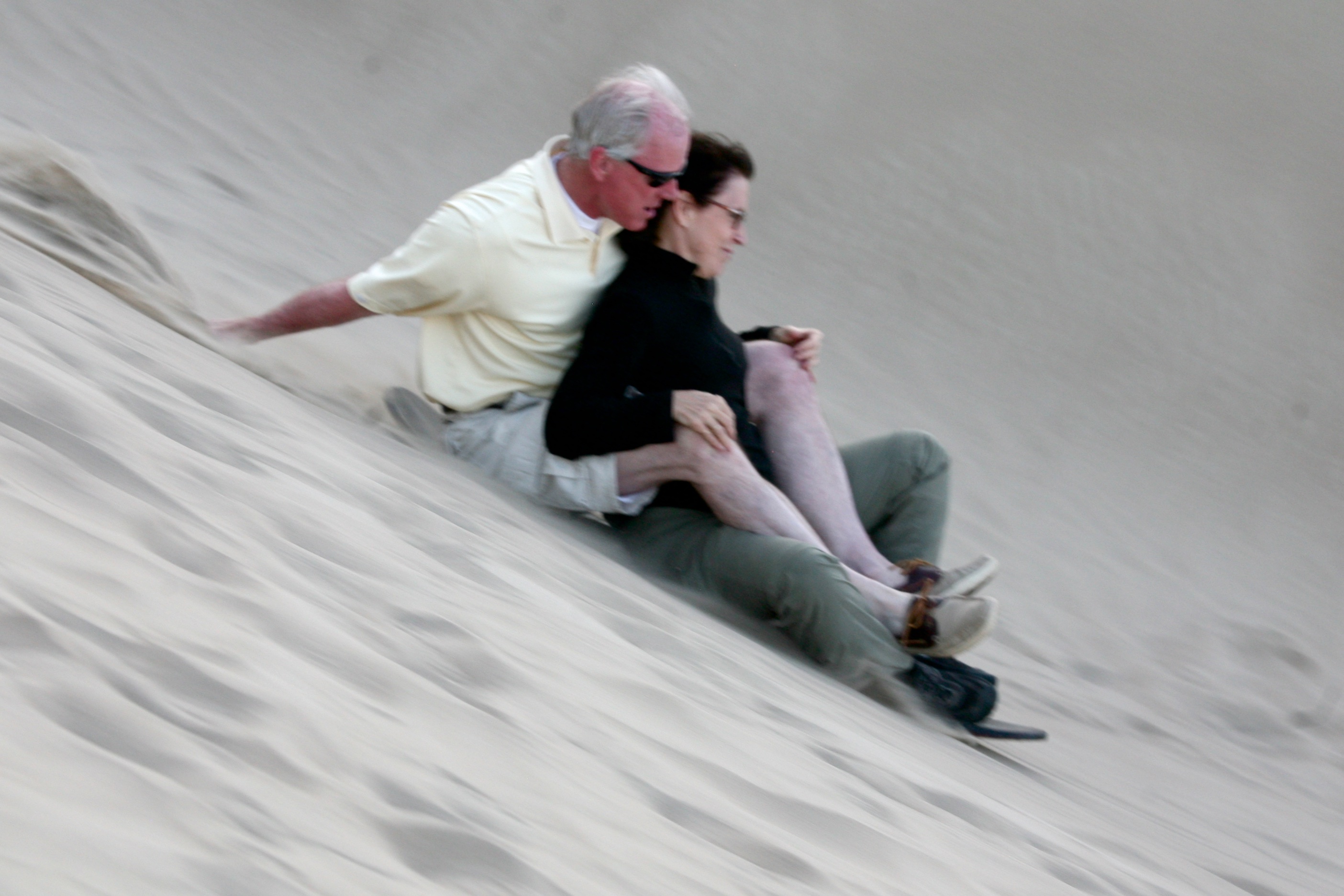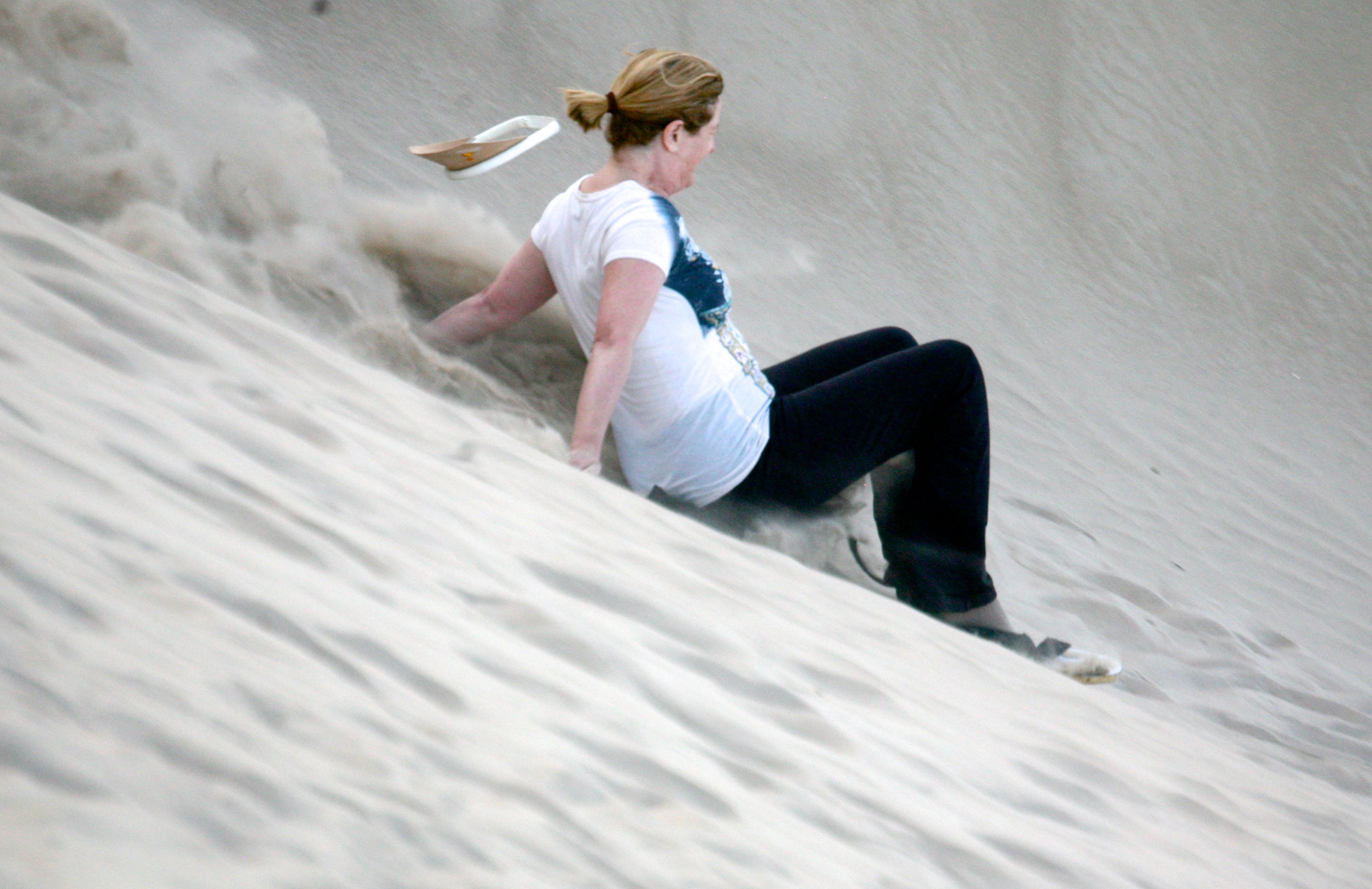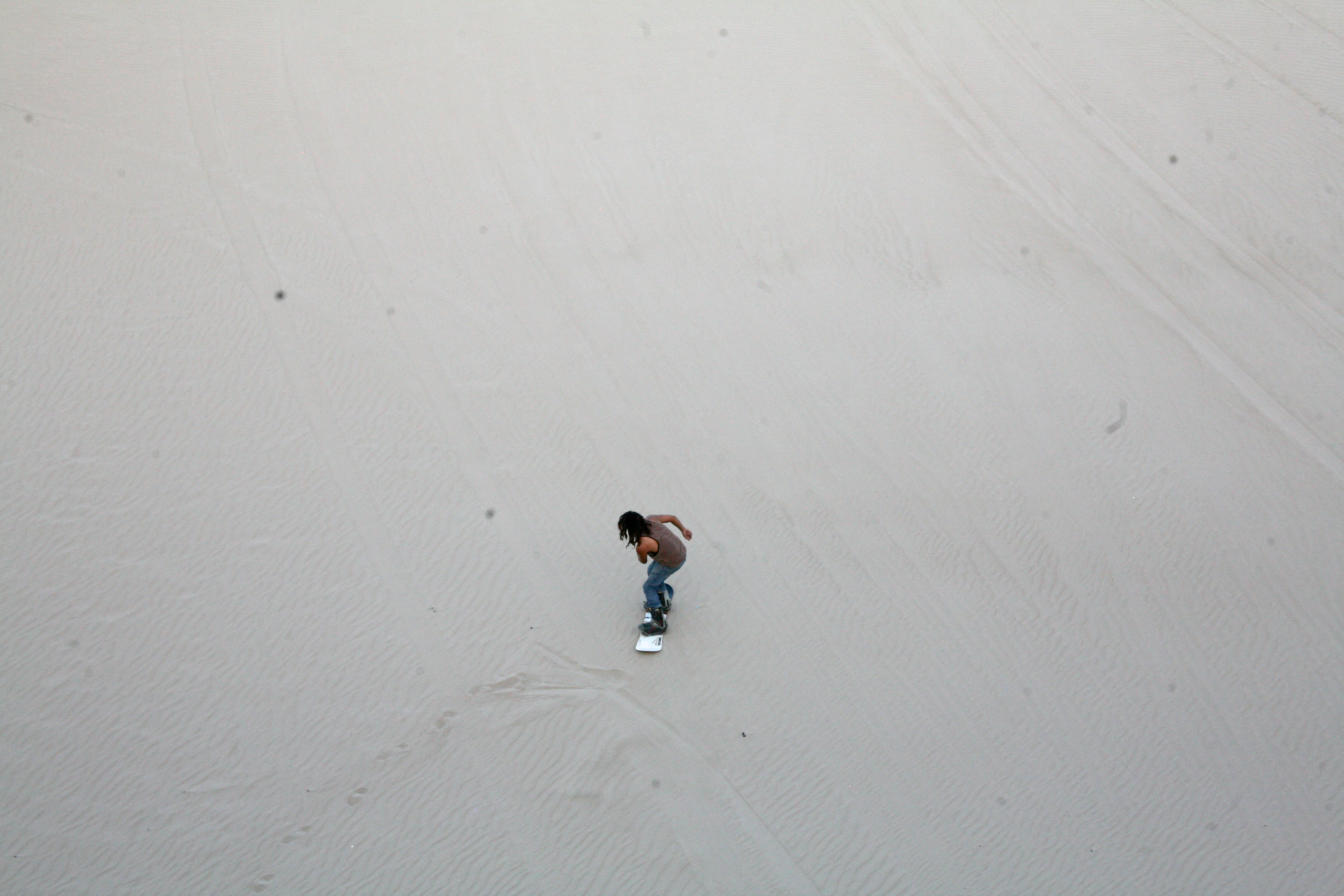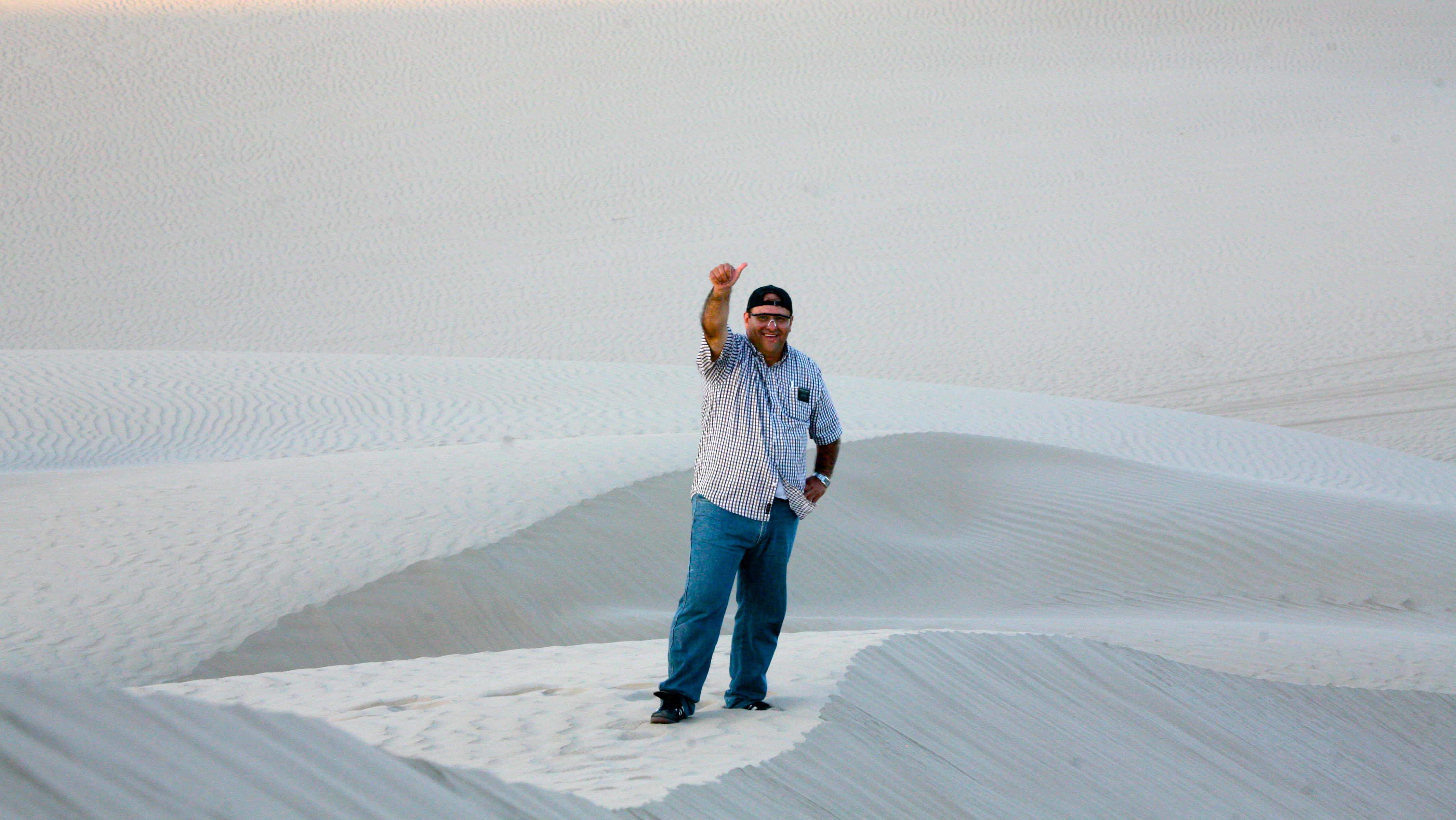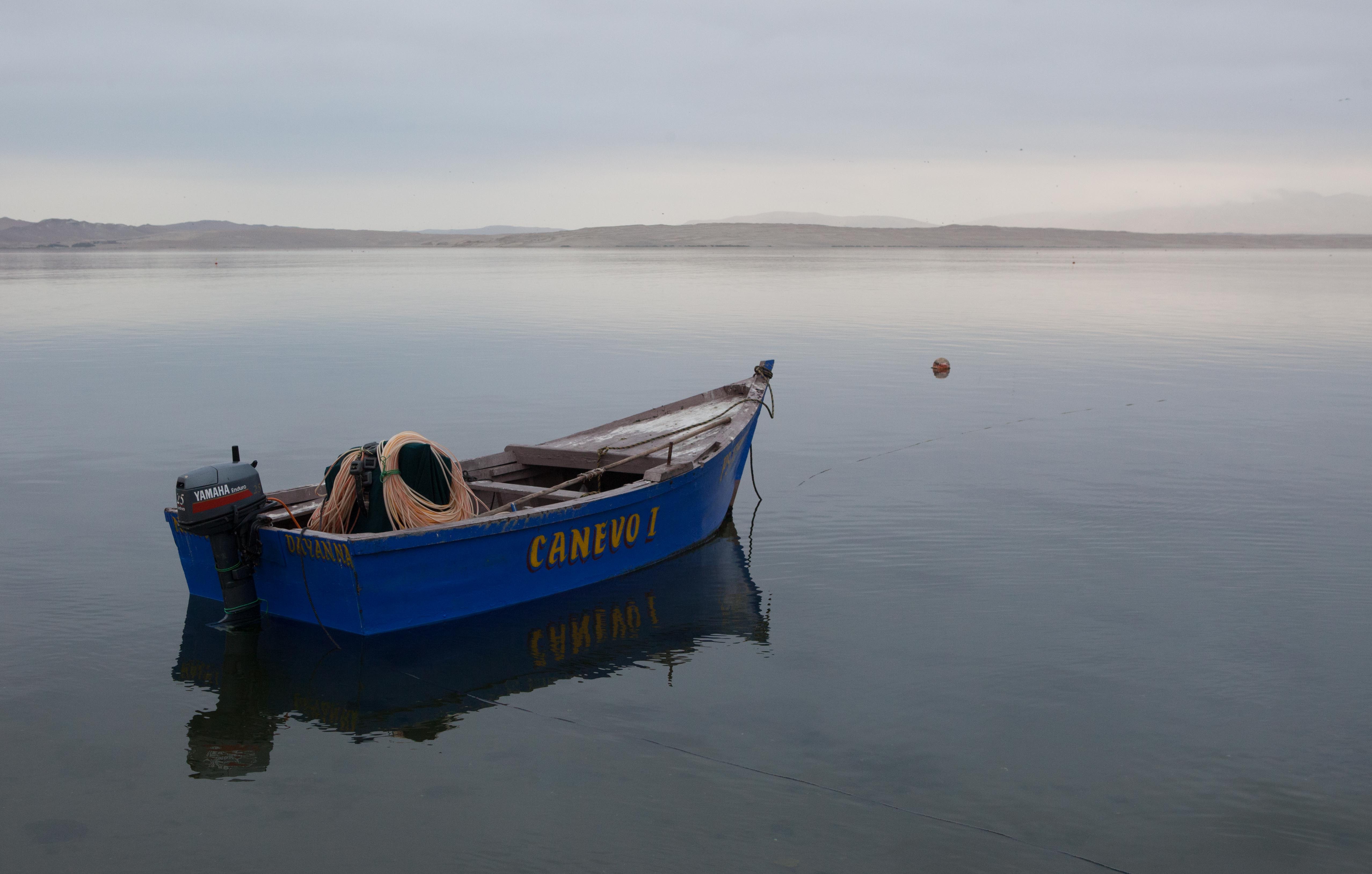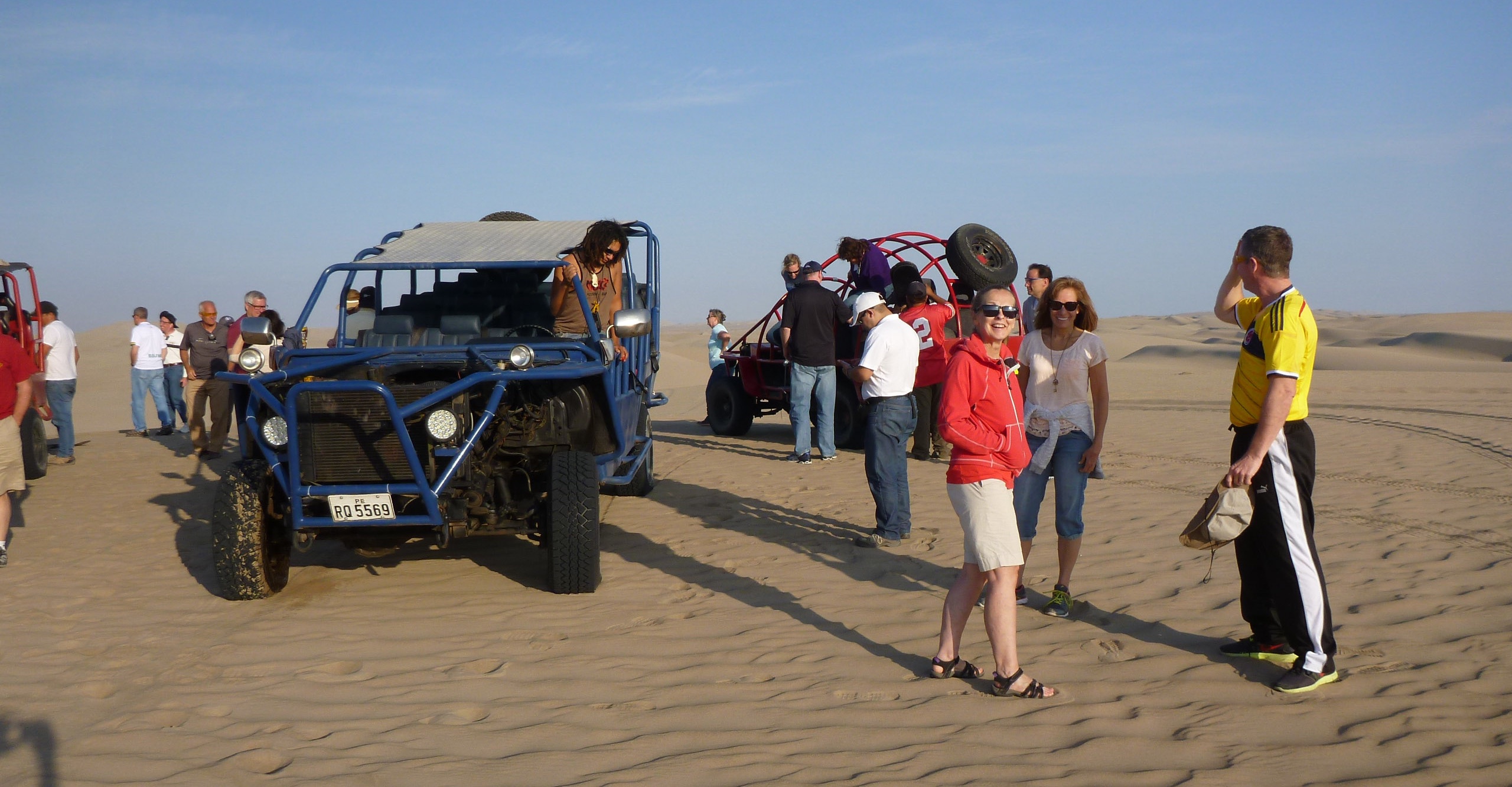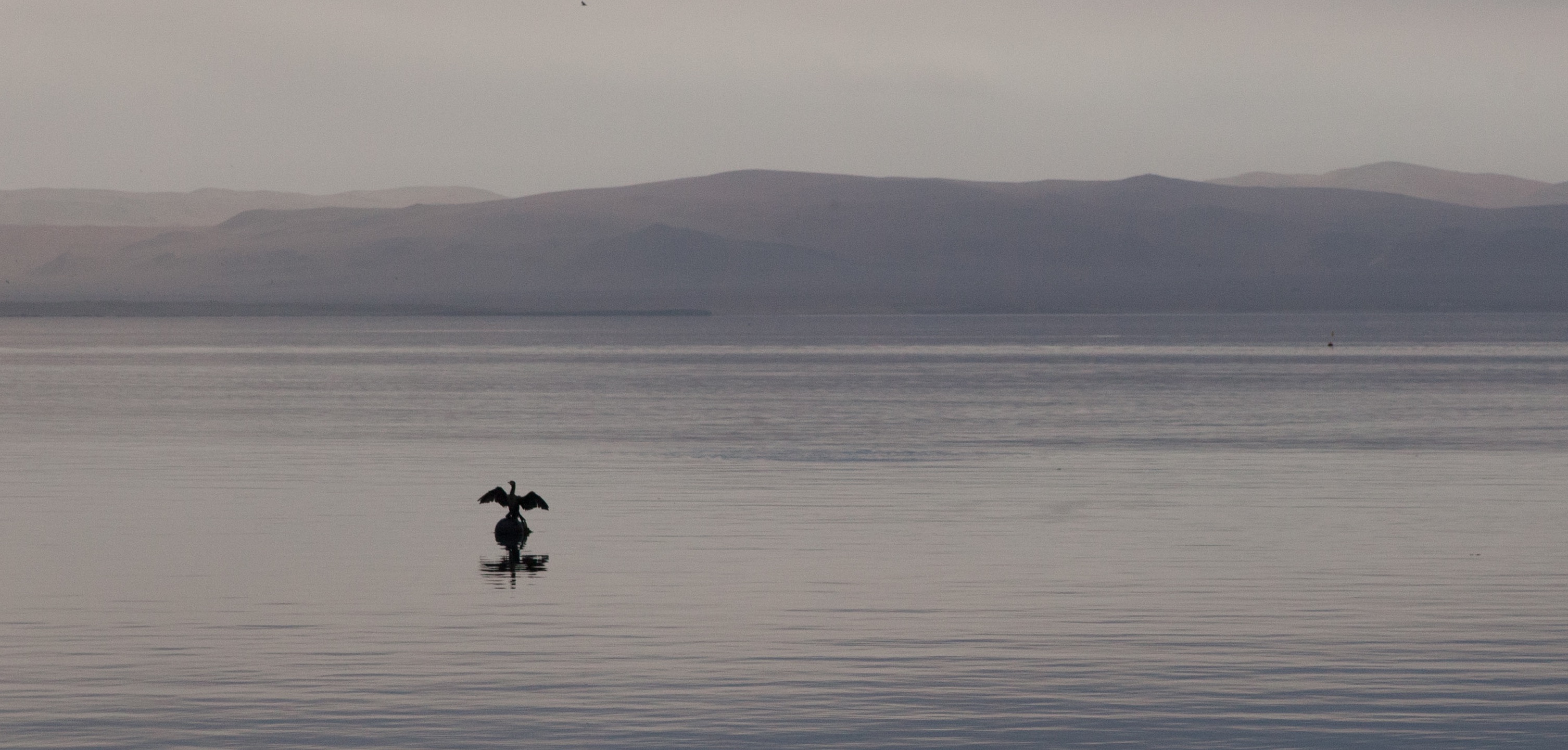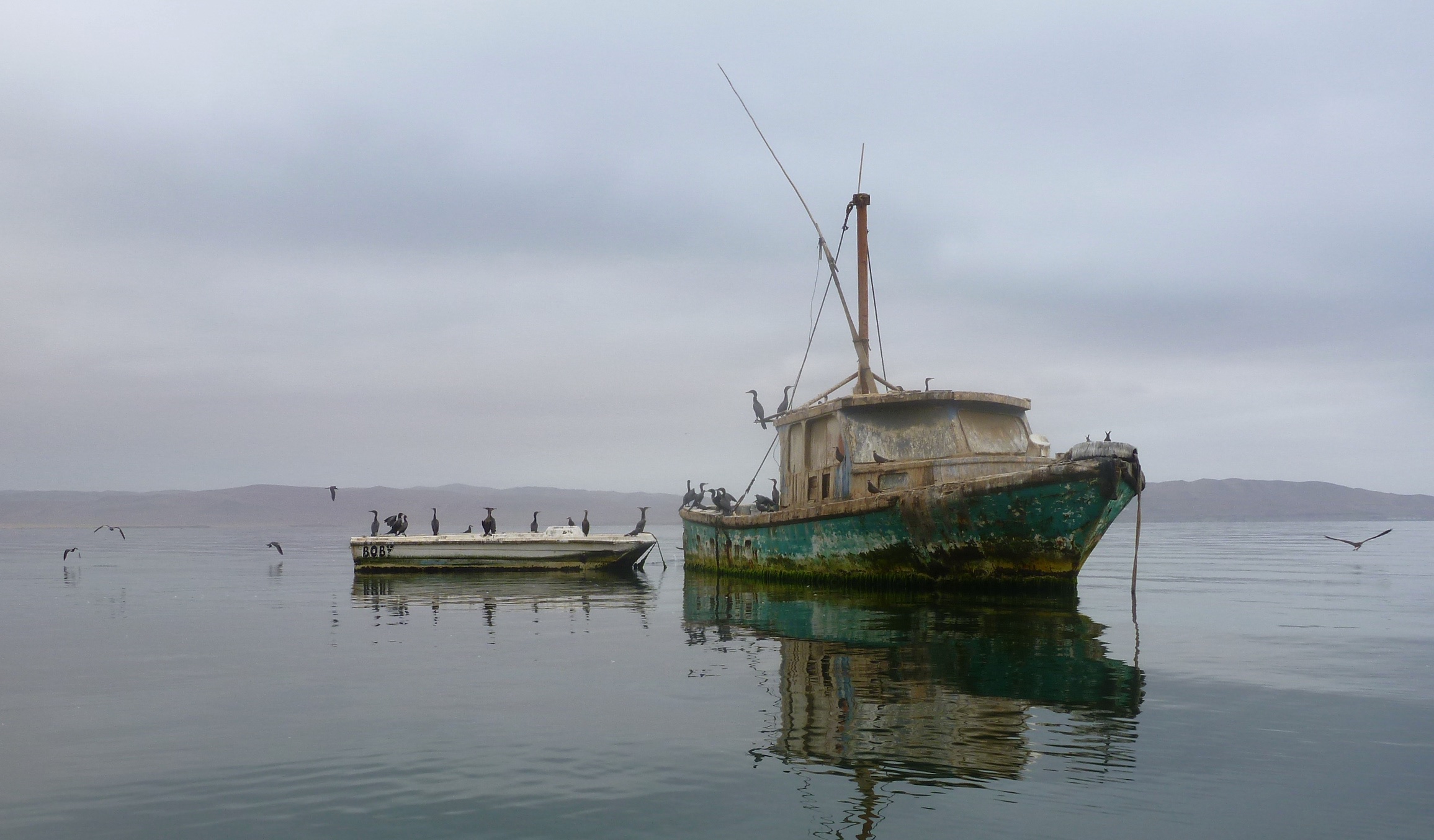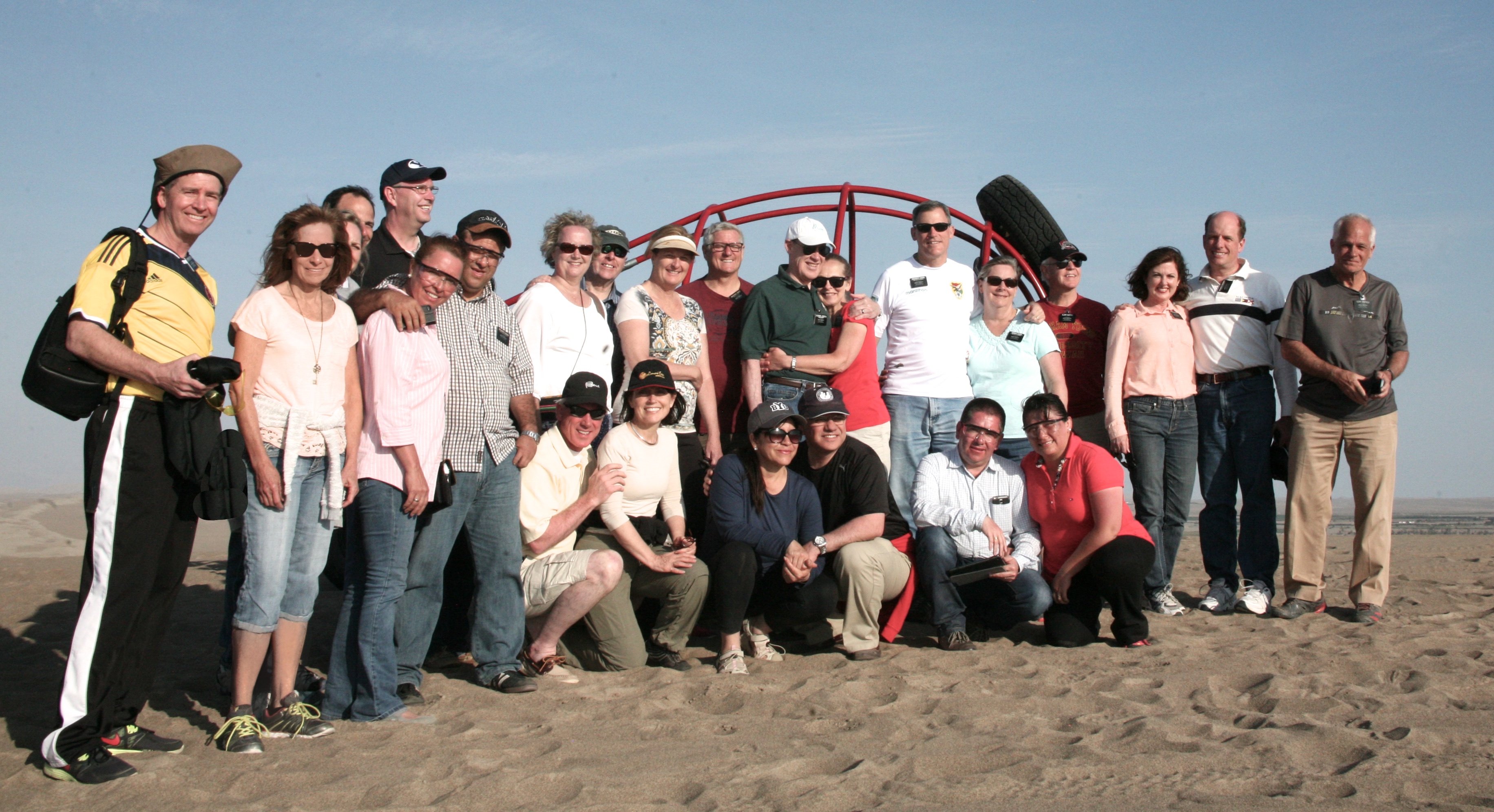
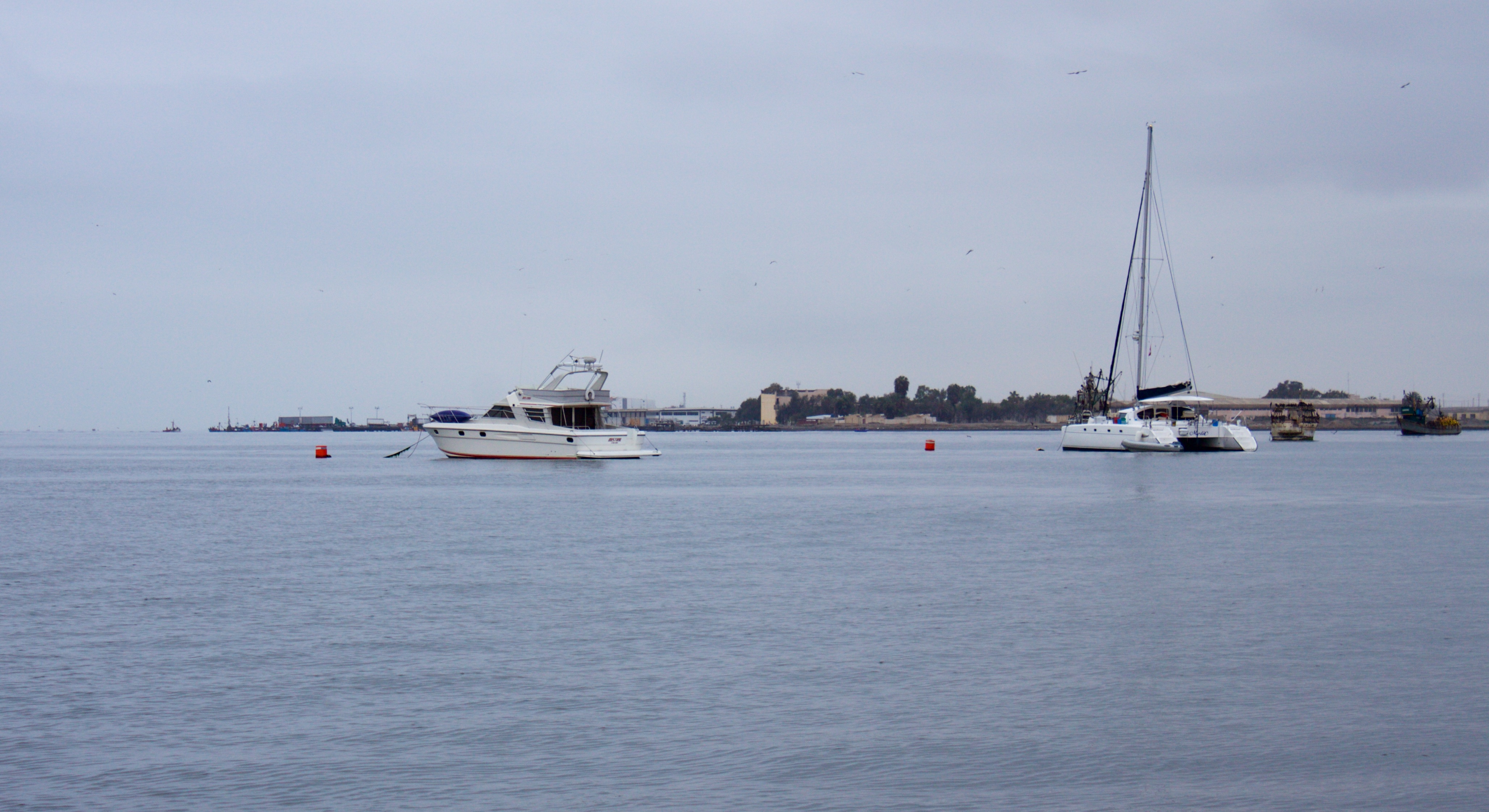
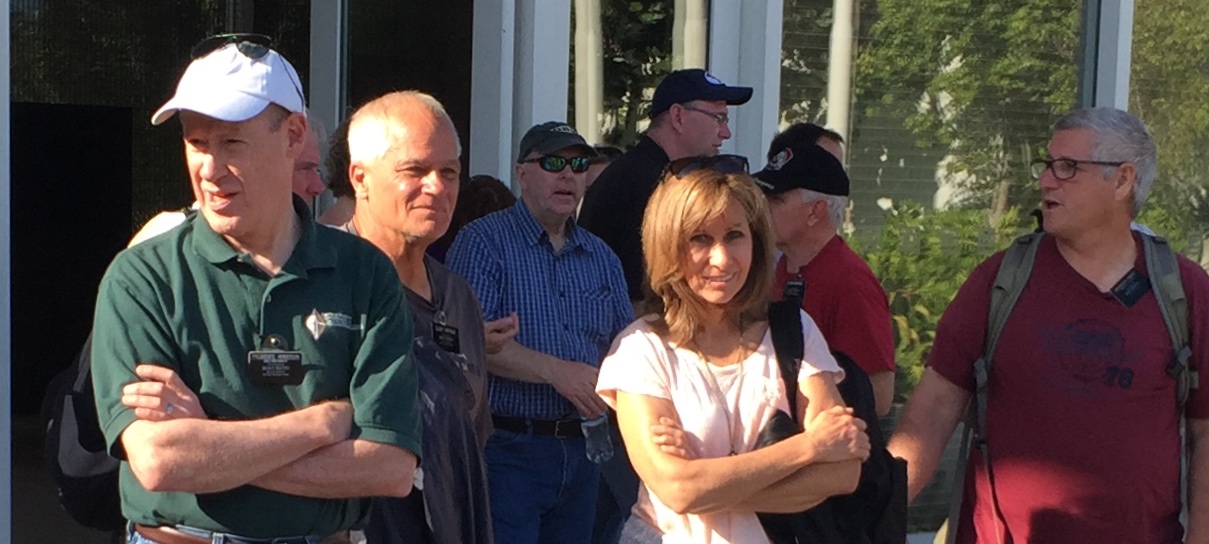
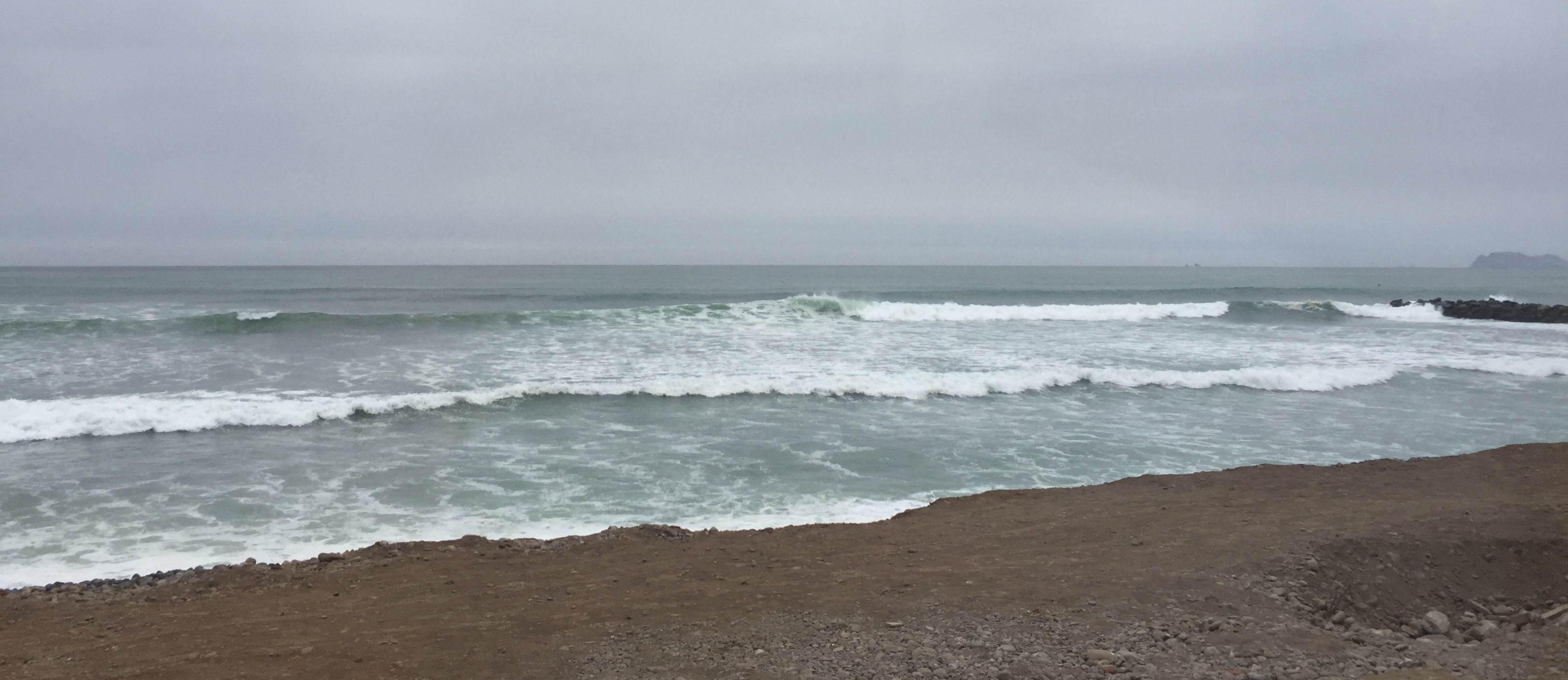
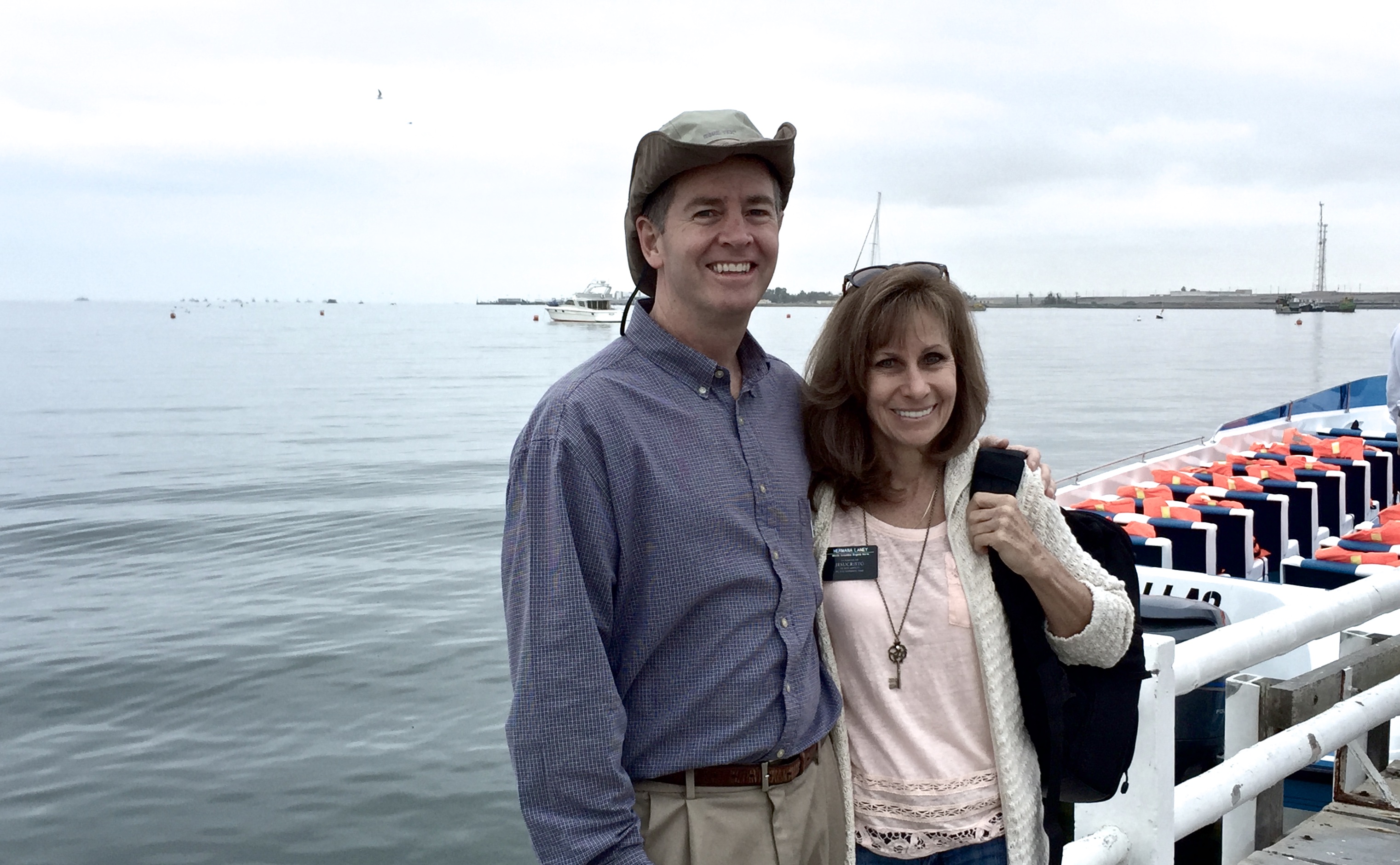
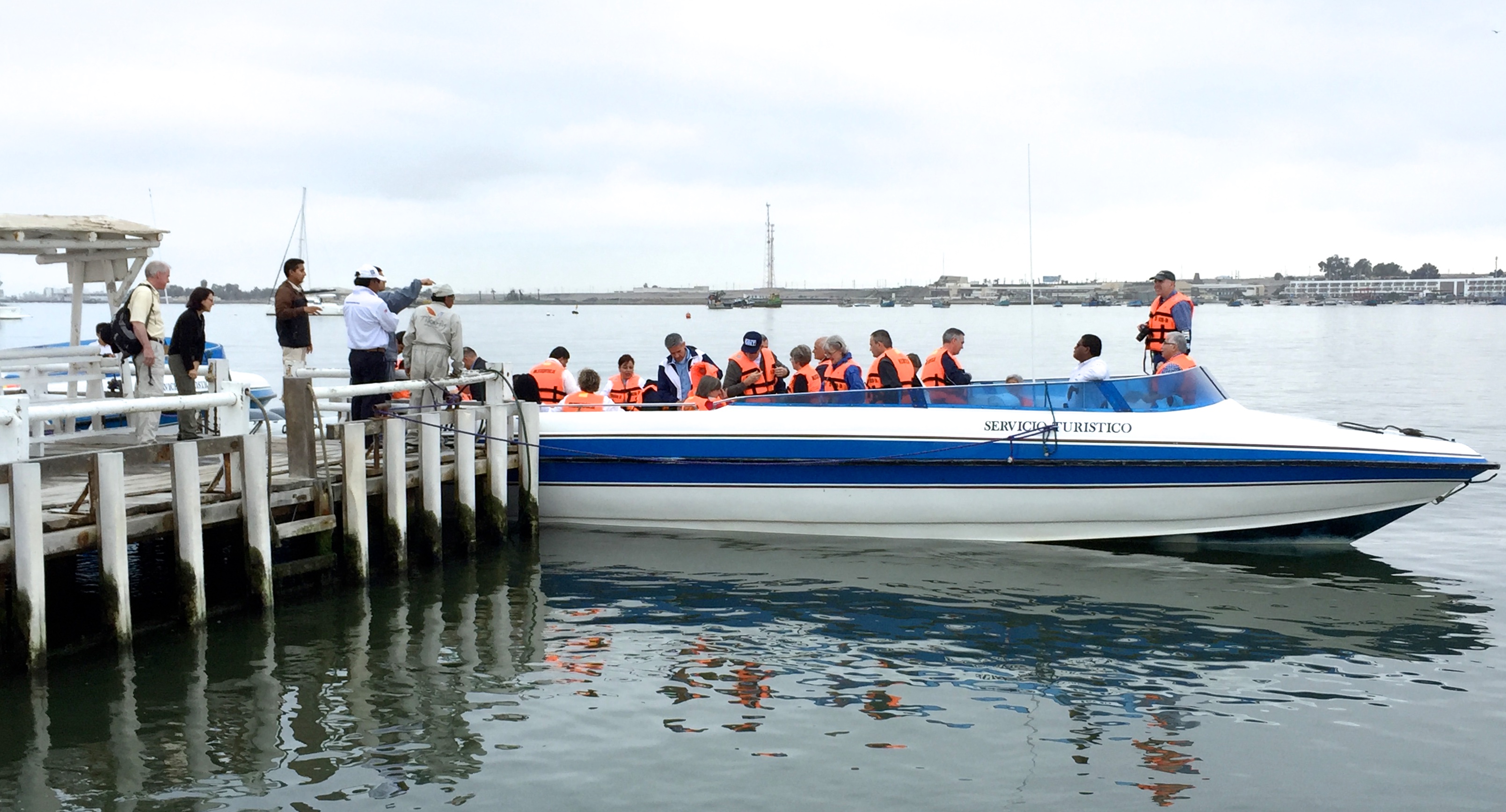
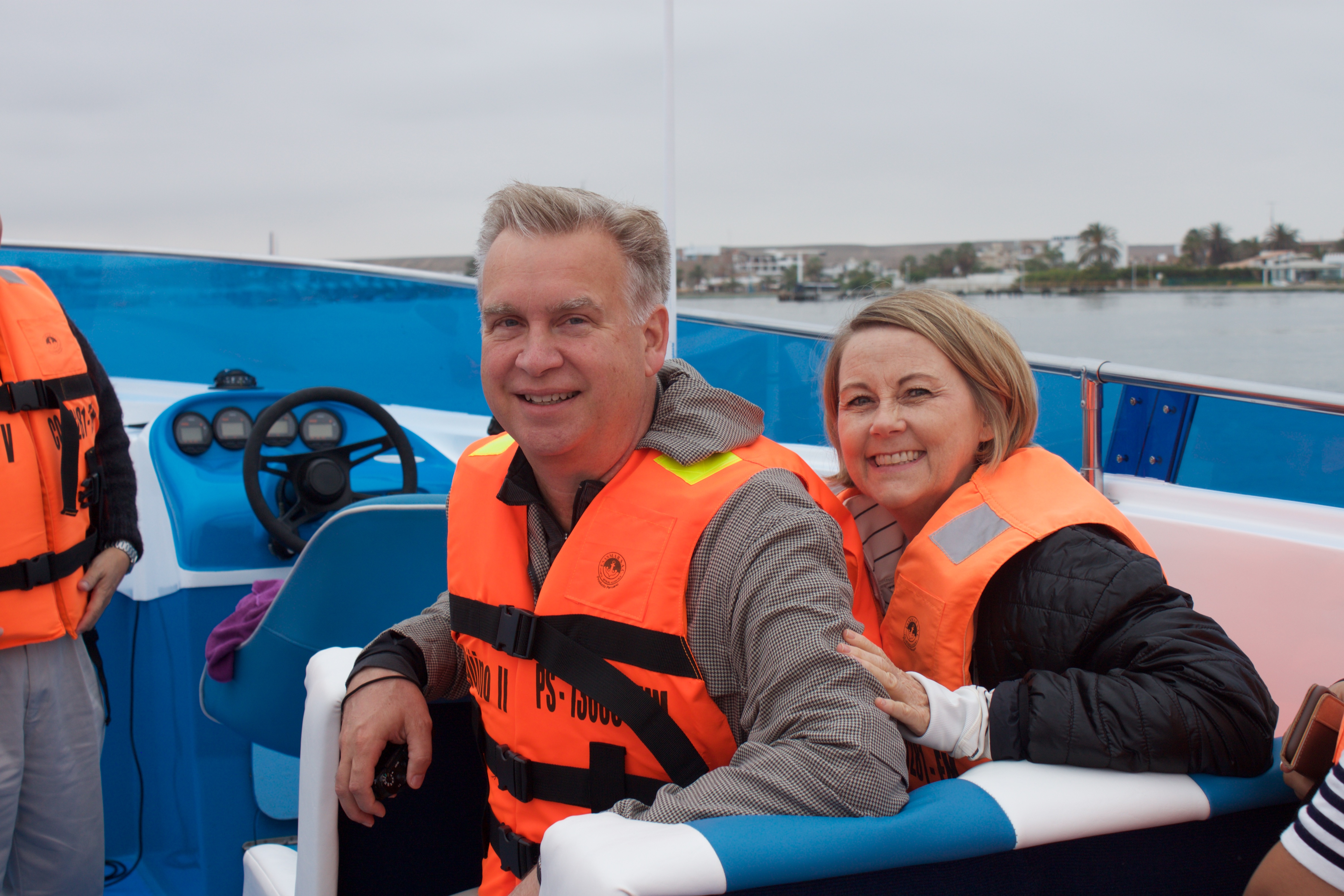 President Dan & Shauna Rasmussen ~ Our awesome friends serving in Piura!
President Dan & Shauna Rasmussen ~ Our awesome friends serving in Piura!
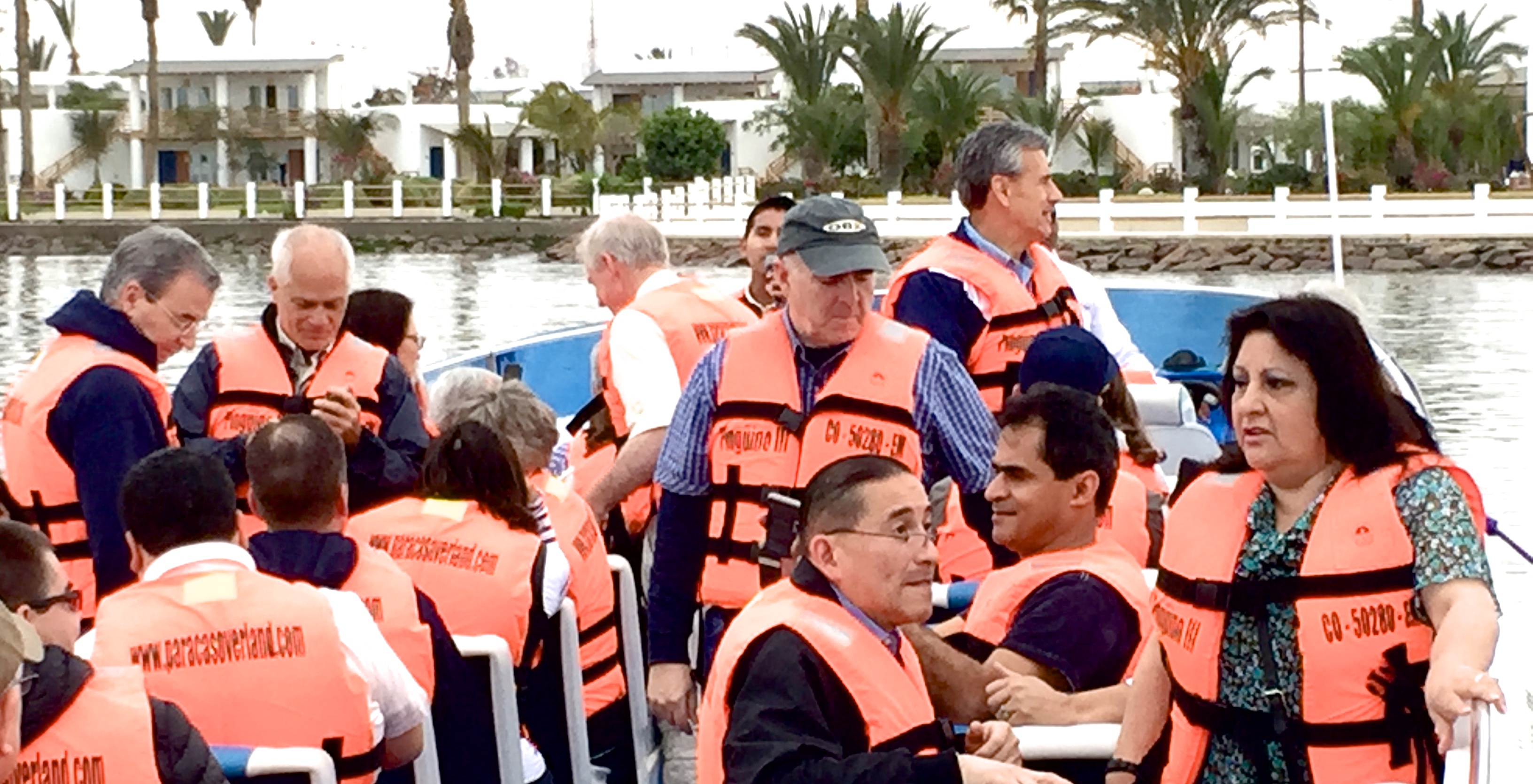




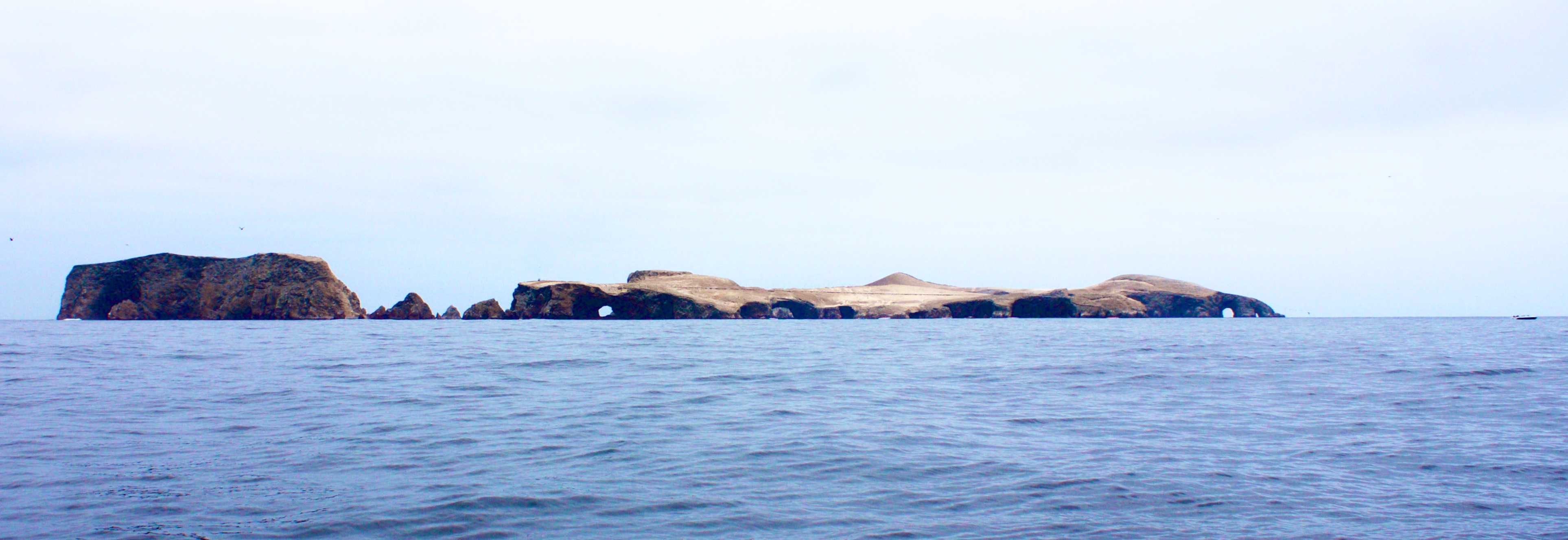 “Las Islas Ballestas” are islands located in the South Pacific Ocean off the coast of Peru near the town of Paracas which is a 3 hour drive south of Lima.
“Las Islas Ballestas” are islands located in the South Pacific Ocean off the coast of Peru near the town of Paracas which is a 3 hour drive south of Lima.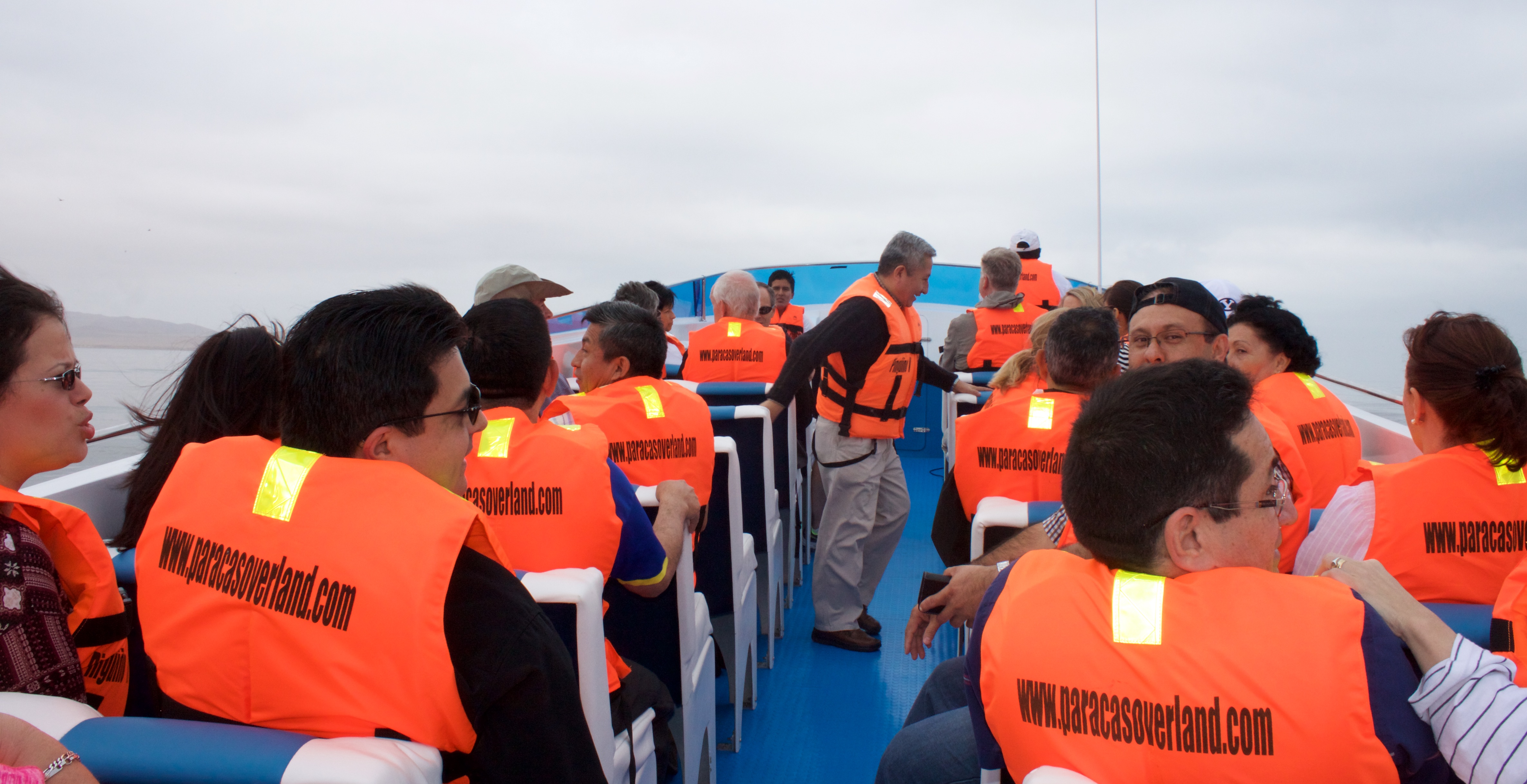



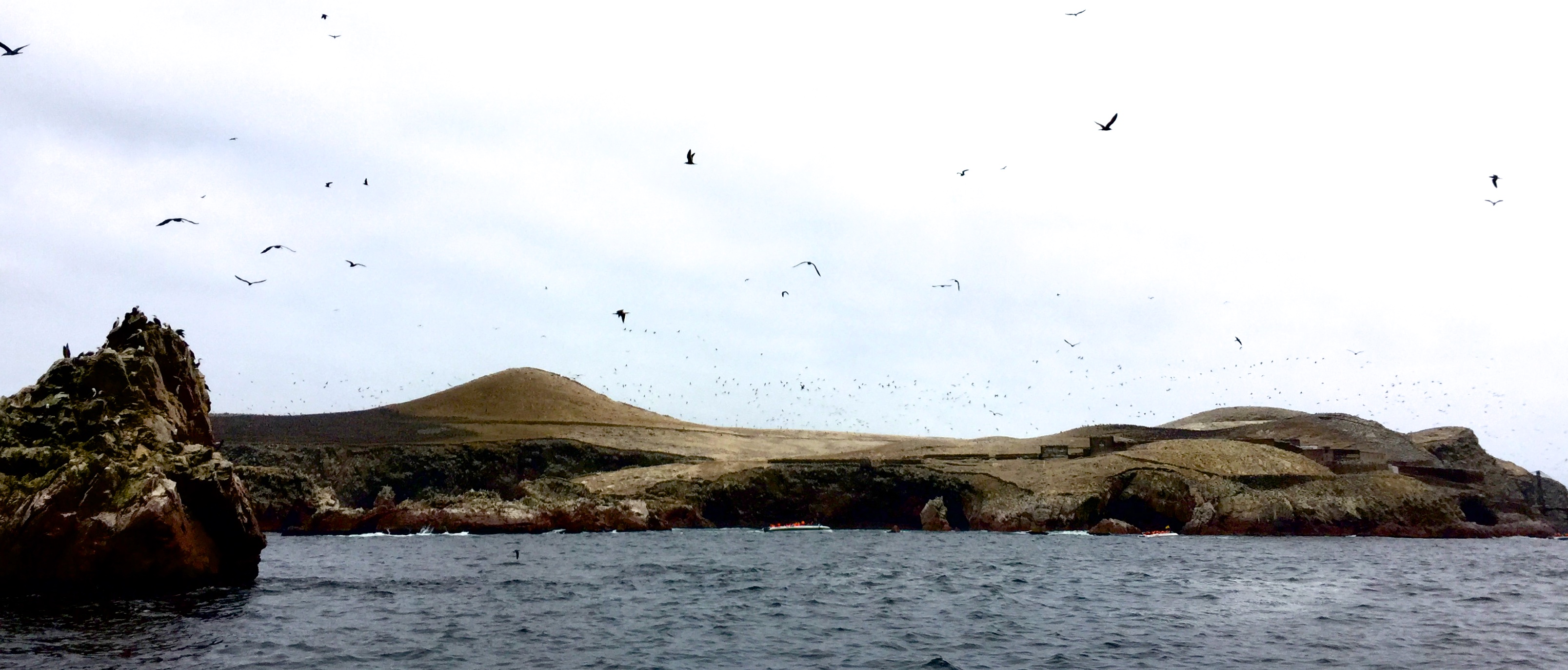


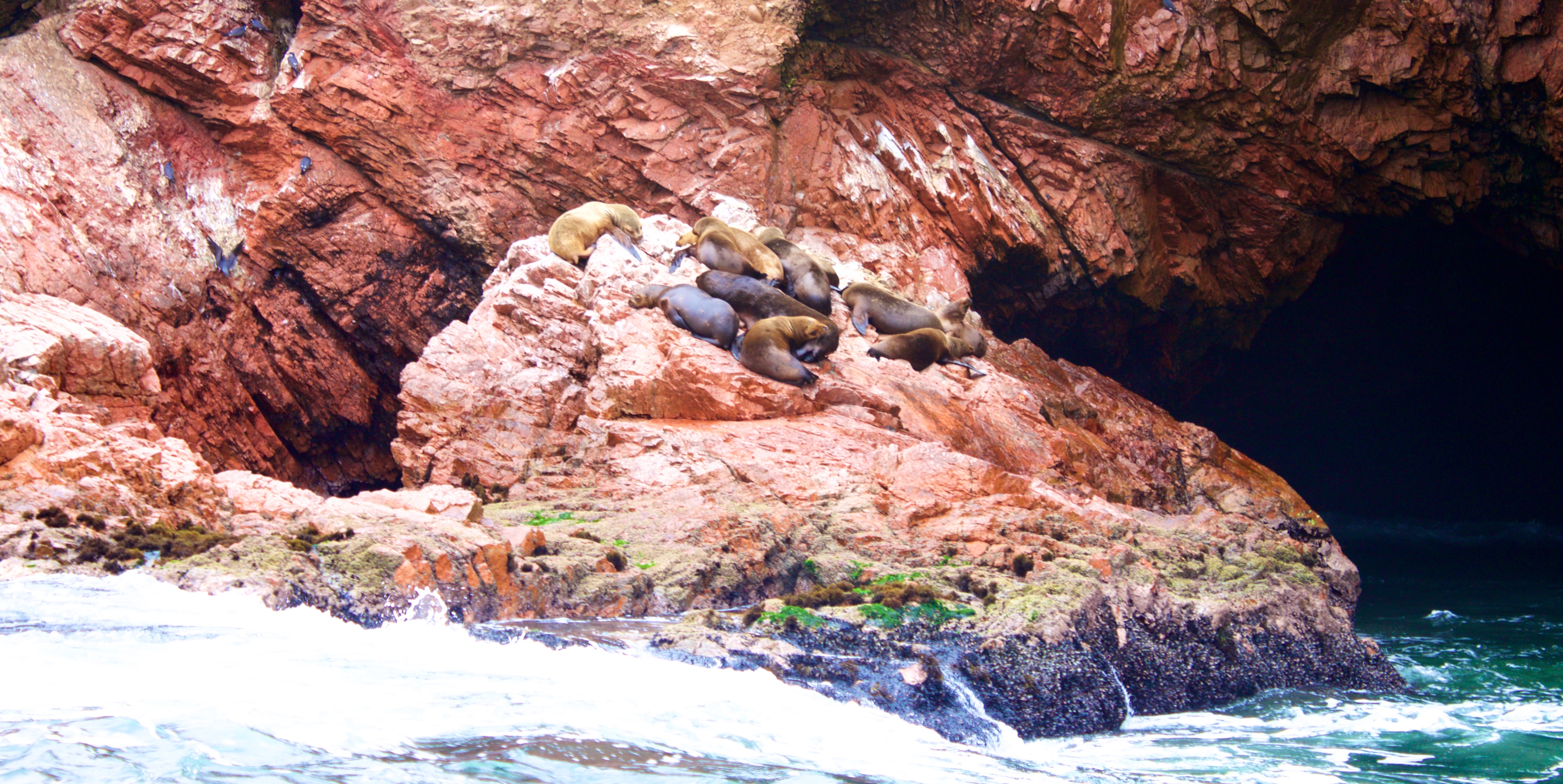
 On the Islands, are large colonies of seals and Humboldt penguins playing on the beaches and rocks.
On the Islands, are large colonies of seals and Humboldt penguins playing on the beaches and rocks.
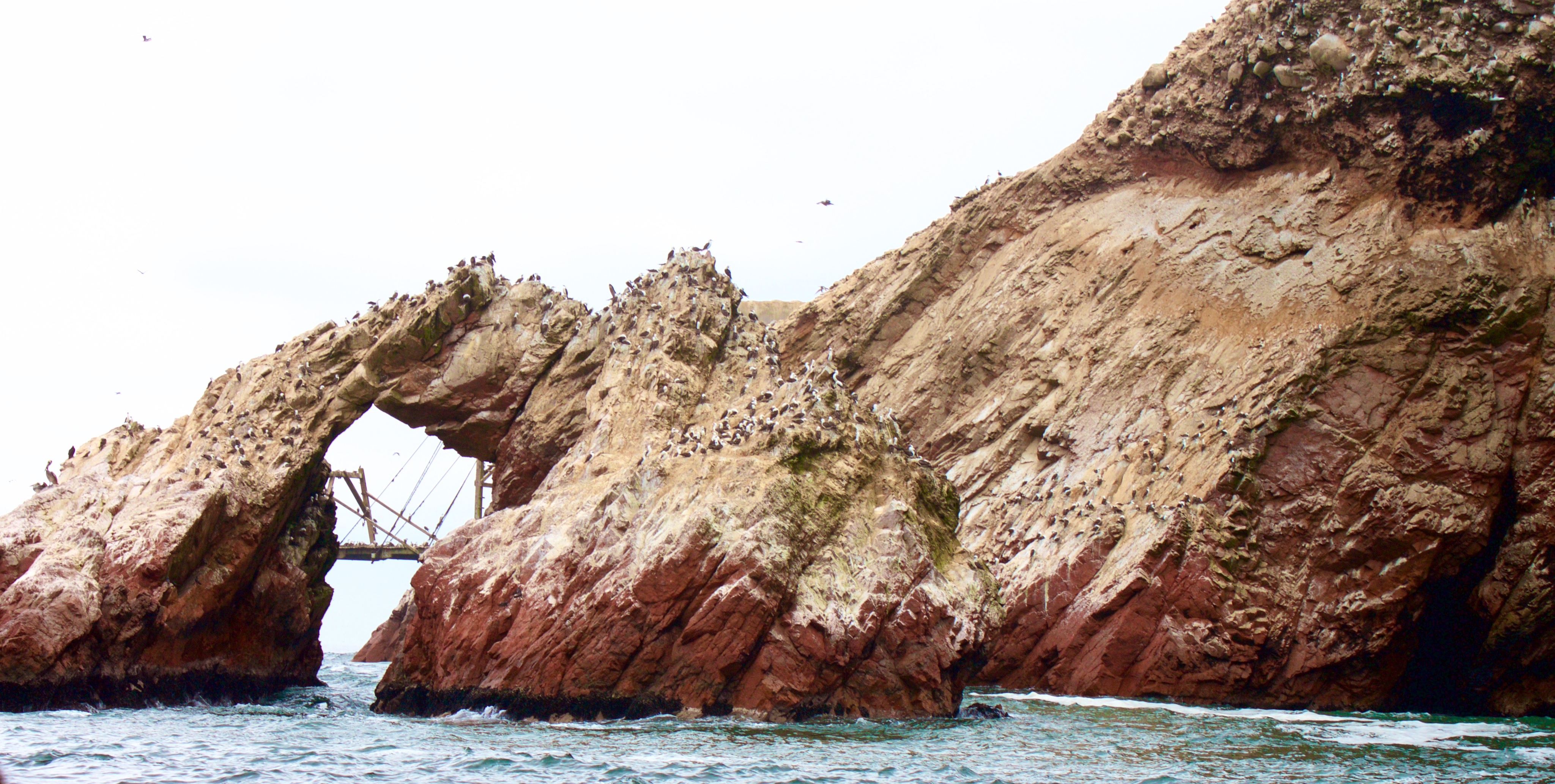 The white color of the island is guano. (coveted bird poop). The birds that produce this white gold here on these islands are predominantly Cormorants, Tendrils, Peruvian Pelicans, Peruvian Booby birds and Inca Terns.
The white color of the island is guano. (coveted bird poop). The birds that produce this white gold here on these islands are predominantly Cormorants, Tendrils, Peruvian Pelicans, Peruvian Booby birds and Inca Terns.
 And nothing grew on the islands; the only living things were “bats, scorpions, spiders, ticks, and biting flies.” There was no drinkable water and not a single plant on the barren, smelly, dry landscape.
And nothing grew on the islands; the only living things were “bats, scorpions, spiders, ticks, and biting flies.” There was no drinkable water and not a single plant on the barren, smelly, dry landscape. Guano, the bird poop that covers these ocean islands, is high in nitrogen, phosphate, and potassium.
Guano, the bird poop that covers these ocean islands, is high in nitrogen, phosphate, and potassium.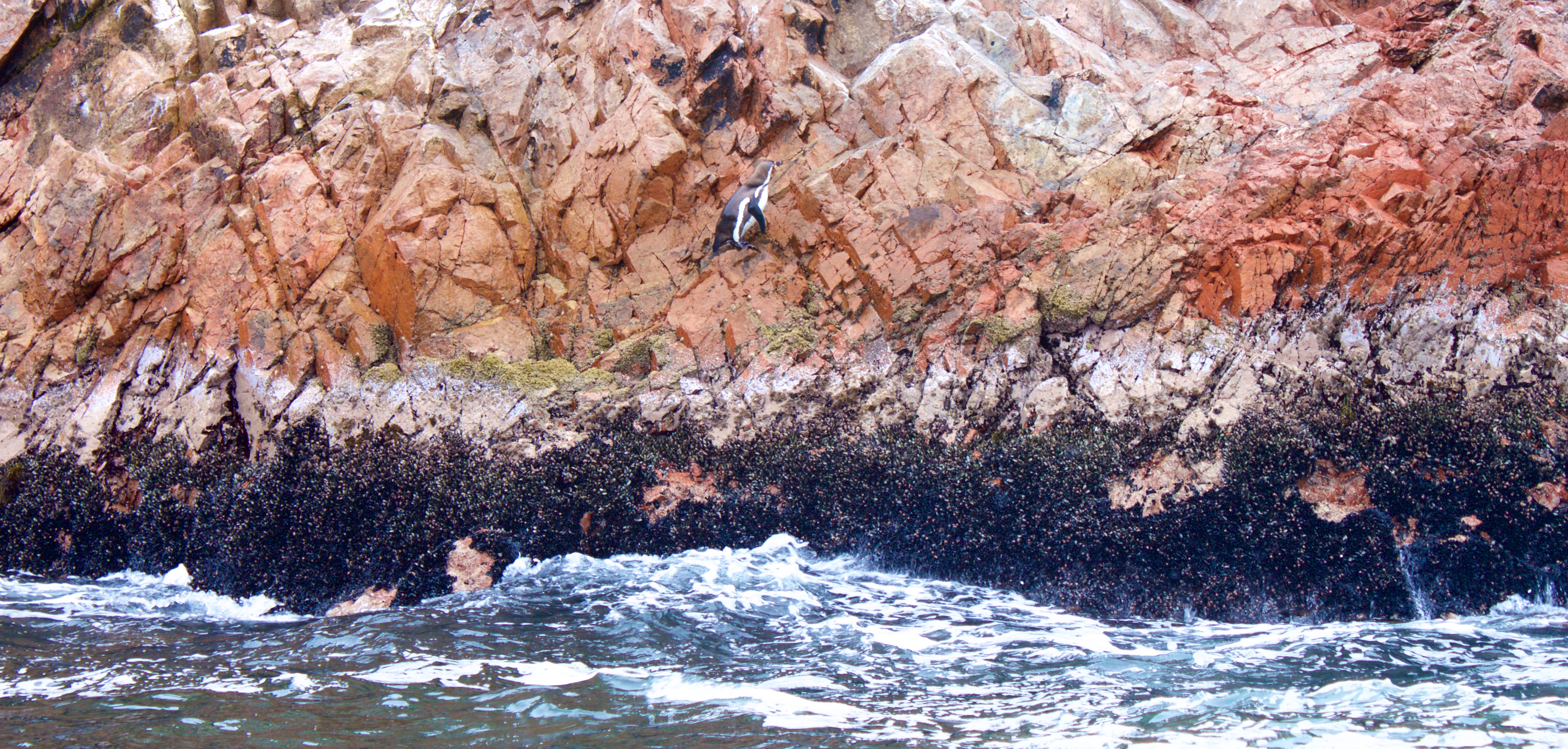
 During the 19th century, the harvest and sale of guano became a booming industry.
During the 19th century, the harvest and sale of guano became a booming industry.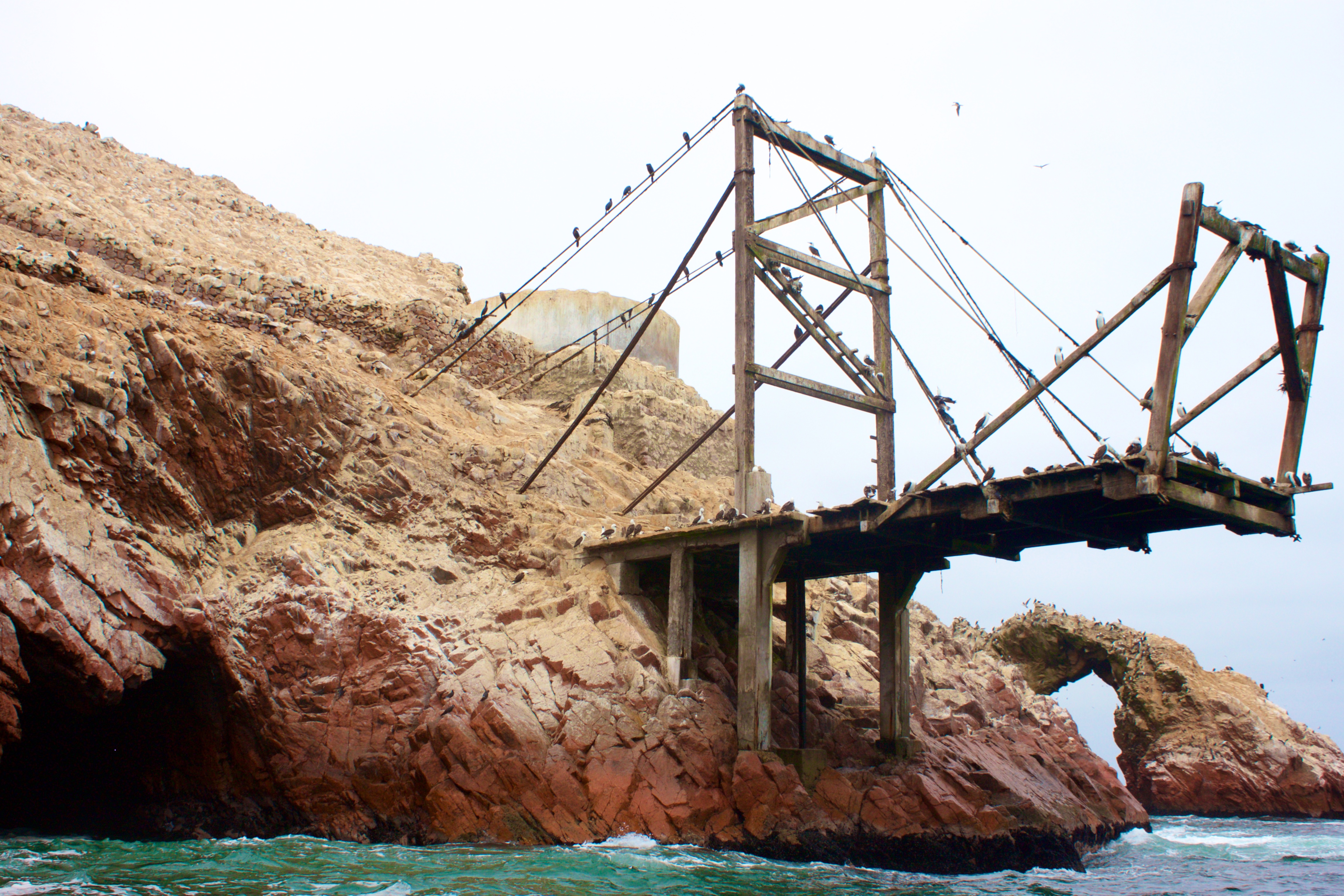 In the pre-chemical fertilizer age, a lot of money was made by harvesting the nesting areas off the Peruvian coasts for guano.
In the pre-chemical fertilizer age, a lot of money was made by harvesting the nesting areas off the Peruvian coasts for guano.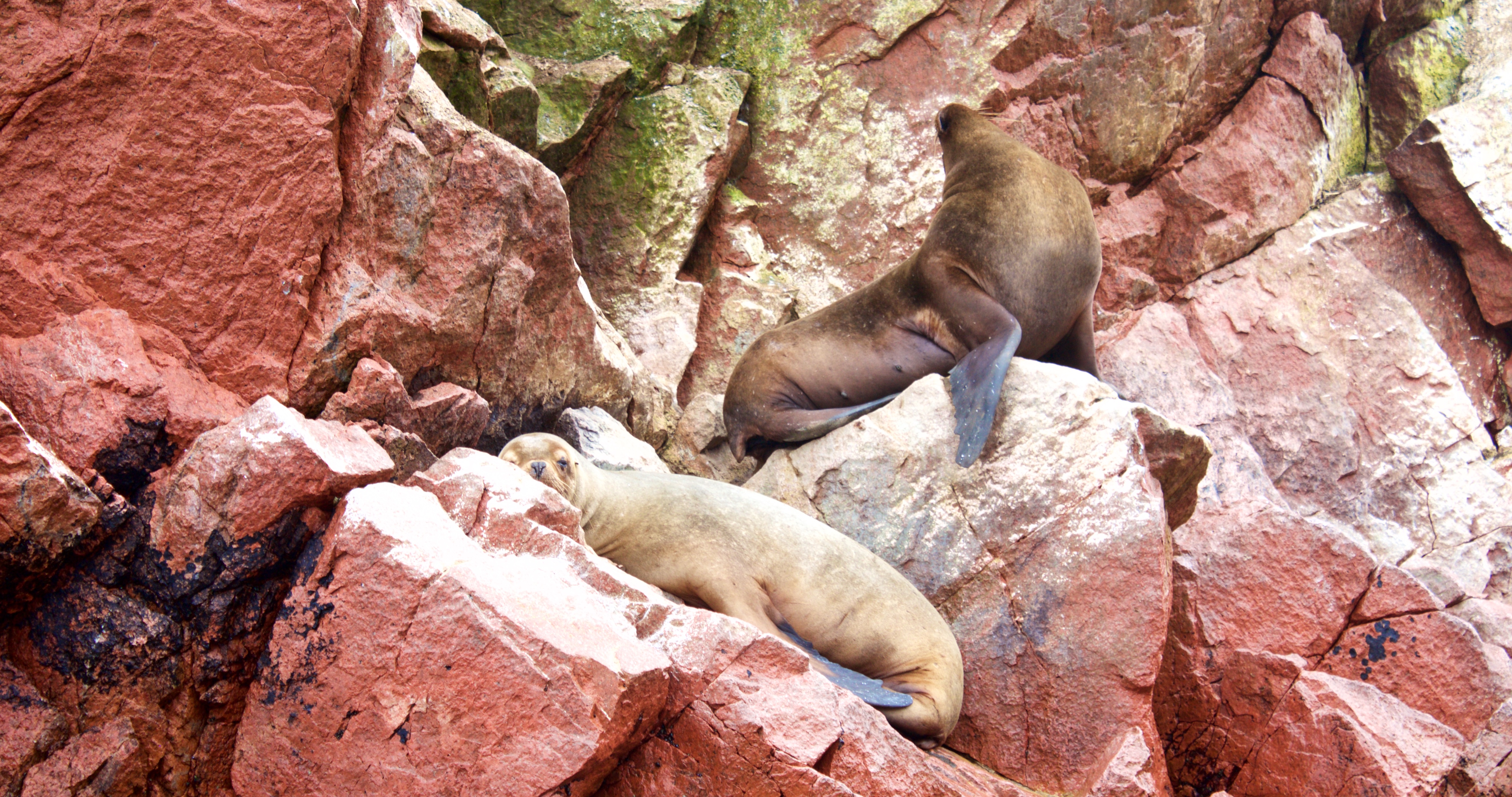
 Paracas is the birthplace of this huge international industry, with guano being shipped all over the world.
Paracas is the birthplace of this huge international industry, with guano being shipped all over the world.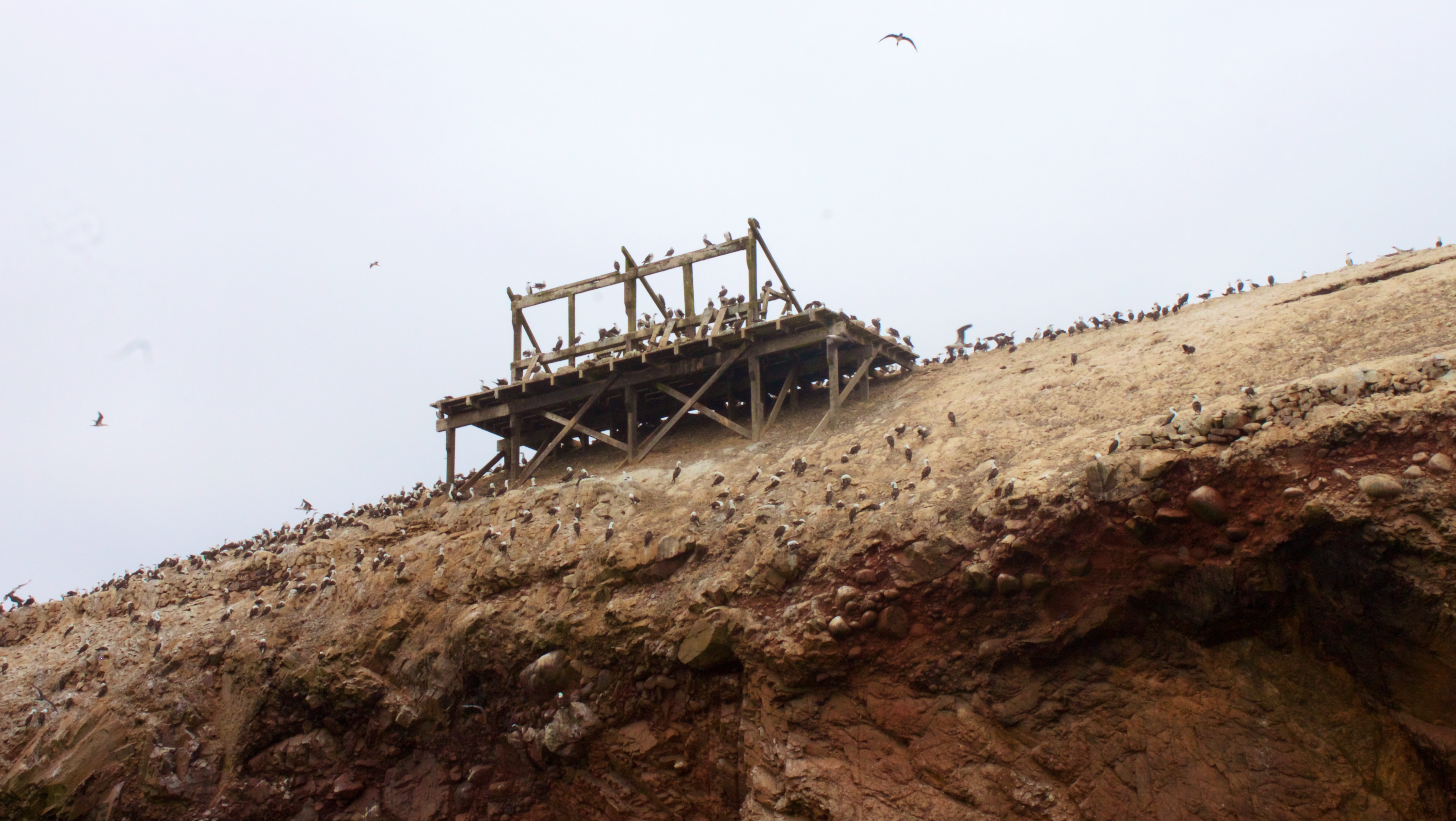 Fertilizer ships from Europe sailed to the Chincha islands, 13 miles off the coast of Paracas, Peru, where huge piles of sea bird poop were stacked as high as a twelve story building. It is such a good fertilizer that it was exported to Europe in an era of Peruvian history from the 1840’s to the 1870’s, called The Guano Age.
Fertilizer ships from Europe sailed to the Chincha islands, 13 miles off the coast of Paracas, Peru, where huge piles of sea bird poop were stacked as high as a twelve story building. It is such a good fertilizer that it was exported to Europe in an era of Peruvian history from the 1840’s to the 1870’s, called The Guano Age.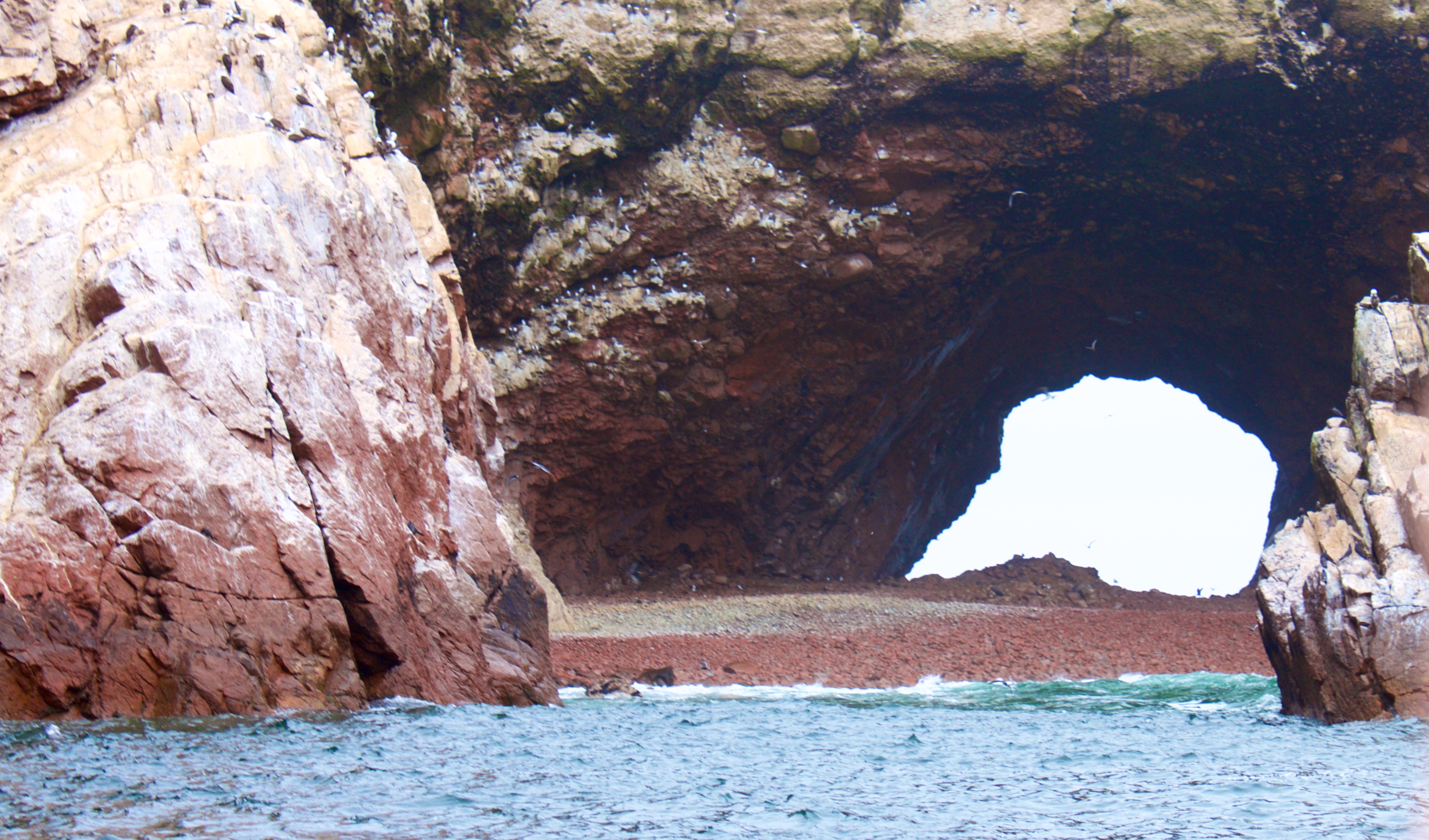 The Island gave off such a stench that it could be smelled long before a ship reached them.
The Island gave off such a stench that it could be smelled long before a ship reached them.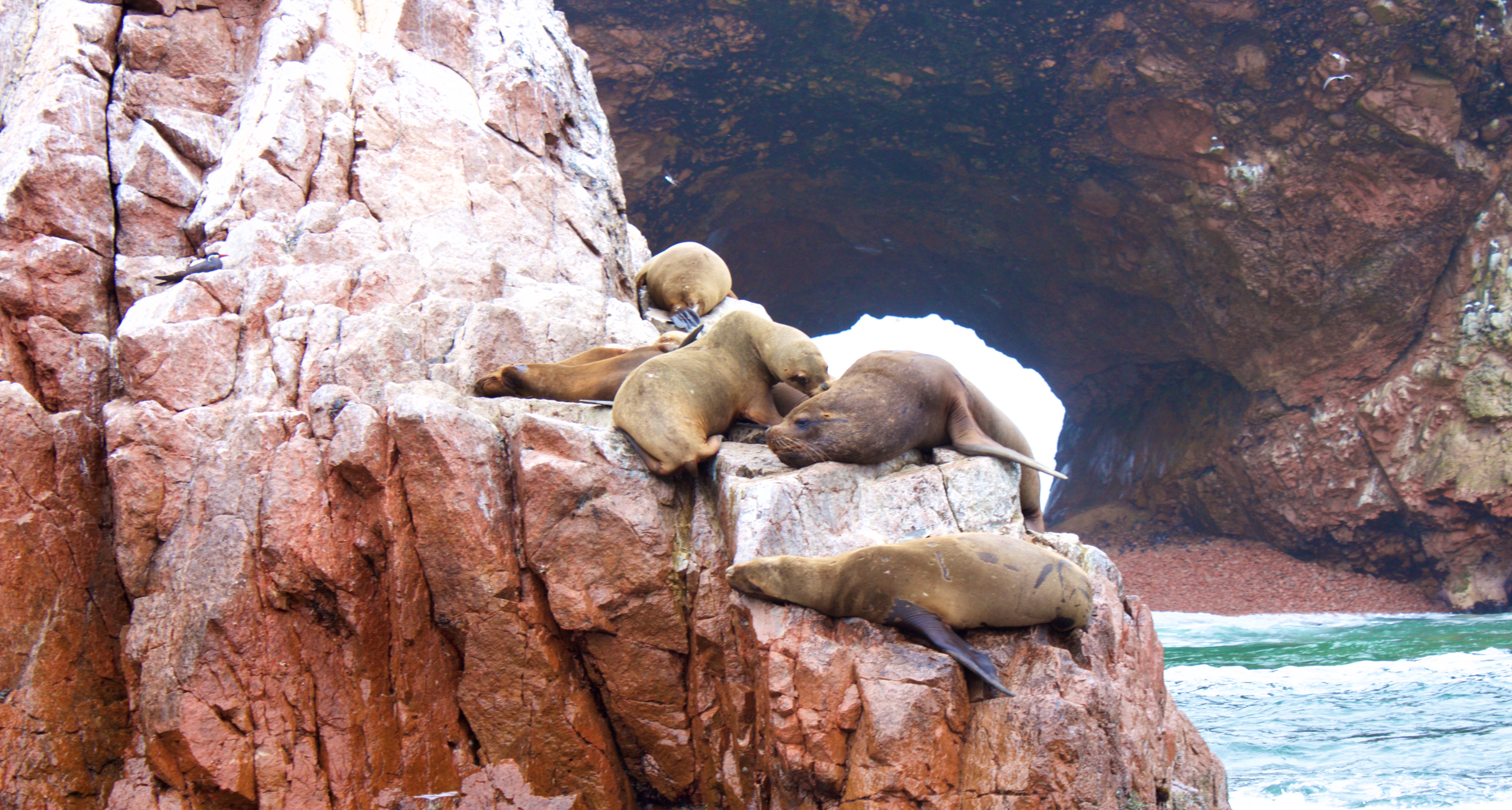
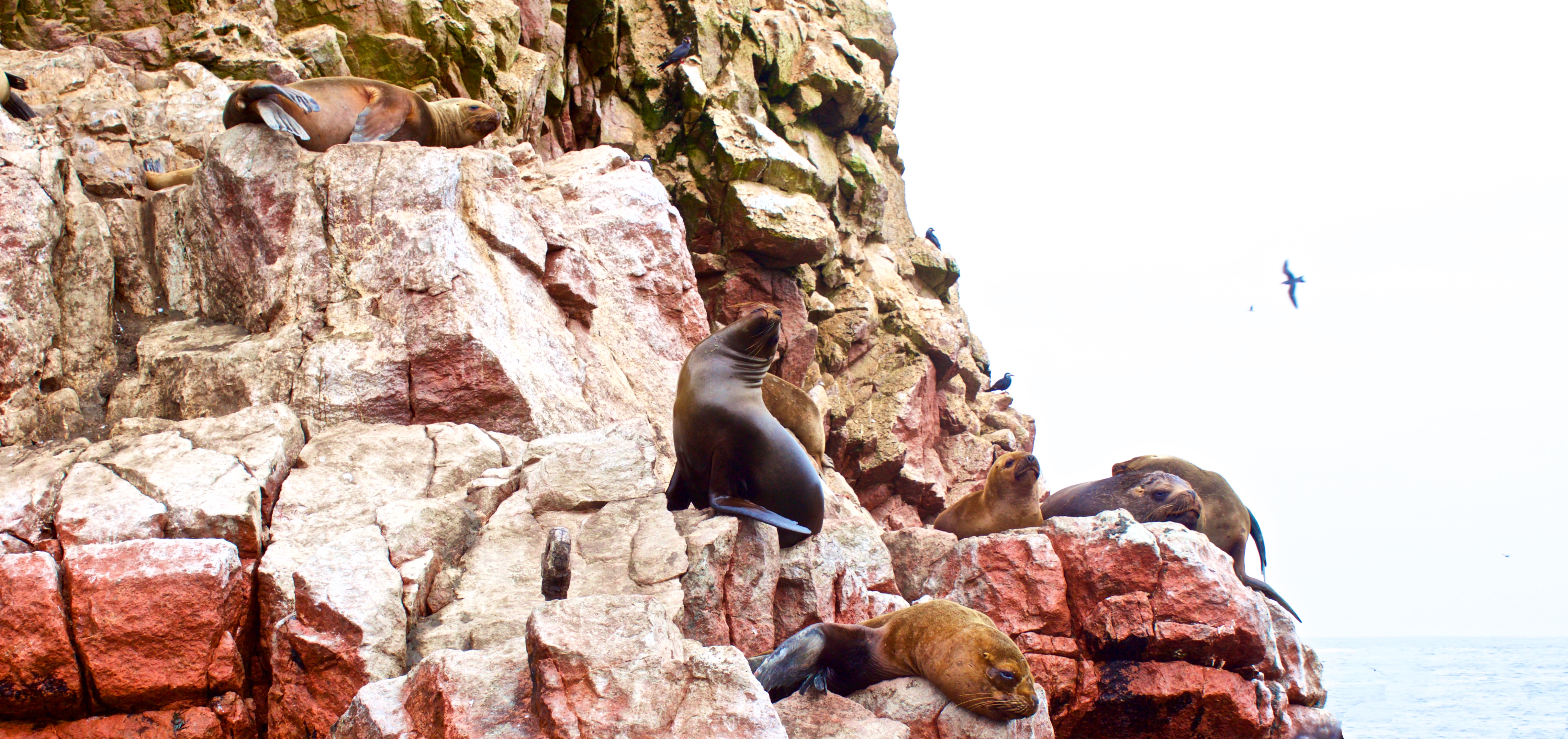
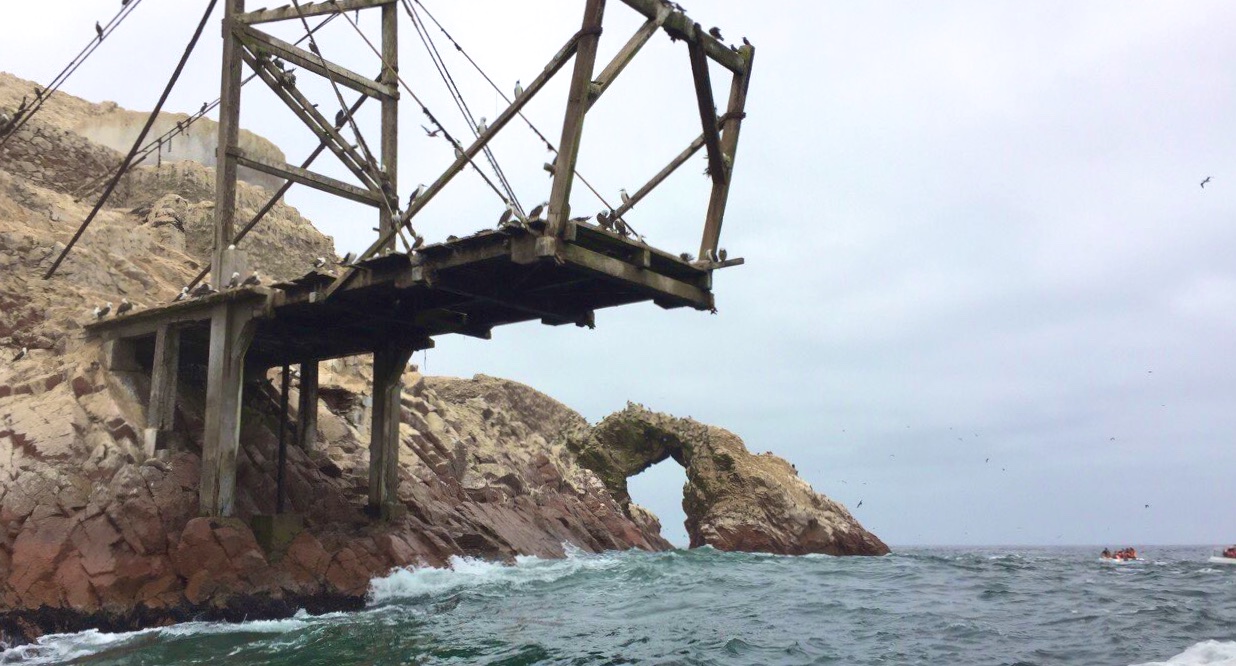 Mining the guano was wretched work. Miners had to hack away at meters of guano, enveloping themselves in corrosive dust clouds. The poop was then dumped into the ship’s holds below, exploding into toxic dust that enveloped the ship.
Mining the guano was wretched work. Miners had to hack away at meters of guano, enveloping themselves in corrosive dust clouds. The poop was then dumped into the ship’s holds below, exploding into toxic dust that enveloped the ship.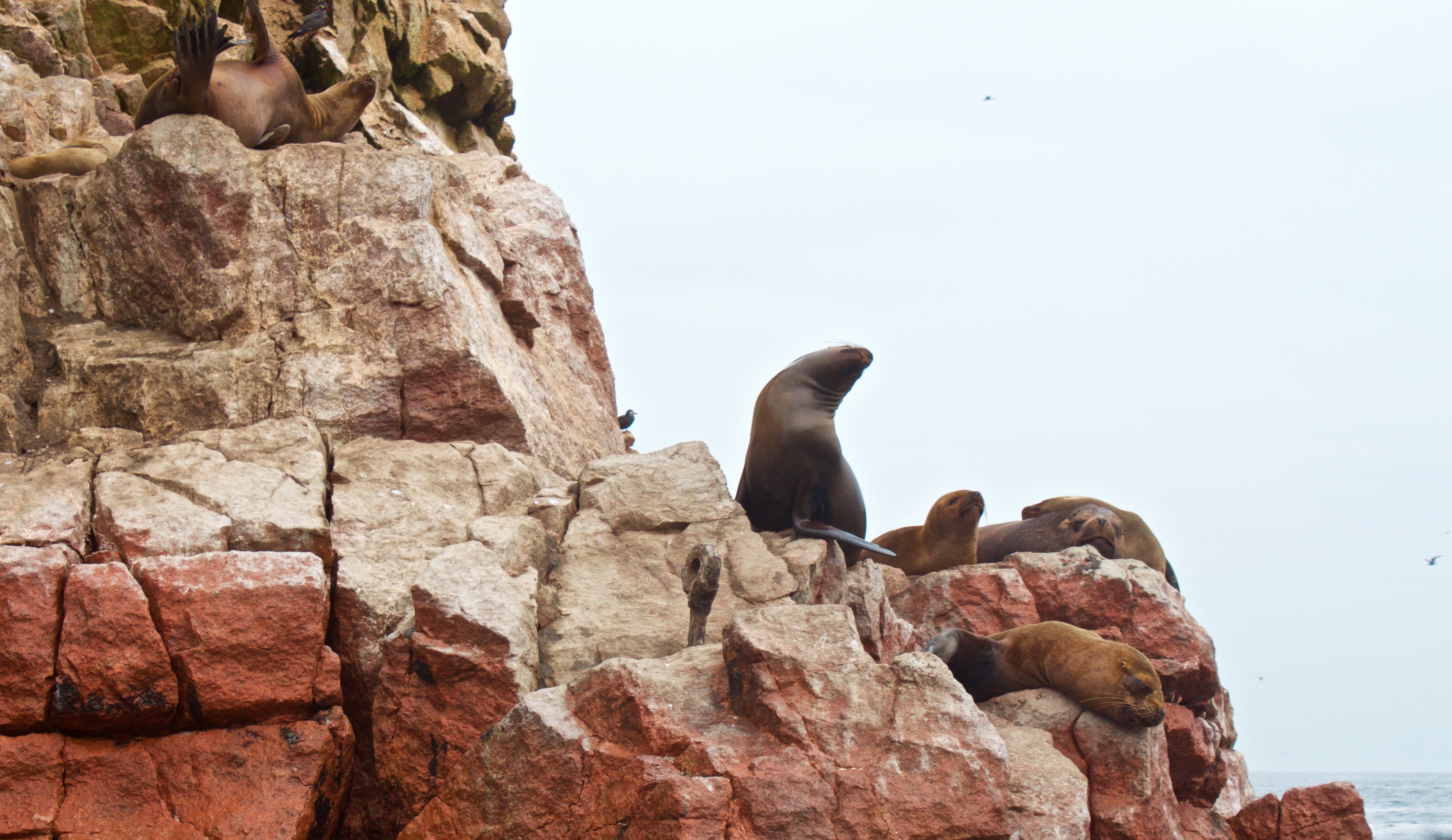
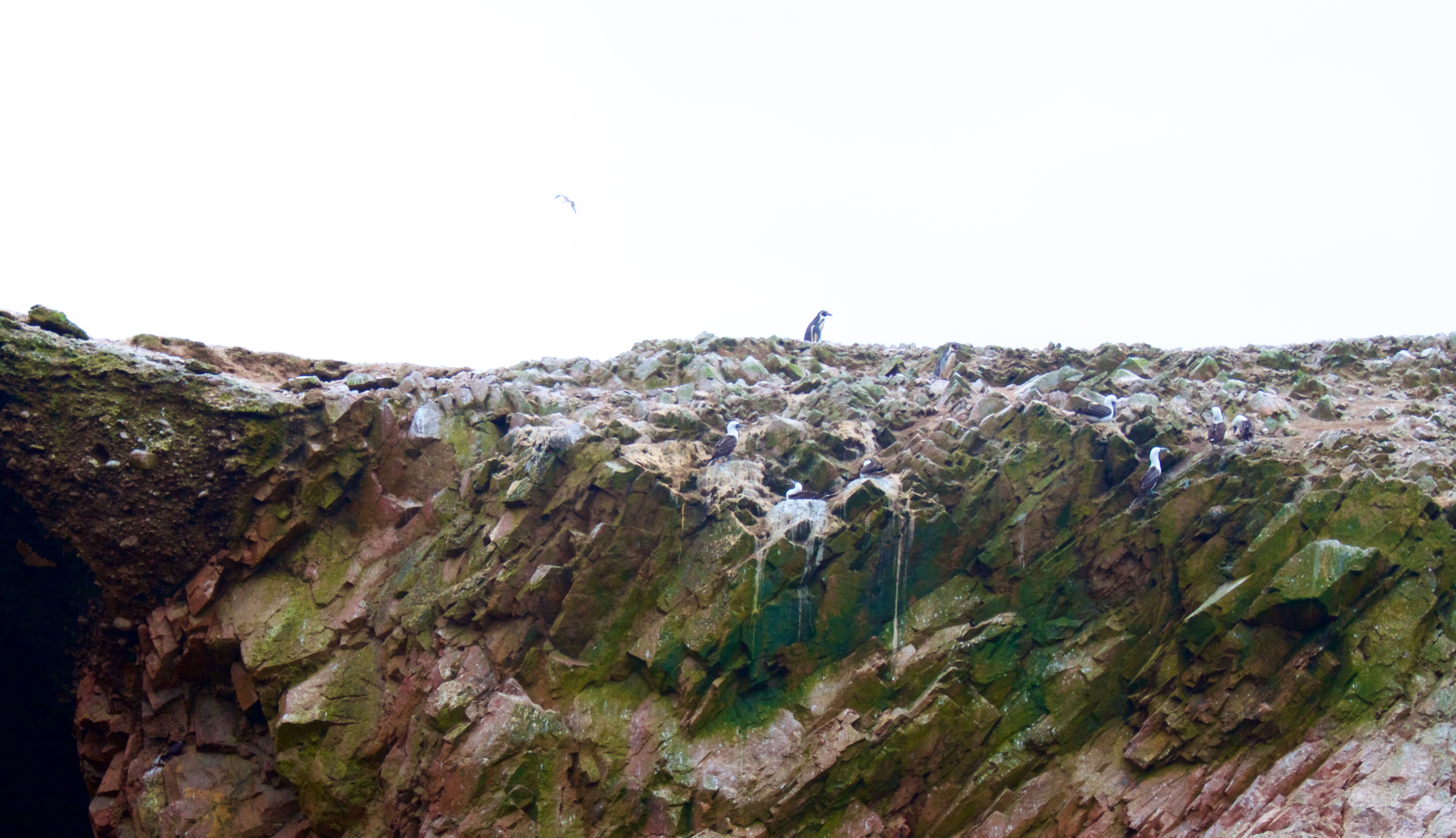 No one wanted to work in those miserable conditions. They tried convicts and African slaves, but the convicts killed themselves. More than a quarter million Chinese indentured workers were shipped there to live in virtual slavery.
No one wanted to work in those miserable conditions. They tried convicts and African slaves, but the convicts killed themselves. More than a quarter million Chinese indentured workers were shipped there to live in virtual slavery.
One of Paracas’s mysteries is the Paracas Candelabra. This is a 595 feet tall geoglyph etched into the desert hillside thousands of years ago. There is no one answer to who put it there or even of what it is. To the average person it does look like a candlestick but other suggestions consist of a trident, the hallucinogenic plant Jimson Weed, or even simply a sign to sailors, it can be seen up to 12 miles out to sea.
Now to the DUNES!

